The now very popular Chief Arino. His first challenge, and the starting point of the series, is “Takeshi’s Letter of Challenge”. Will he be able to clear it? I beg to differ!
point worthy of note
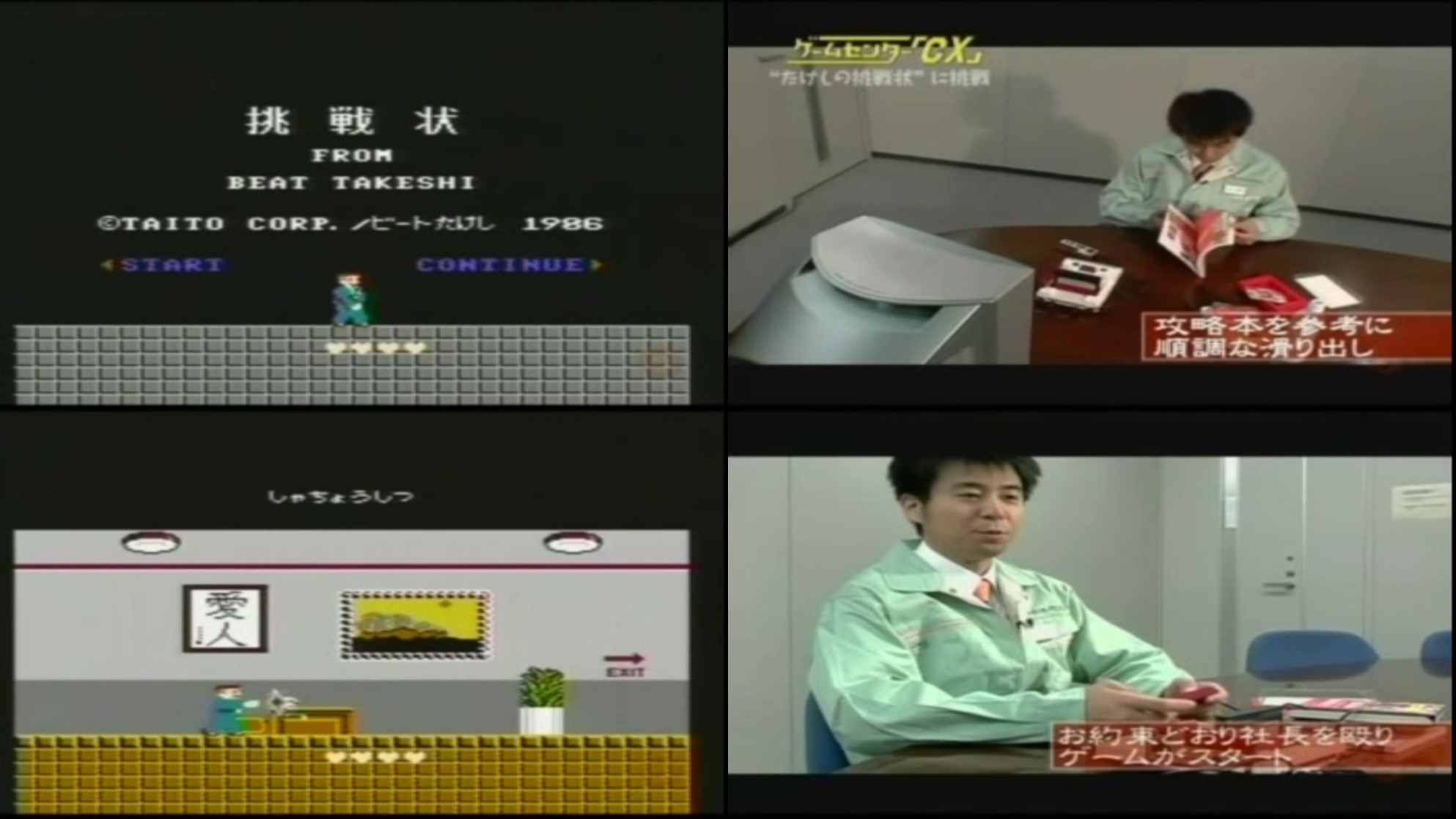
The highlight of this episode is still the part where Arino challenges Takeshi’s challenge.
Will Arino be able to clear the legendary game that no one could clear at the time?
One of the highlights of the show is the opportunity to learn about the mindset of the creators who gave us blockbuster hits.
Synopsis.
Creator’s Interview
西角友宏(Tomohiro Nishikado)
The creator of Space Invaders.
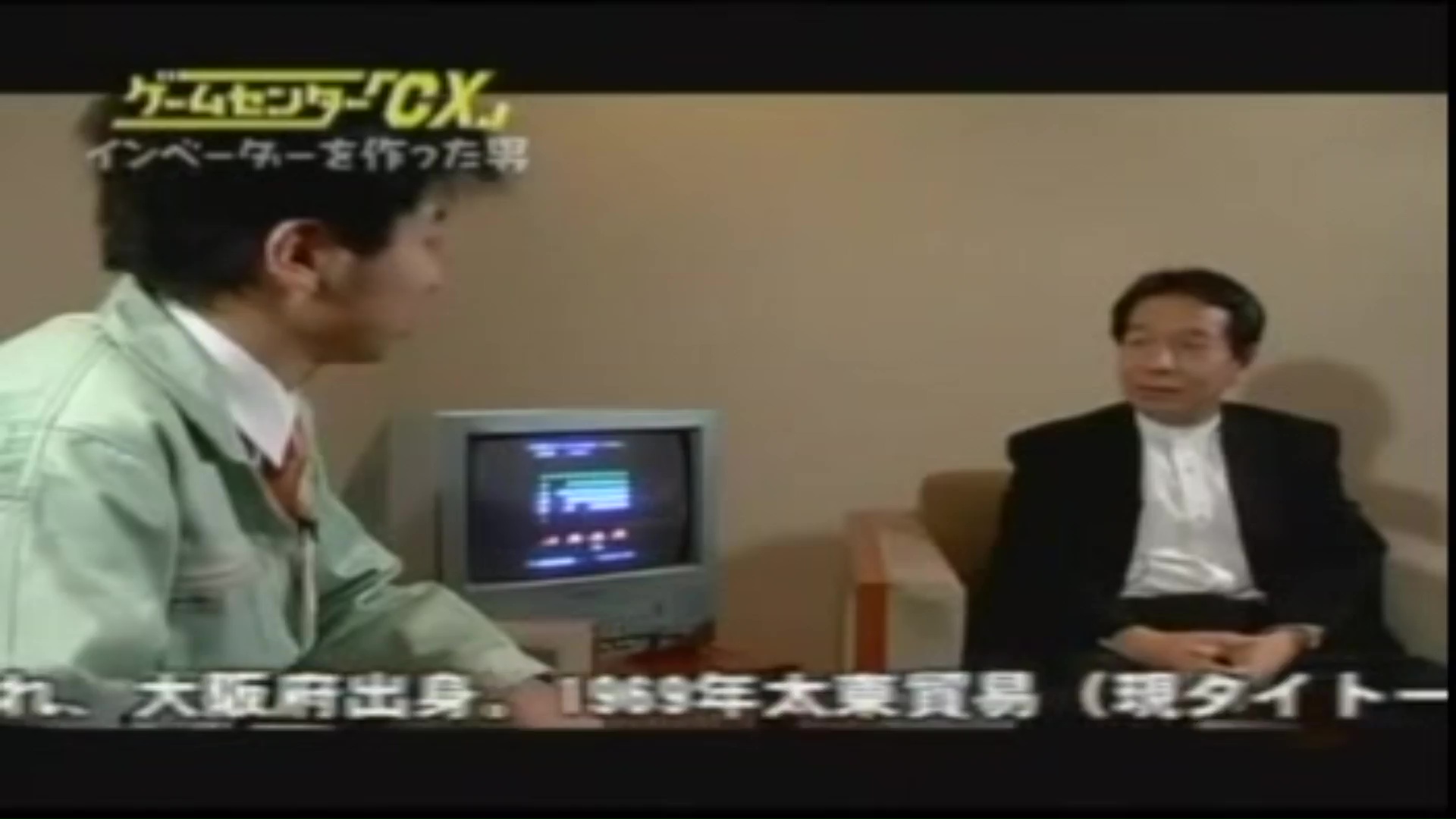
Space Invaders was announced in 1978 and became a very popular game.
The game became a social phenomenon with many people getting hooked on the game, and was placed in game centers and coffee shops.
It is also famous for the “Nagoya Shooting” technique used by expert gamers.
It can be said that this game is the starting point of today’s game creators.
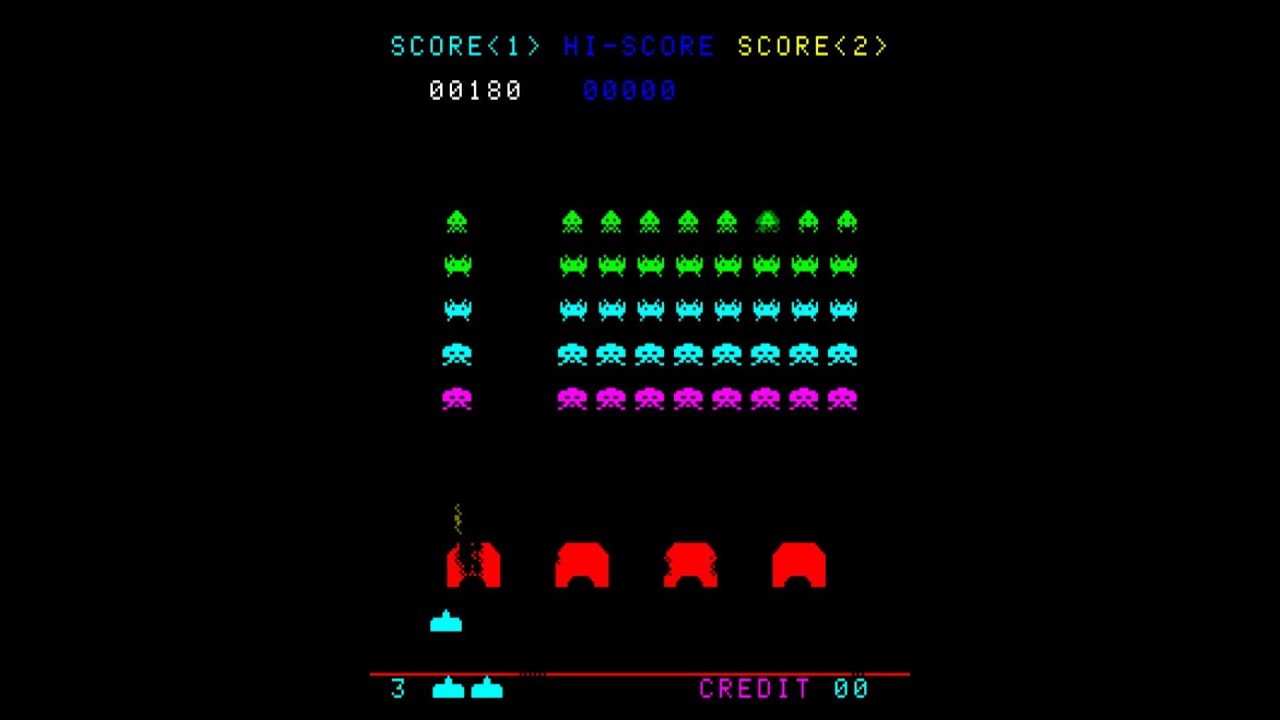
Nishikado joined Taito and worked on software at Space Invaders.
At Taito, he worked as the head of development for both the arcade and consumer divisions before leaving the company.
Later, he became the president of Dreams, Inc.
He is currently working as an advisor to Taito Corporation’s Amusement Development Department.
Why are you in the game?
Originally, he worked for an audio-related company, but joined Taito after changing jobs with his seniors.
To begin with, he didn’t even know what Taito was doing when he joined the company.
That senior colleague soon quit Taito and his current activities are unknown.
The game was initially born in a foreign country and was unknown to anyone in Japan.
It was a simple game in which players played a tennis-like ball against each other.
Taito’s boss at the time asked him if he could make a similar game, and he created a game called “Soccer”, which was probably the first video game to be released in Japan.
Invader Development
I was referring to the “block breaker” that was being developed in foreign countries at the time.
This is where I incorporated the element of the enemy attacking and being defended by a shield.
His name was Space Monster.
At the time of development, the game was called “Space Monster”.
However, against the wishes of Nishikado, who developed the game, it was changed to “Space Invader” by top-down order.
This caused them to lose their attachment to Invader.
The Trouble with Character Design
In the early stages of development, there were ideas for enemy characters such as “people” and “airplanes,” but they were rejected for moral reasons and discomfort.
Inspired by the movie “Star Wars,” which was popular at the time, the aliens were to be the enemy.
It was because if they were aliens, they could take them out as bad guys, and the motion of moving directly to the side was not unnatural.

Suddenly it’s a big boom.
At the new product launch, it was not well received by the various salespeople.
However, the reception was only positive at first, and just two months later, the product became a huge hit.
Invader Features
Even if you have leftover aircraft, if the enemy invades, it’s game over at once.
In the early stages of development, I wondered if the game would receive criticism from sales people because of its high difficulty. It was an element that worried me, but on the contrary, it was a thrilling and entertaining experience.
shooting at Nagoya
It was named the “Nagoya Shootout” after a player in Nagoya who devised a clever trick to annihilate enemies in one fell swoop by taking advantage of a computer bug that prevents the enemy from hitting the last rung of the rung, or the enemy’s invading position.
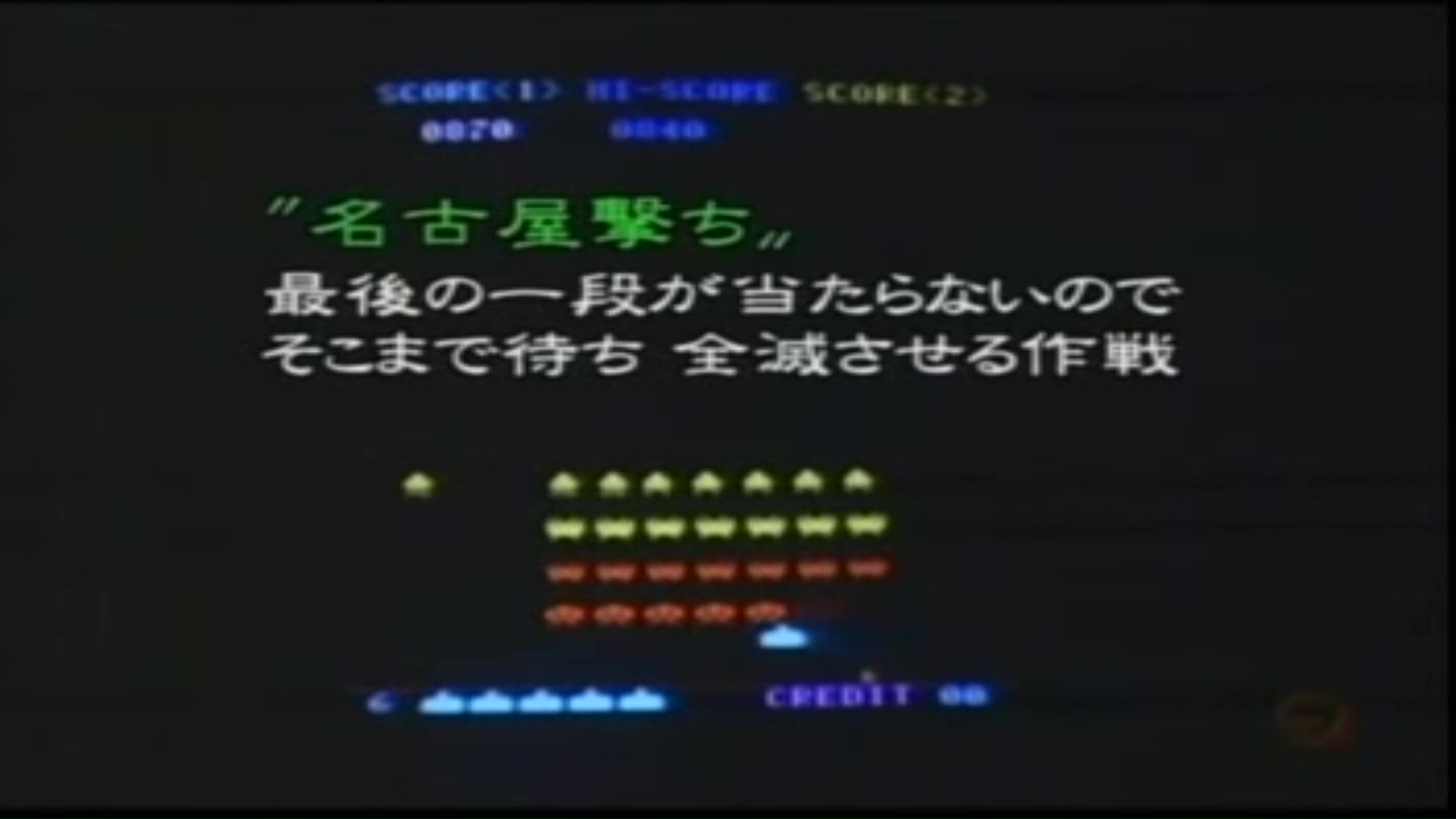
Arino and Nishikado’s Invader Play
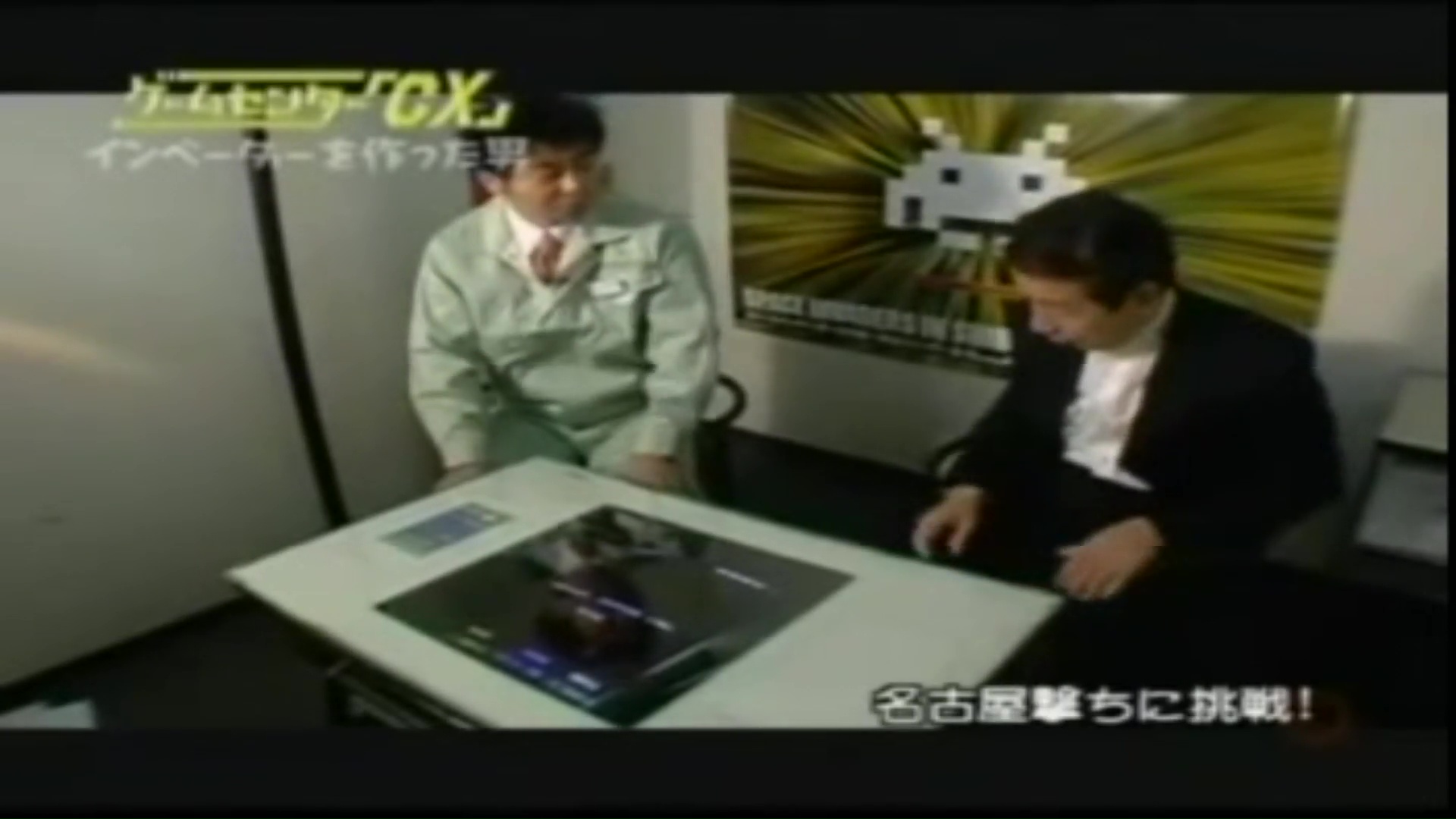
In this episode, Arino and Nishikado actually play Space Invaders.
They challenge the popular Nagoya shooting and UFO bonuses at the time.
If you shoot down a UFO that appears in the middle of play, you usually get 150 points, but as a bonus, if you shoot down a UFO on the 23rd shot after the start of play, you get a 300 point bonus.
The developer, Mr. Nishikado, got a nice UFO bonus.

What does the game mean to Tomohiro Nishikado?
A game is fun to make.
This is a quote from Nishikado, who believes in entertaining as many people as possible with the games he creates, rather than enjoying playing them himself.
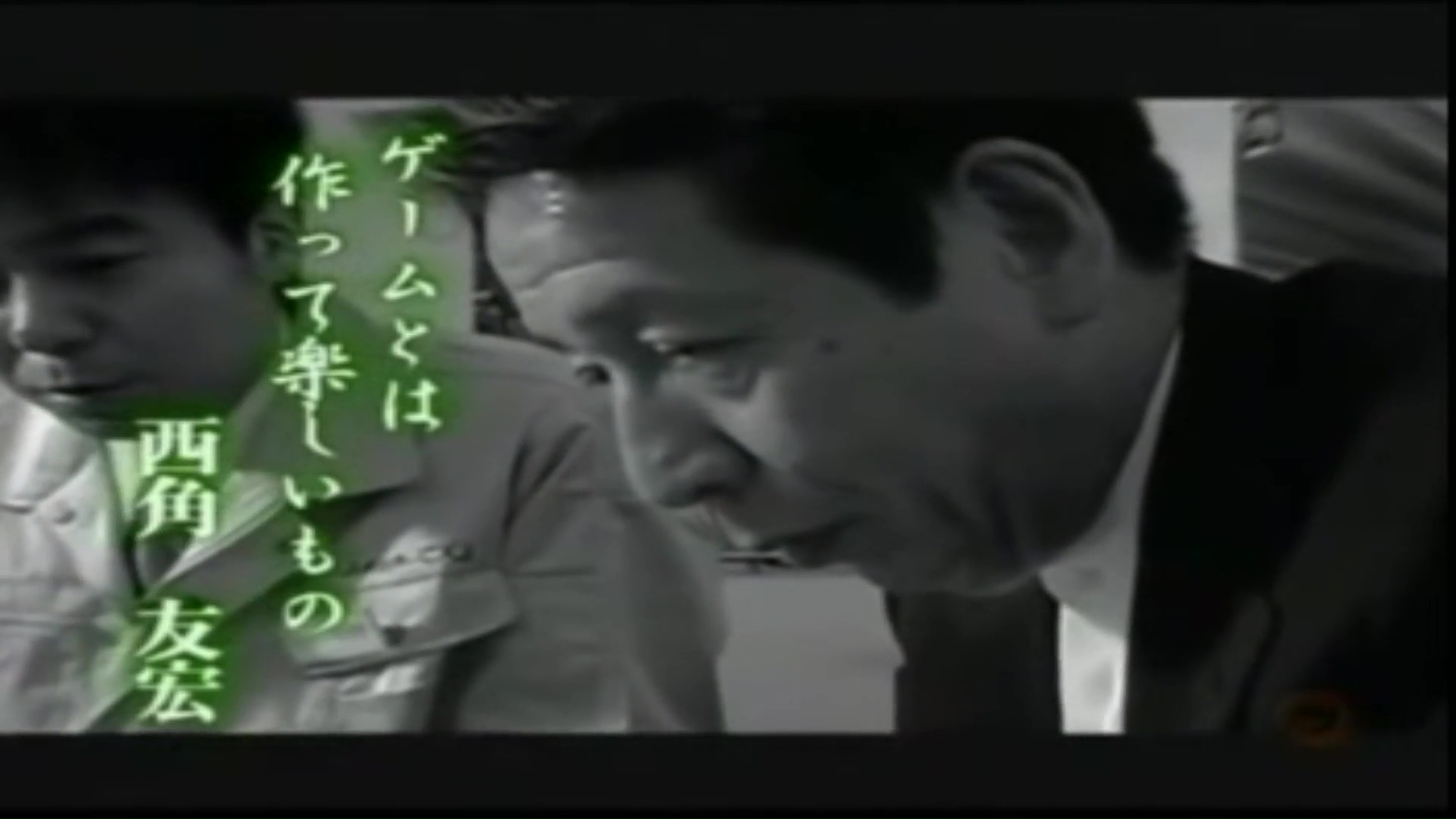
齋藤晃 Akira Saitou
The man who created the deeply rooted popularity of “Densha de Go!
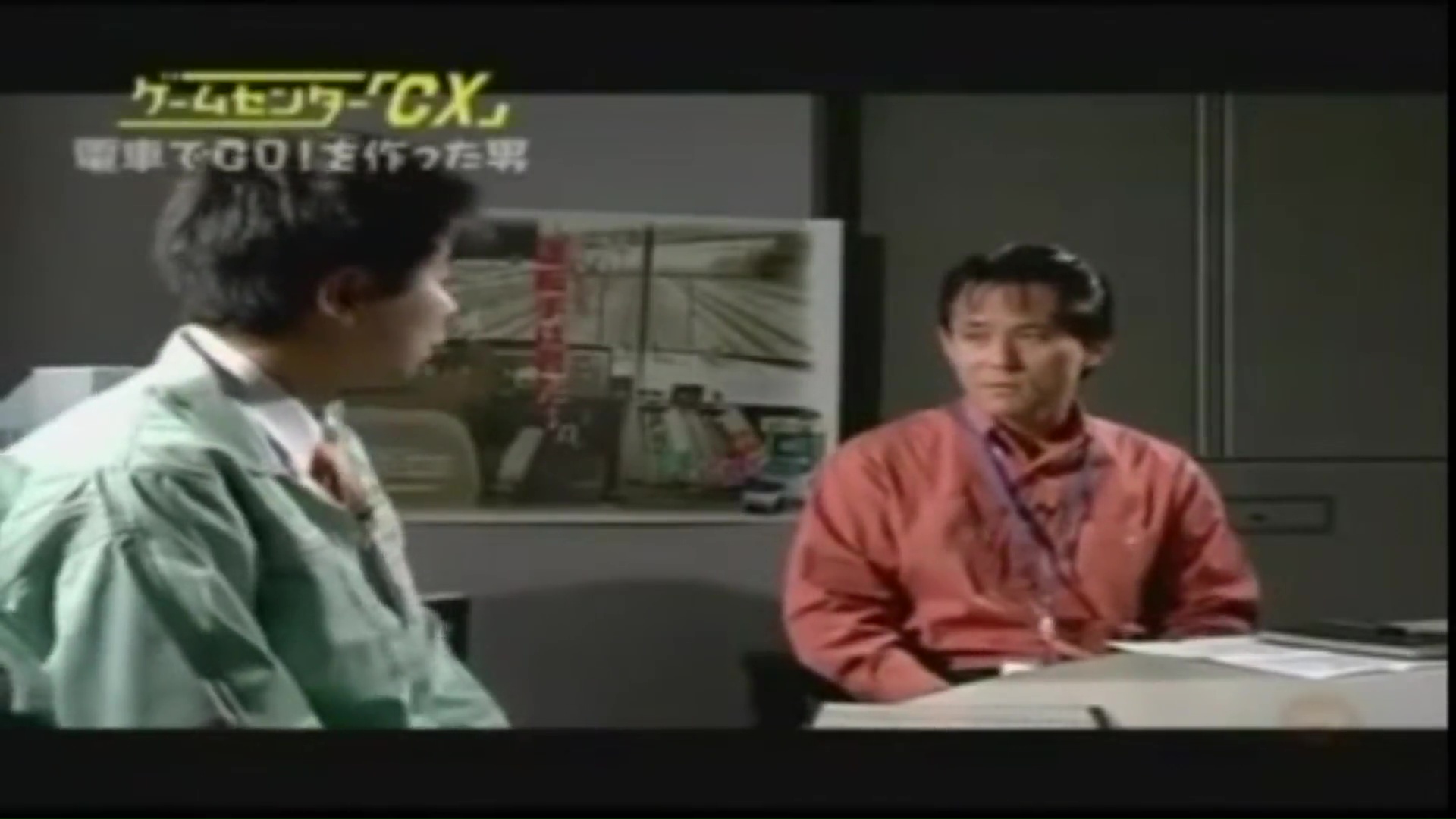
The game was released in 1997.
A simulation game in which you can sit in a driver’s seat that looks just like the real thing and enjoy driving a train.

The faithfully recreated train windows and realistic system made this game an instant hit.
The game, in which players try to run trains within the time limit, has sold more than one million copies for home use.
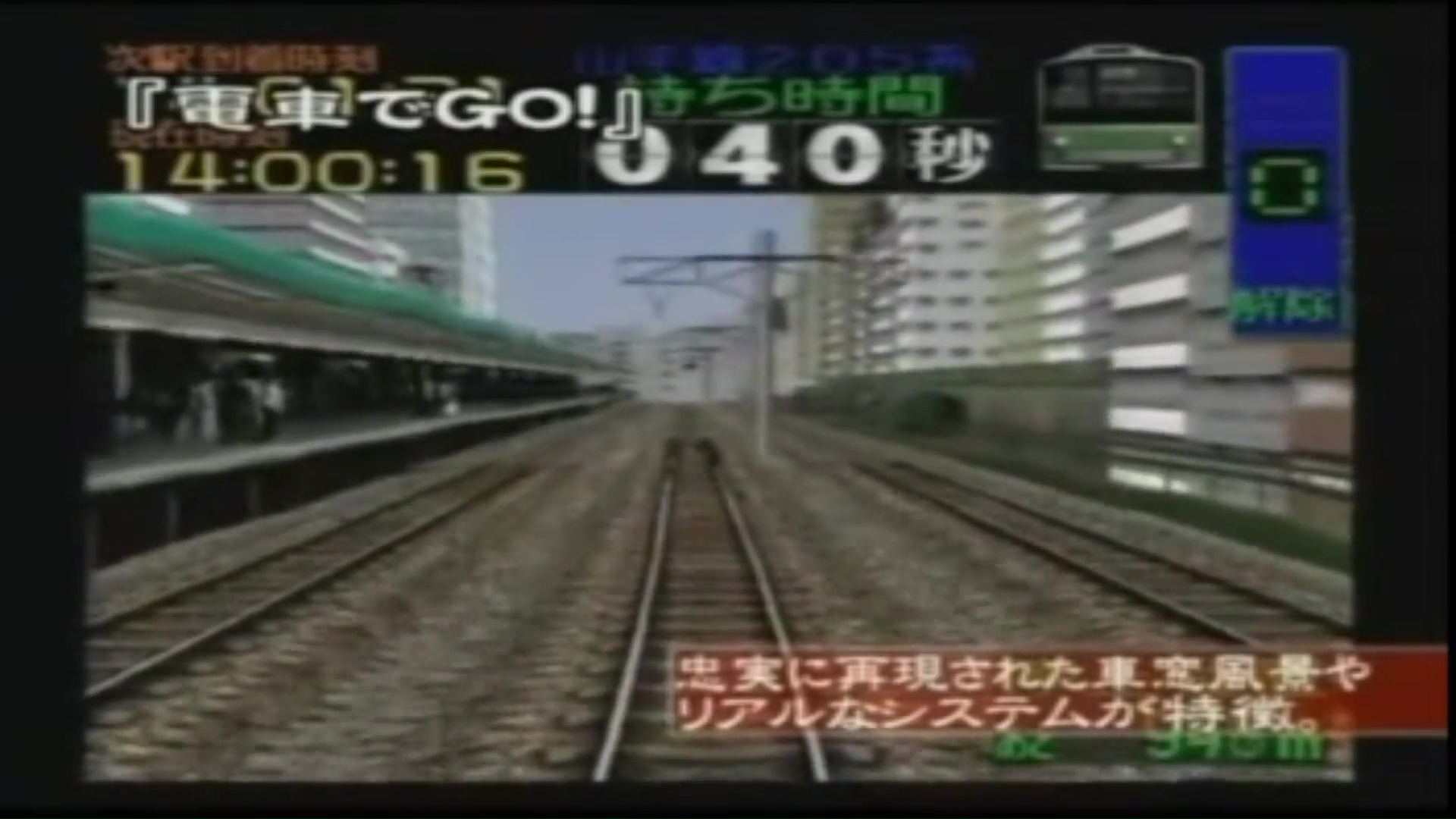
About Akira Saito
He joined Taito in 1987, and was in charge of “Galactic Storm” and “Cybersteller”.
He was in charge of “Galactic Storm” and “Cybersteller”, etc., and in 1997 he was in charge of “Densha de GO! planned.
After that, he was assigned to the GM Development Department of the GM Business Division.
When I joined the company, I didn’t even know that Taito was the company that made Invader.
When he first joined the company, he was a “character shop” rather than a game creator.
In game production, he is in charge of the design and production of the game, which is separate from the programming and other elements of the game.
However, after three months of training, he was put in charge of planning.
There were a lot of rejected works.
Before Train de GO, there were many rejections, and out of frustration, he used to keep the discarded chassis as a souvenir.
The impetus for creating Train Go!

Ever since he was a child, Saito has loved trains.
His dream was to be a train driver.
Although his work wasn’t a hit, he decided to do what he wanted to do and created a game that he loved to play on trains. It was decided to make it, and Go! by Train was born.
Towards a Game
Saito is a train enthusiast by nature.
One time we went to the train museum and there was a machine there that could simulate driving, and there were people there who were actually experiencing it.
When I saw many office workers there, skipping work to come and experience the driving experience, I was convinced that the train game adaptation would be a hit.
Backwater production
There was no next time for Saito.
After many rejections, Saito tried his last game, Densha de GO!
Saito’s Densha de Go! is still a very popular game.
The story behind the proposed title
The now well-known title “Densha de Go!” was originally drafted in-house. Sometimes, based on the names of other people’s “Car de Go” and “Car de Boo” pieces, I flipped out and said “Train de Go! The ones were adopted.
Other titles, such as Steel Trails and Continuing Railway, were also proposed, but were rejected as too heavy.
My commitment as a creator
The scenery is all as it is.
It seems to have taken a lot of patience to create a landscape that is changing through the cracks.
A preview of the landscape was created by actually buying a ticket and looking at it from behind the driver’s seat.
He reminisces about how he and his true railroad fanatic, “Tetsu-chan,” used to stick close to the lead car during the inspection.
Commitment to the driver’s seat
Even the smallest details were thoroughly worked out, such as the use of a sound system that produces deep bass on the seats.
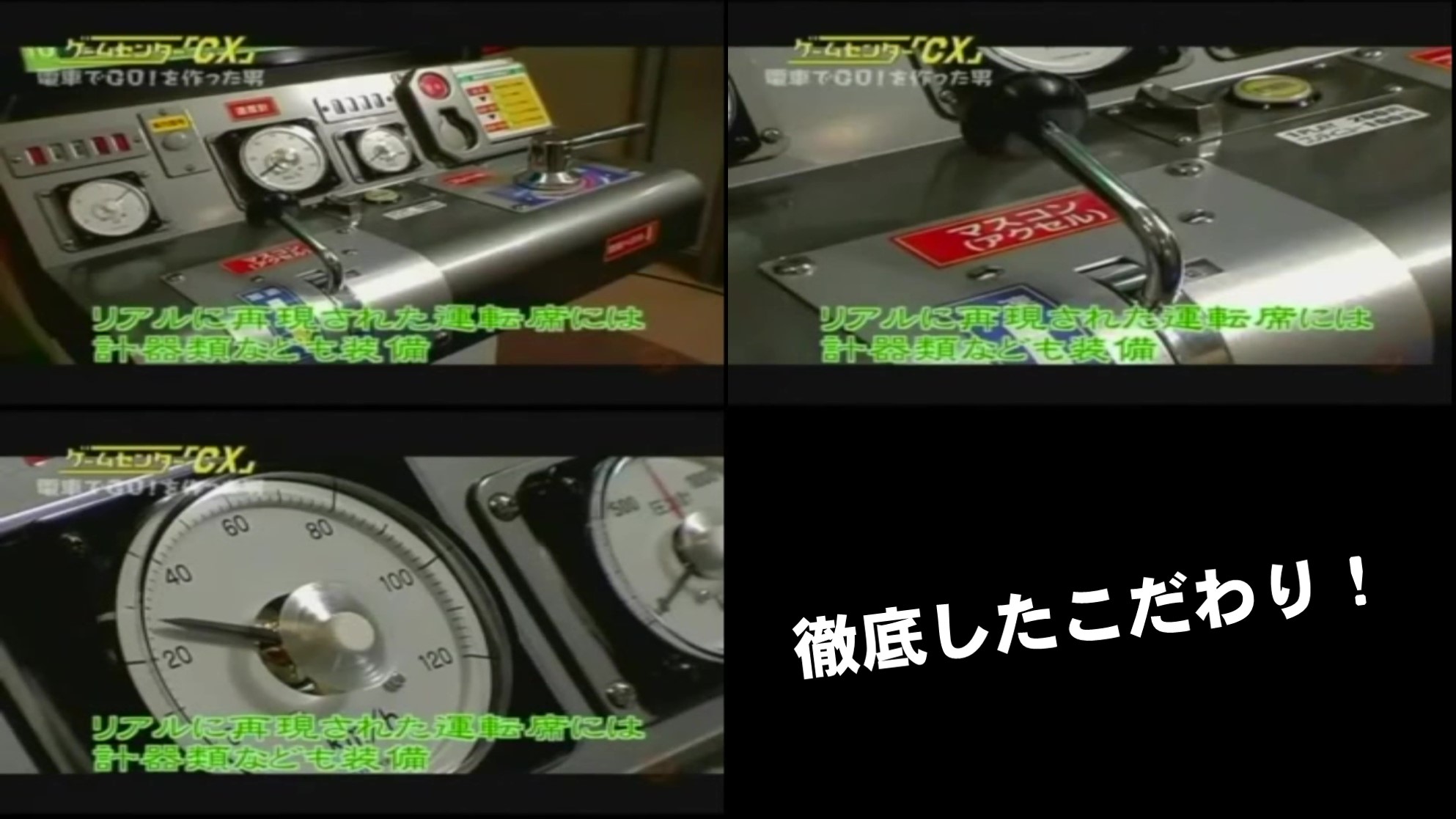
Something’s wrong with the arcade.
was an instant hit when it was placed in a game center, and all railroad fanatics played it, and the game was a big hit. He said.
At the time, Arino also saw someone playing in the arcade and thought, “It’s the same guy who’s always been there.
Saito seemed to sense this point and laughed, saying, “The turnover rate is not very good for one game machine.
The event was a great success.
There are always crowds of people in black mountains in front of the game console.
When the event was held to compete for skill, it attracted a lot of fans.

The popularity was unstoppable and the real driver was playing with it.

The real drivers seemed to be quite popular as they were able to run routes outside of their charge by playing the game.
Saito’s favorite line.
Since his birthplace is Kyoto, he has a lot of familiar stories, and he seems to be particularly fond of the “Sanin Line”.
It’s more than a bonus.
Train Go! seemed to benefit Saito, and he received the President’s Award and a bonus They received it.
However, for Saito, he is grateful that he was allowed to make the game he wanted to play.
I made a lot of rejections, but some people commented that I was able to repay them a little bit of their kindness.
Play Train Go!
Arino also played Go!
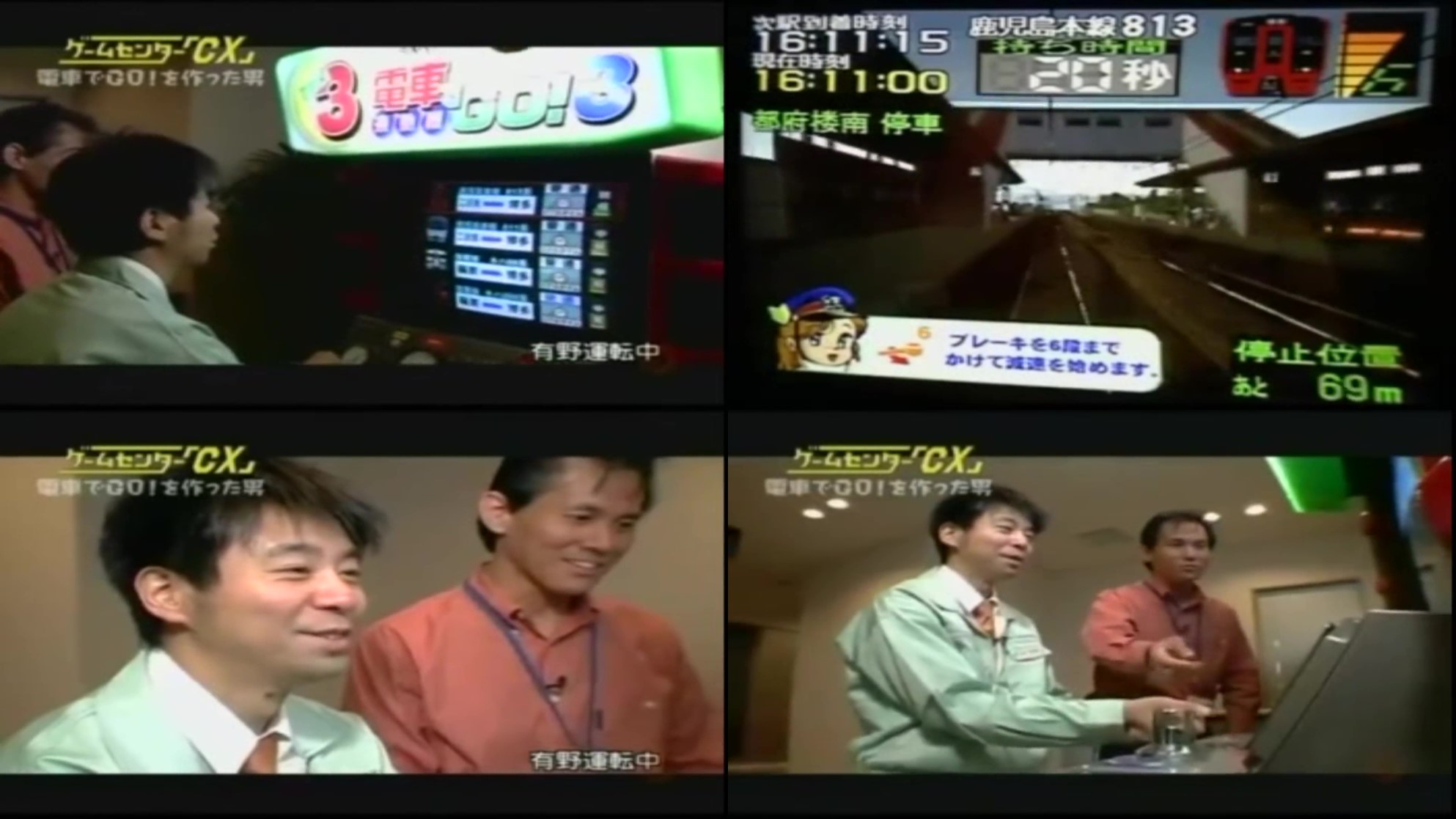
Playing the main programmer
The game also includes play by Masayuki Kikuchi, the main programmer of Train de Go!

He was the main programmer, as expected, and had a very high score.
What does the game mean to Akira Saito?
A game is “an item that embodies a dream.
These are the words of a man who actually accomplished what he wanted to challenge.
Other Interviews
The legendary fucking Takeshi’s Challenge.
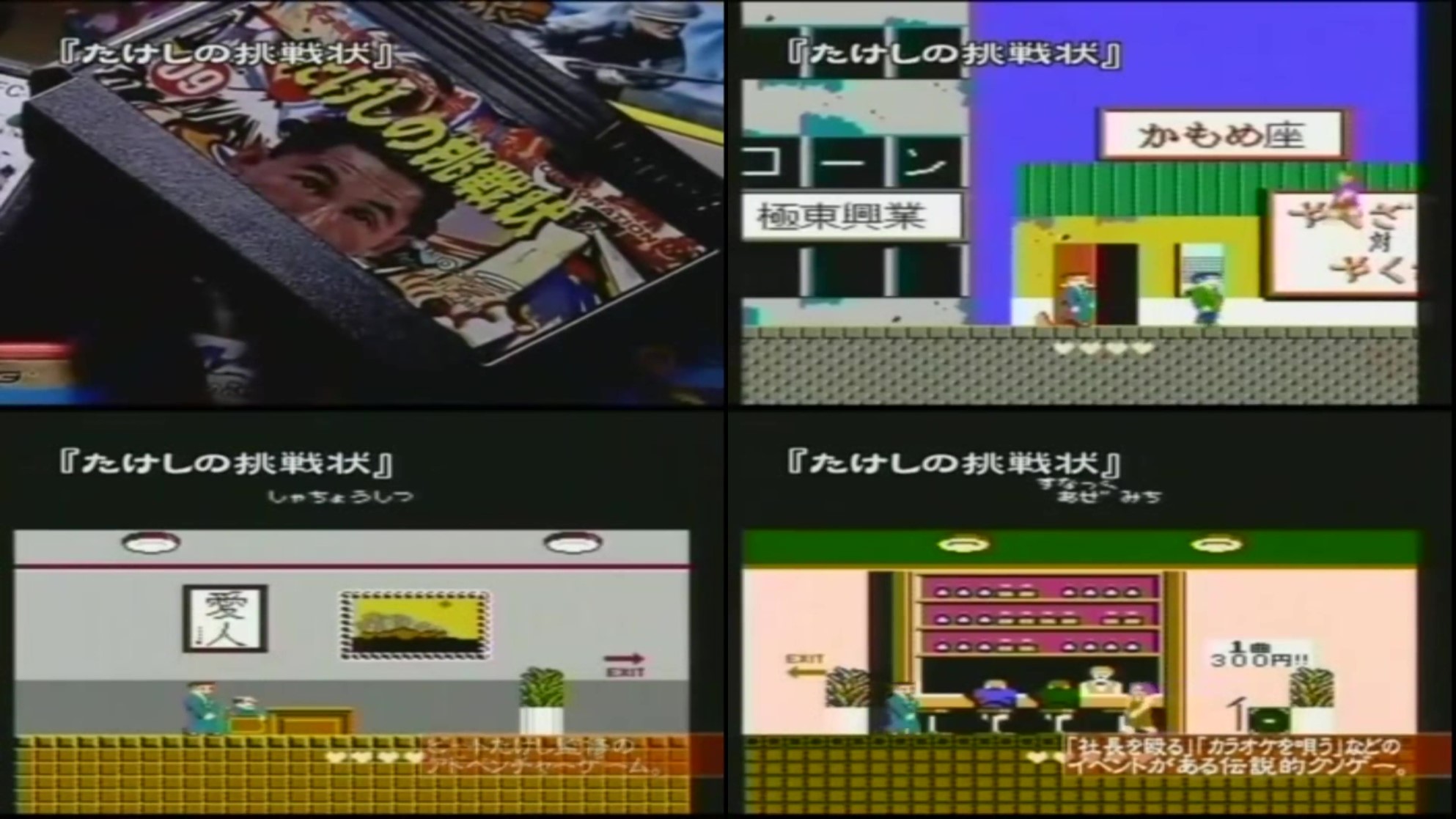
Since there’s no one else in charge of development at Taito anymore, we had to interview Tetsuo Egawa, the last Taito employee to know about Takeshi’s challenge, and Kazuhiro Hayashi, who was involved with the strategy book at the time.
恵川哲雄 Tetsuo Egawa
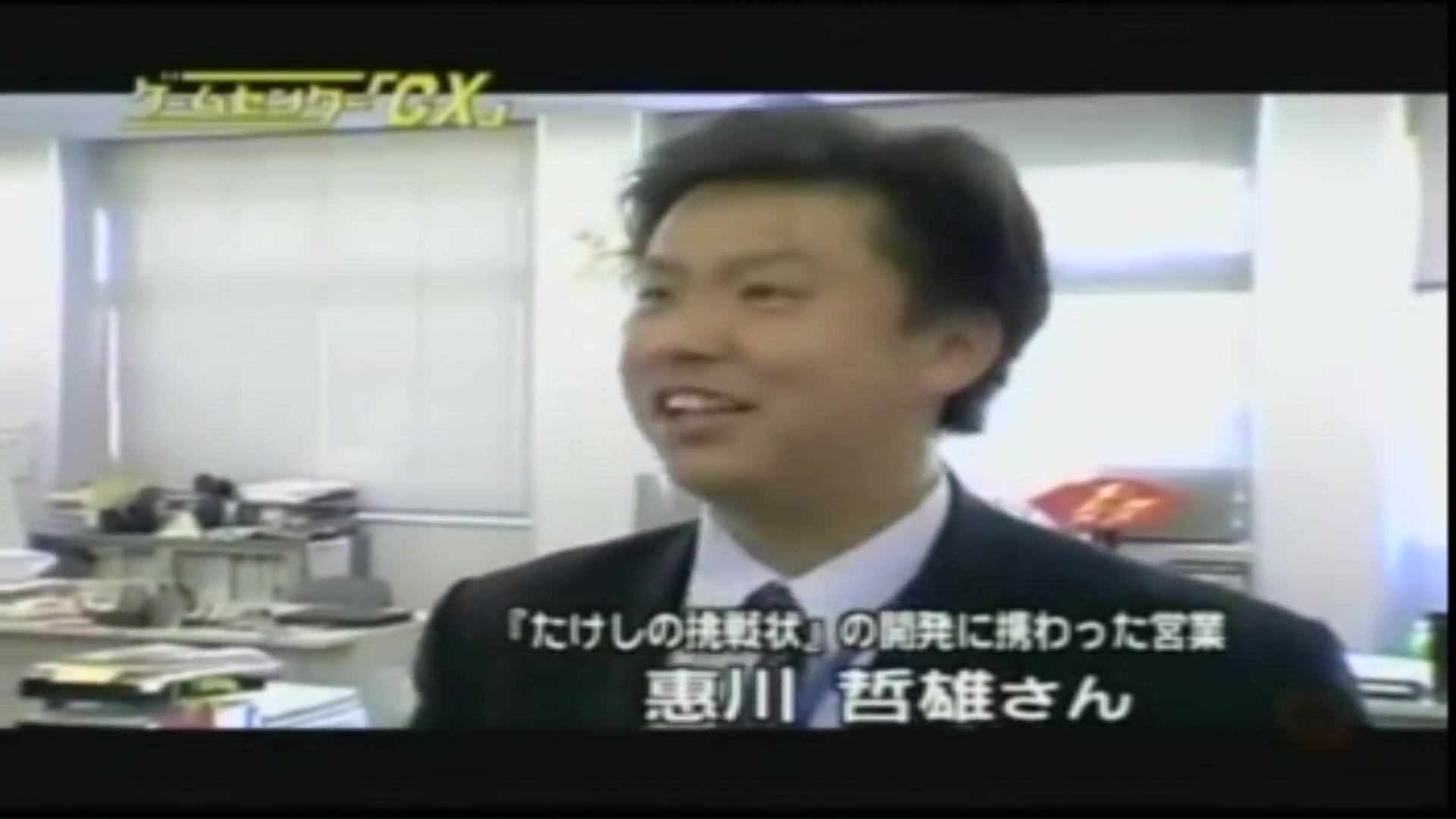
Development story
The biggest reason it’s been called a “shitty” game is that the earnest developers at Taito took Beat Takeshi’s freewheeling advice and turned it into a game.
absurdity game
Keikawa says that Takeshi’s challenge is an “absurd game”.
It’s rare for someone involved to go so far as to say that it was a very unreasonable game setup.
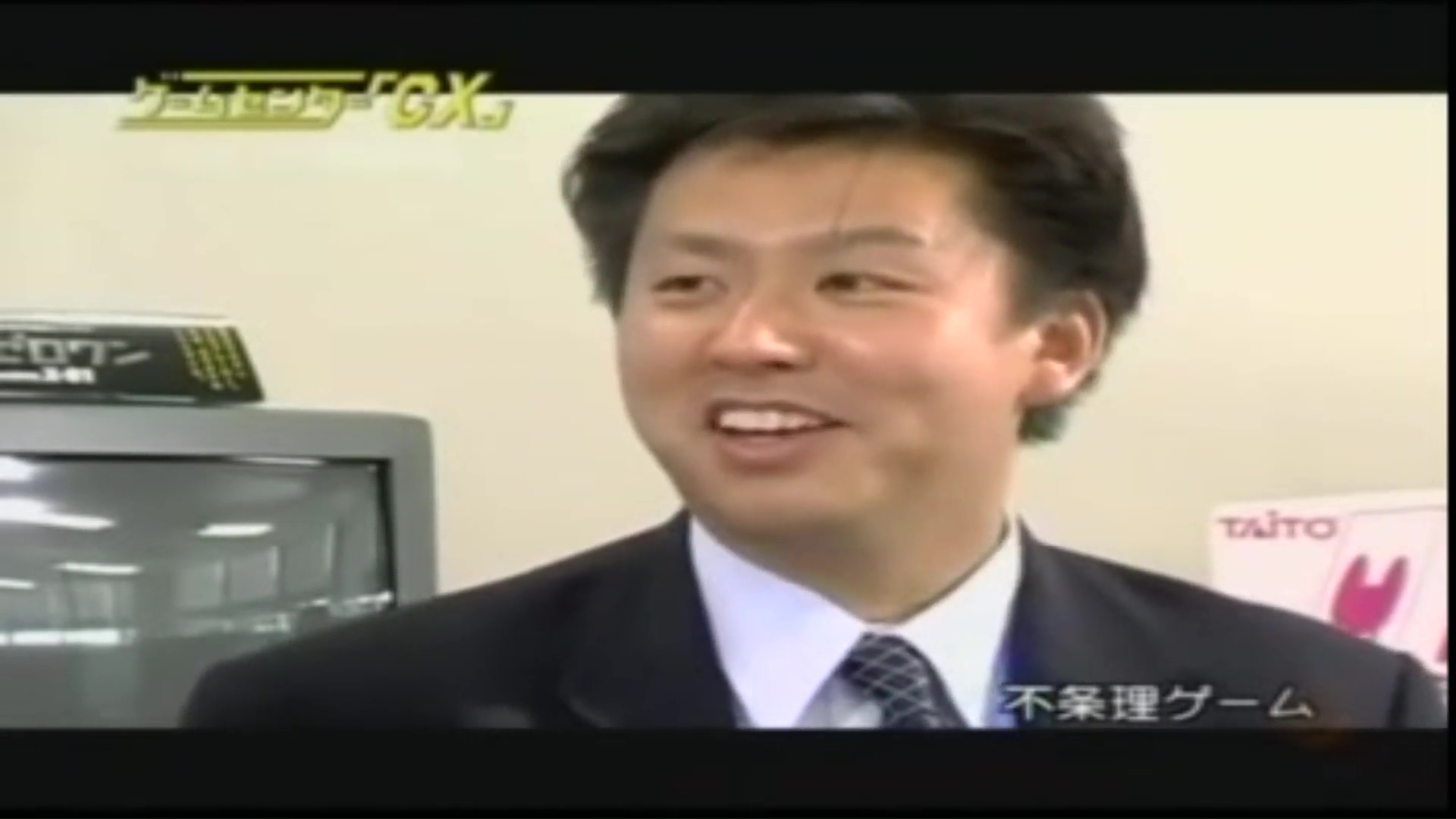
About the Talent Game
While there are many game software programs that use talent, it was almost impossible to incorporate the talent’s comments directly into the game.
This is because if you try to capture all of the statements of talent who have never been involved in game development in the game, it would be a mess, both in terms of balance and storytelling.

He laughed and said it was counter-intuitive that he was able to capture it all in one piece of software.
林和弘 Kazuhiro Hayashi
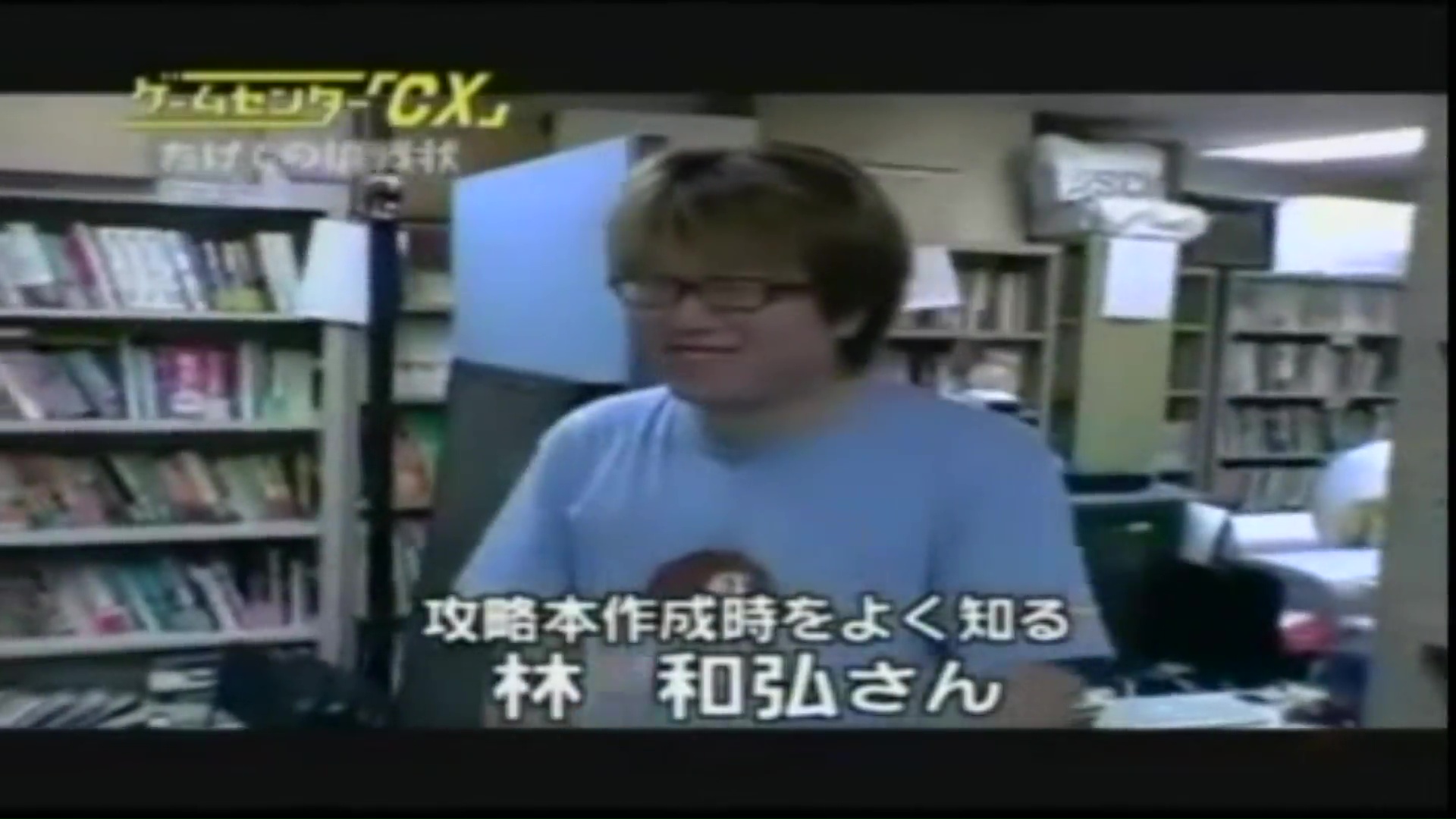
Arino wanted to solve Takeshi’s Challenge, so he went to the publisher, Ota Shuppan, who had written a strategy book for the game at the time.

The story behind the strategy book

When Hayashi said, “Our company has allowed us to publish a strategy book,” Arino replied, “We have allowed you to do so.” Isn’t that right?” he laughed.
The strategy book is rife with complaints!
After publishing the strategy book, he was inundated with 400 phone calls a day complaining about the book.
The content was something like, “I can’t do anything with this book even if I look at it with you.
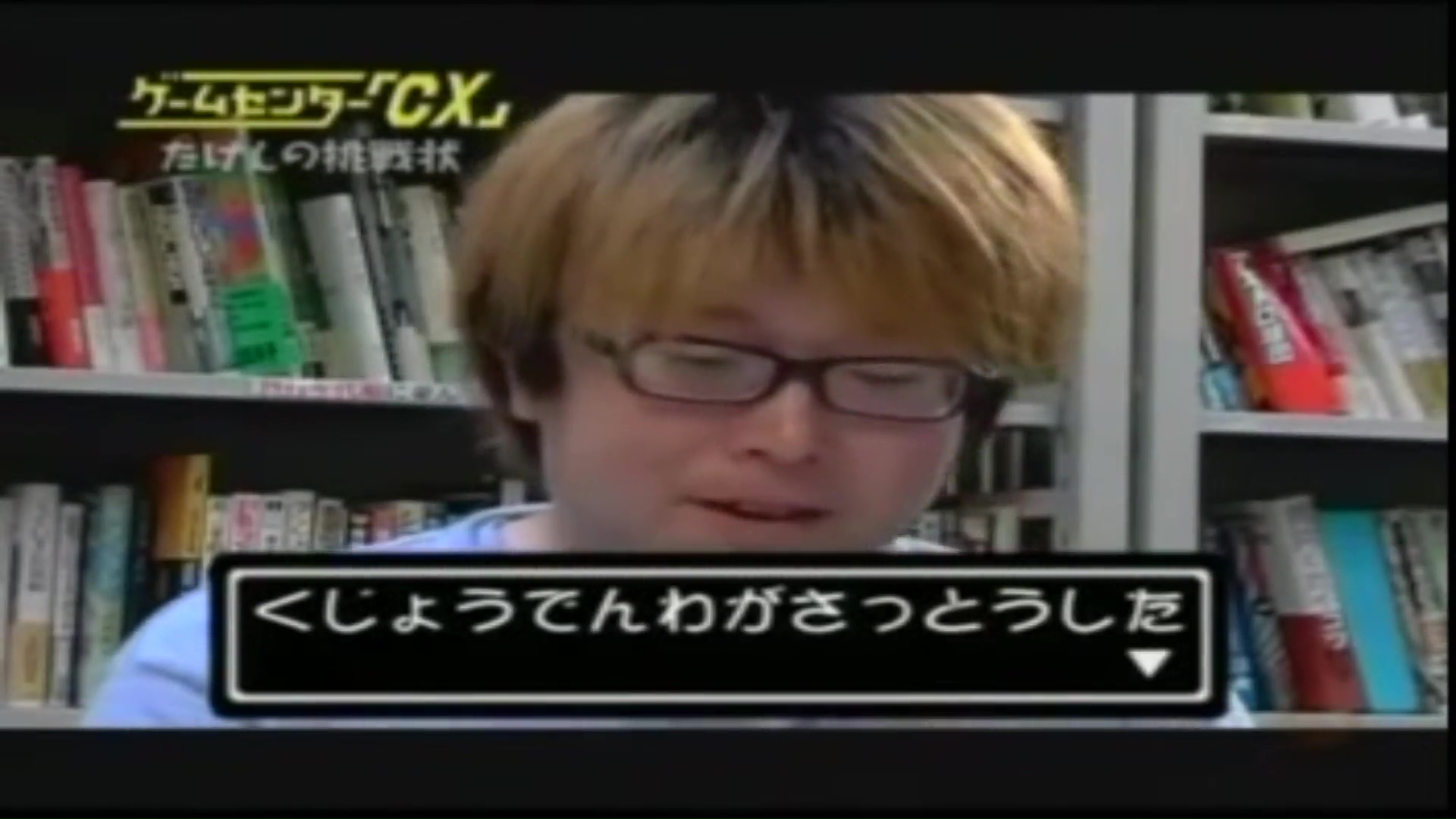
At 400 cases, they say the phone rang every minute.
At 400 cases, the phone rang every minute.a That’s where the publishers took an unusual step. Apparently.
To my surprise, I decided to respond that the person in charge of publishing the book had died.
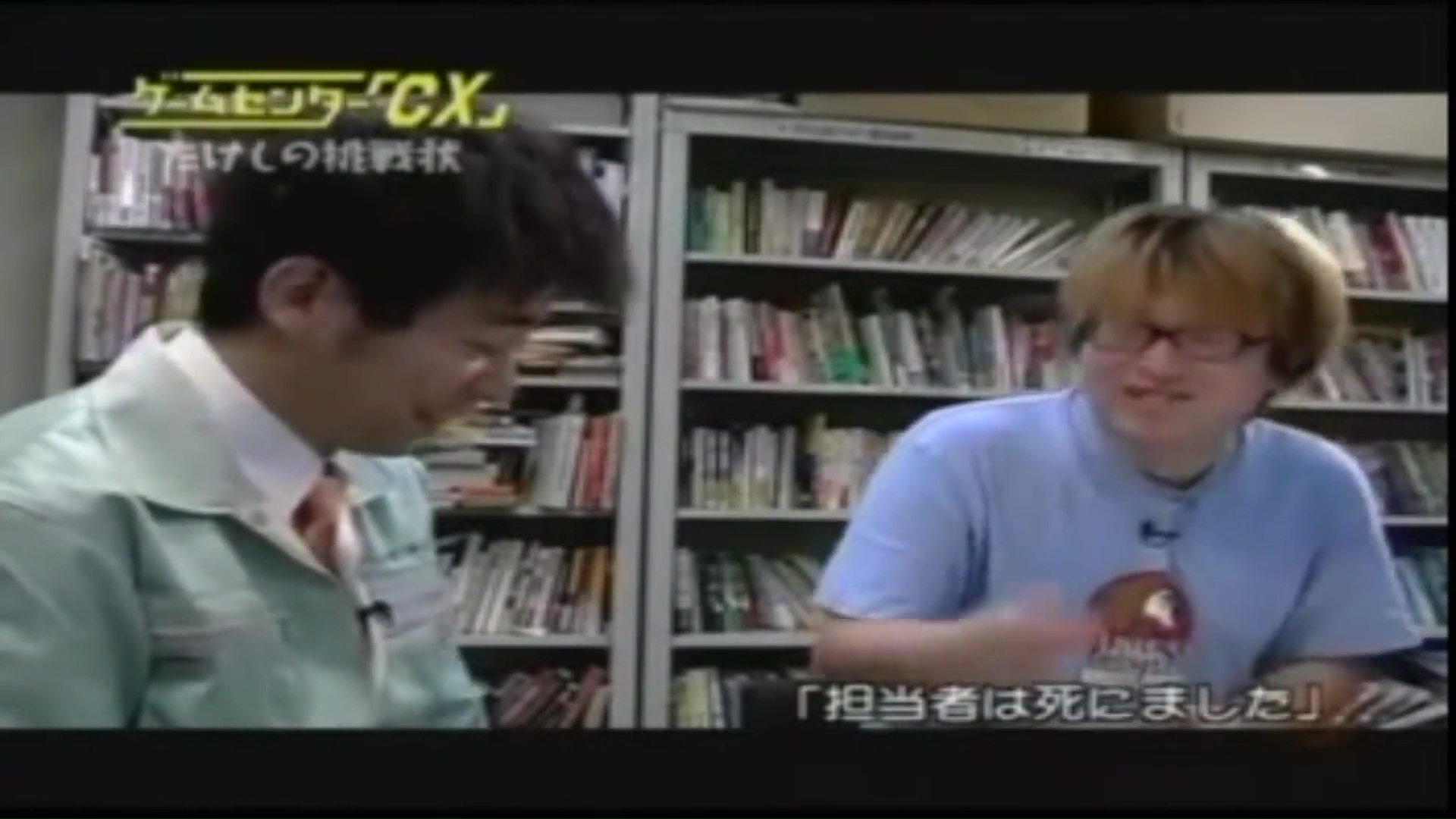
Arino laughed and said, “That’s a terrible way to do it,” but Hayashi laughed and said that he couldn’t help it if he didn’t go that far.
The publisher published a second strategy book immediately due to the number of complaints, but it was still difficult to capture.
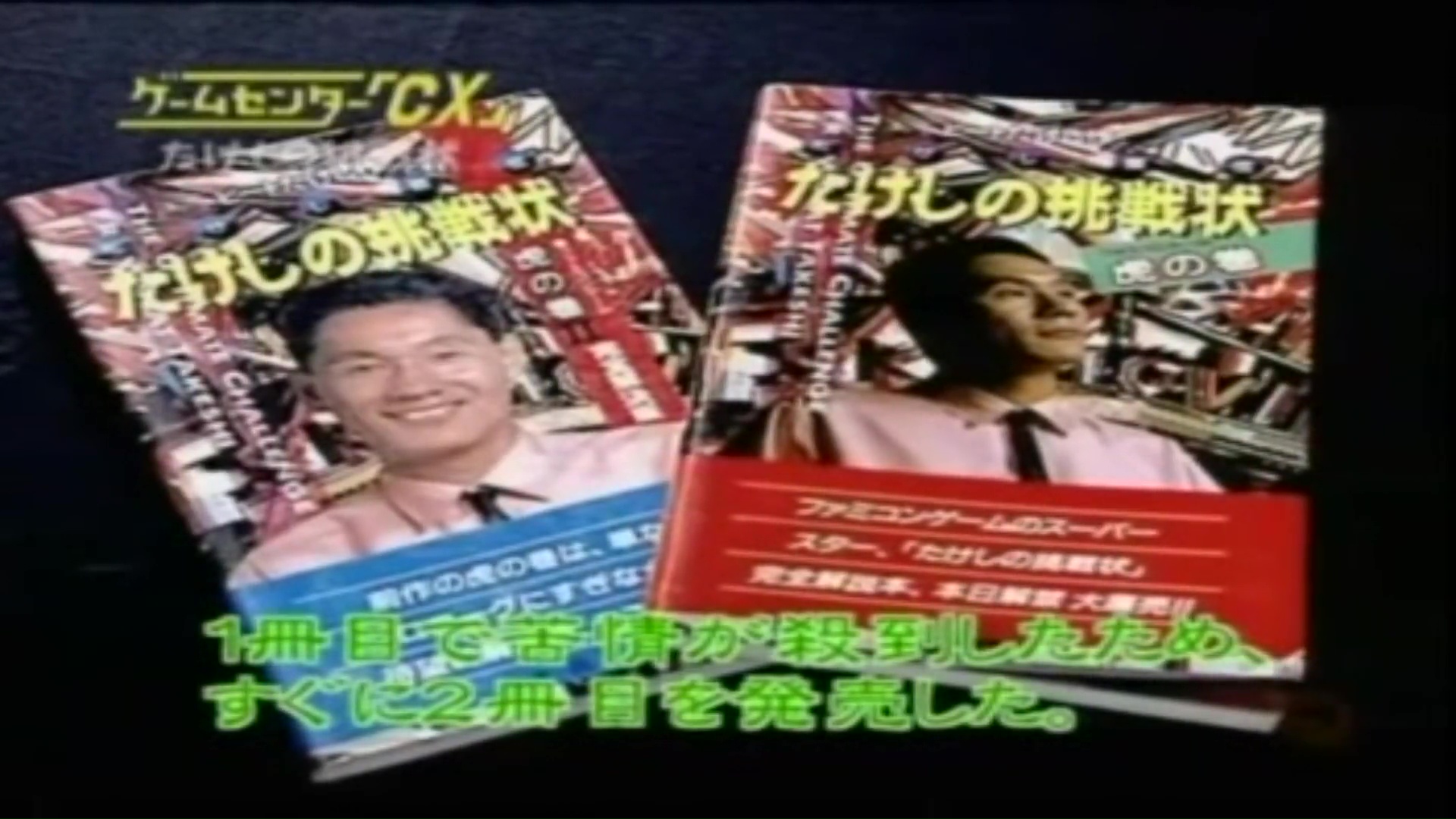
What exactly is the game about?
That’s what I’m talking about, Takeshi!
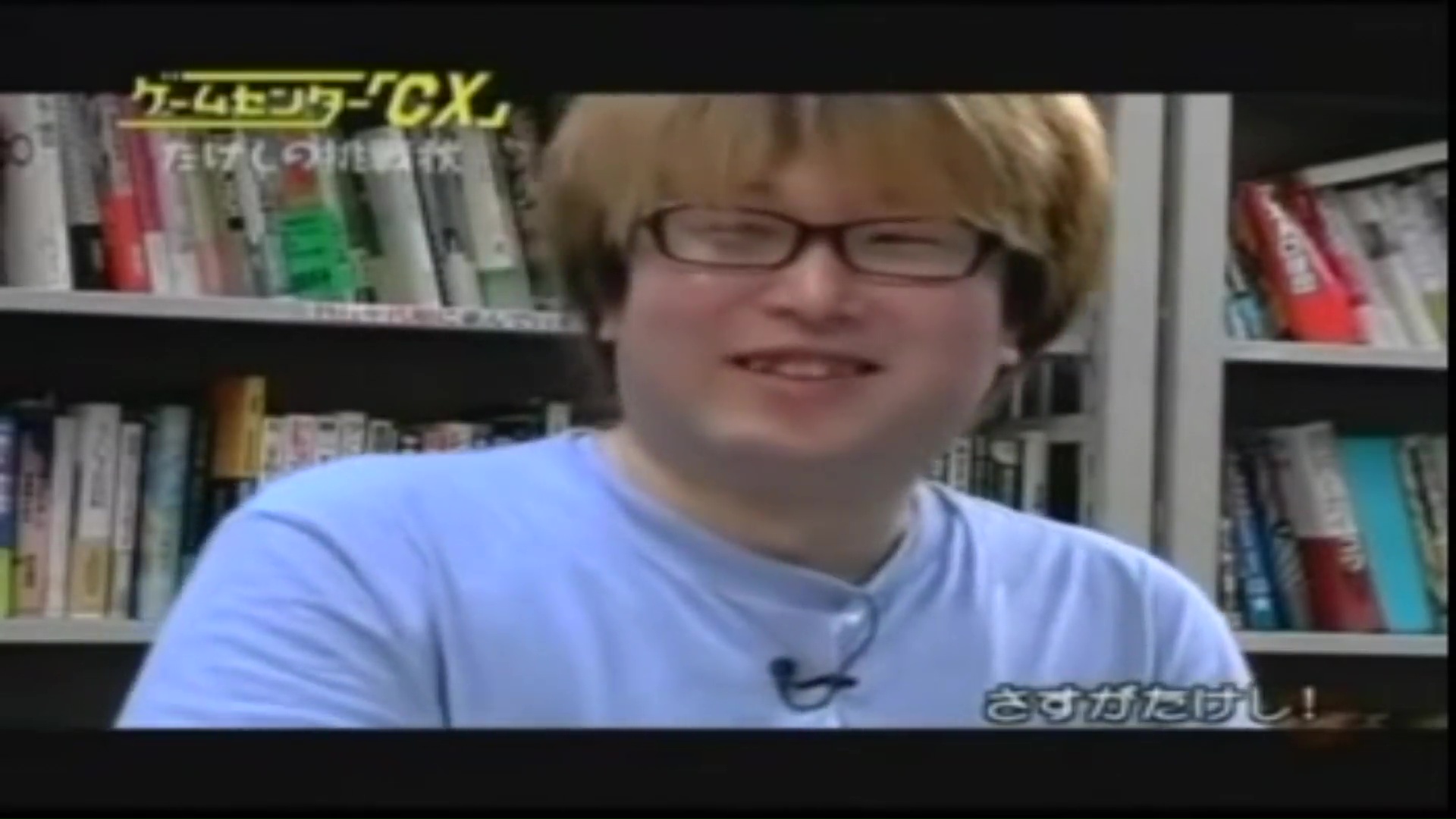
Some of the players may have thought, “That’s a great Takeshi’s game” or “It’s not going to be easy”, but most of the players at the time were children.
What is this game compared to other games, etc.? He recalled that he must have thought.
Key points of attack by Lin
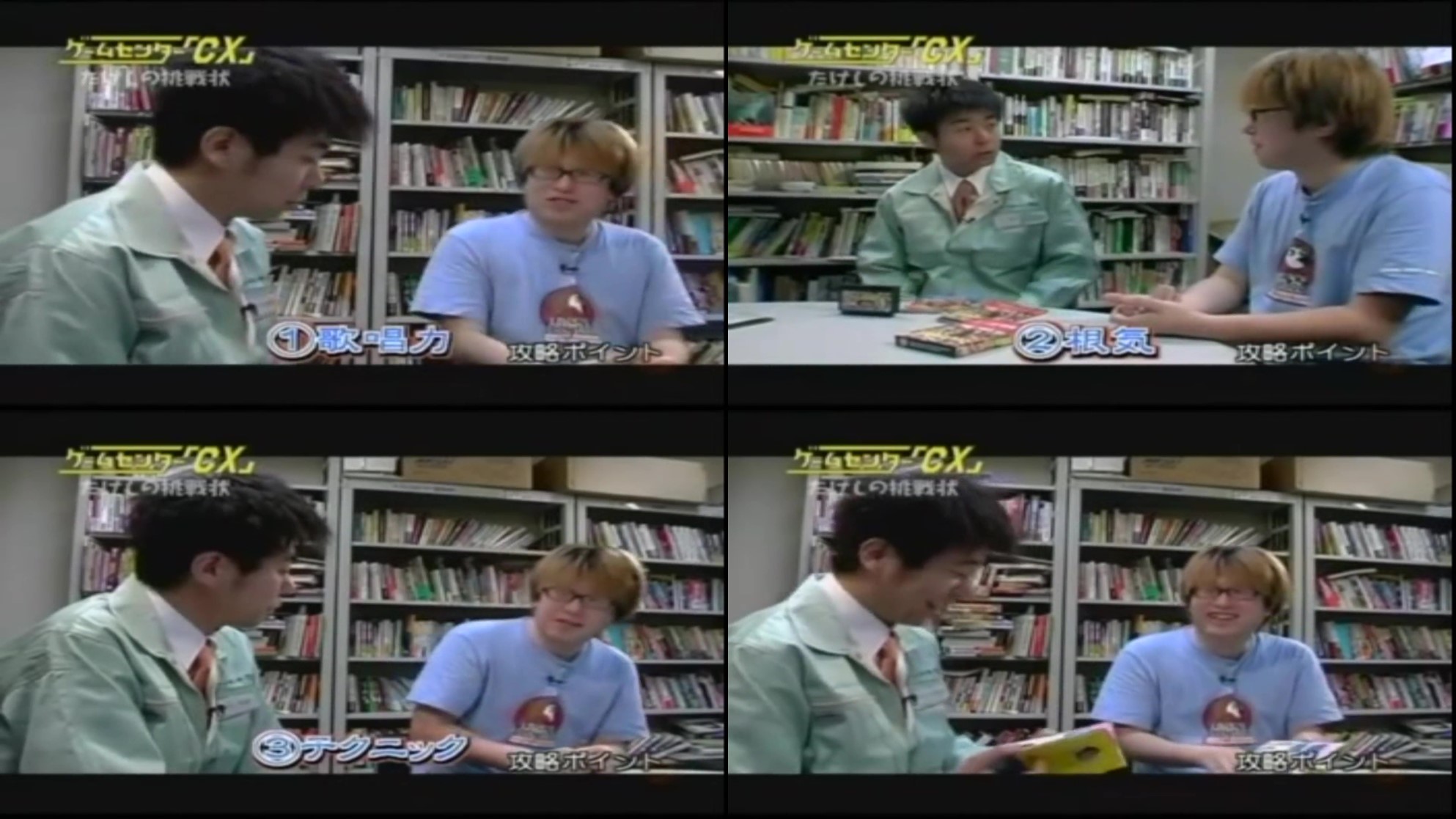
Tackle the legendary shit.

The legendary fucking Takeshi’s Challenge.
Arino challenged the game to confirm the phantom ending screen with his own eyes.

At first, the game got off to a good start while looking at the strategy book.
On the way, he also promised to punch the president.
First obstacle.
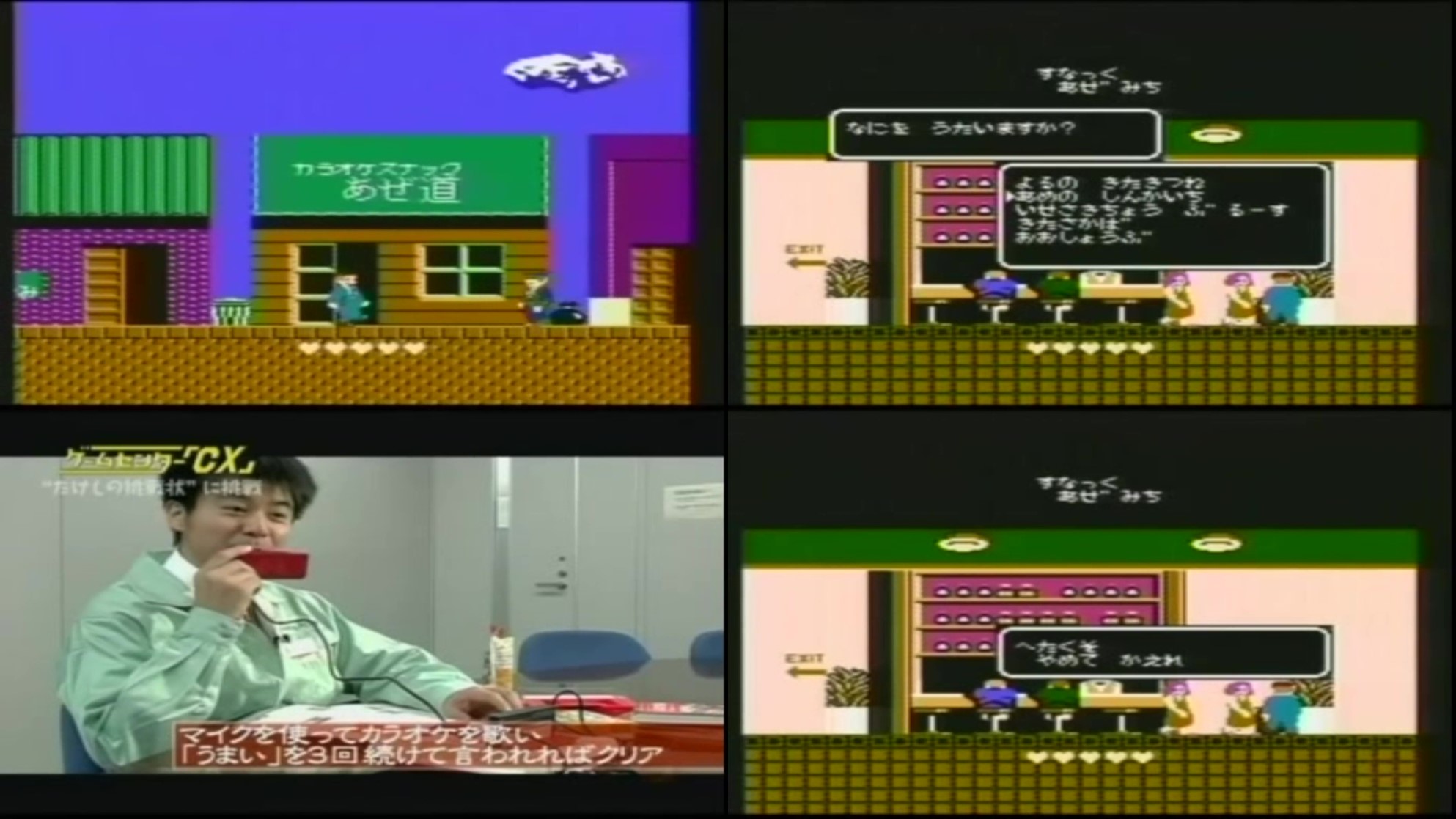
What’s more, the karaoke starts in the game, and you can sing using the NES II-con microphone.
I’ve never heard of this in a game before.
This is what the microphone at II Conn was for!
Hayashi, who was involved in the publication of the strategy book, also said that this is where the singing skills of the key points needed to attack are tested.

Using the controller as a microphone, I tried karaoke many times.
Arino is not a good singer.
I don’t know how to attack it, even considering the accuracy of the system at the time.
I persevered, and after the 33rd time, I was finally able to move on to the next one.
The second difficulty, “Leave it alone
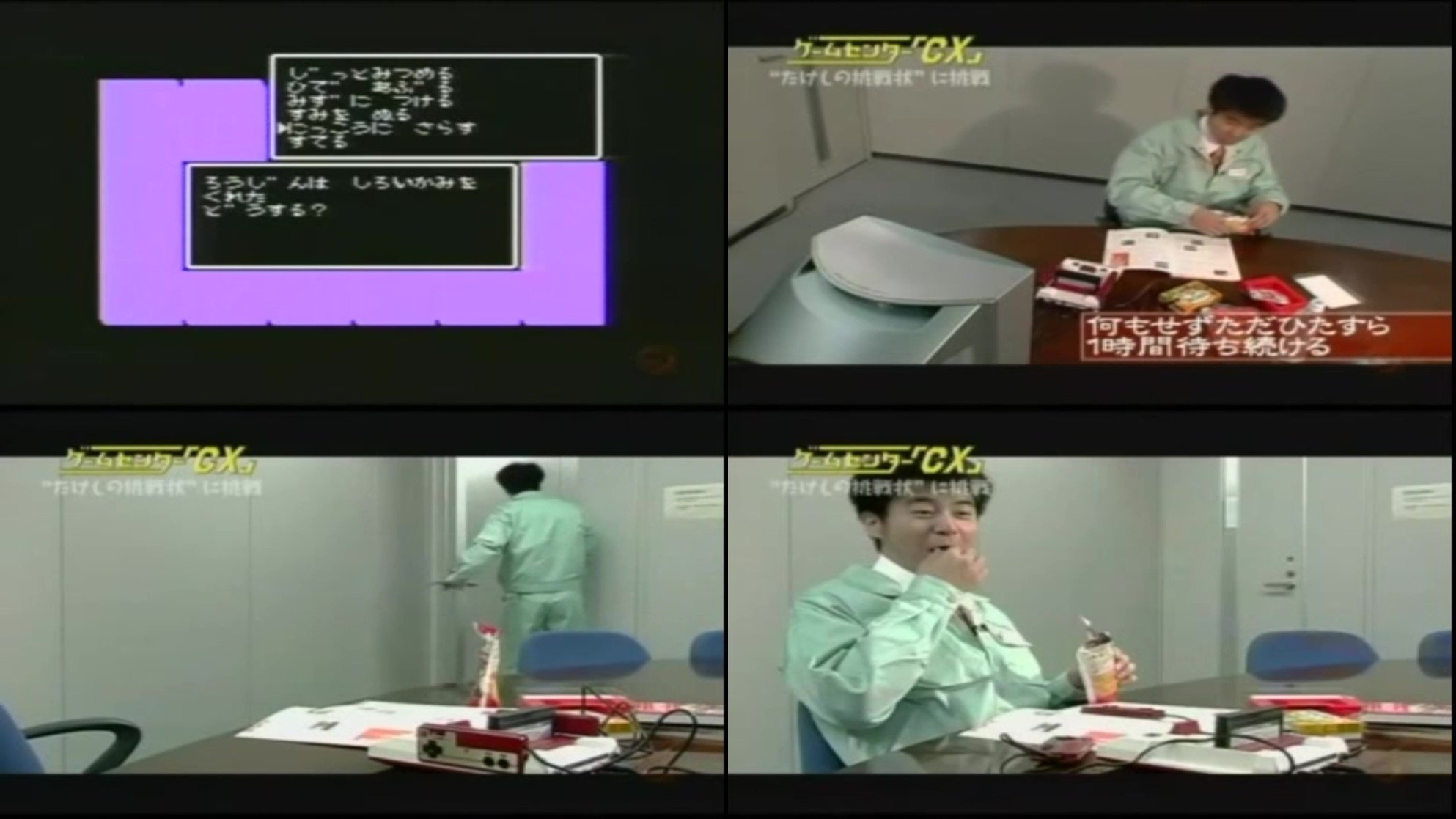
The strategy was to “expose it to sunlight and wait” for the item of white paper that he received from the old man.
What a surprise, that strategy of waiting actually requires you to leave the game for an hour.
Arino had a lot of free time on his hands and went out.
When he returned, Arino read the magazines he had bought while waiting and ate some snacks.
Then, unable to wait, the mischievous Arino pushes the button with a pop.
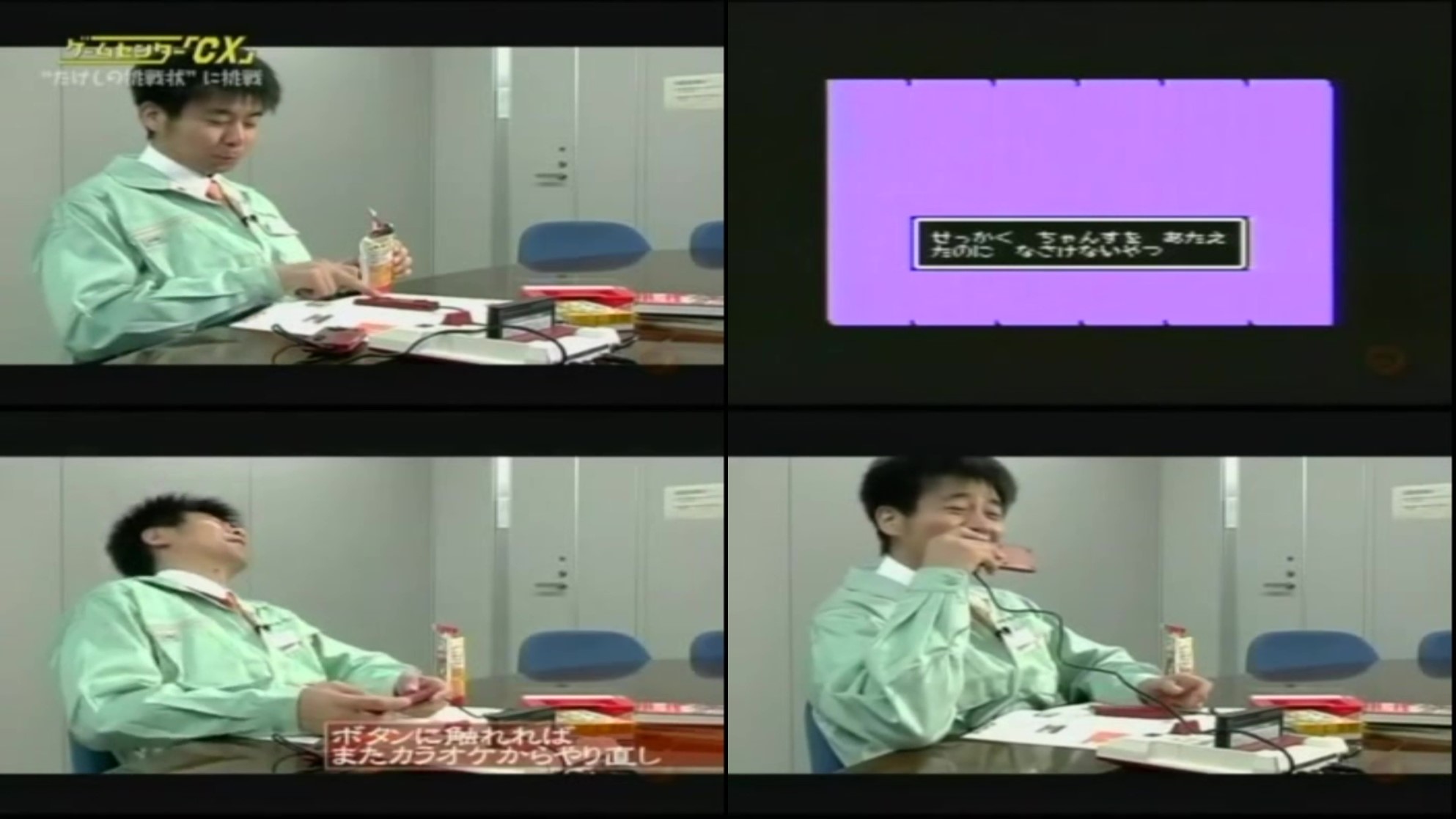
On the screen, he said, “I gave you a chance, but…you’re pathetic…” and the whole thing had to be redone.
And then, of course, there’s karaoke…
When I managed to start over and get to the same scene, I “left it tight” and a map appeared that allowed me to move on to the next stage.
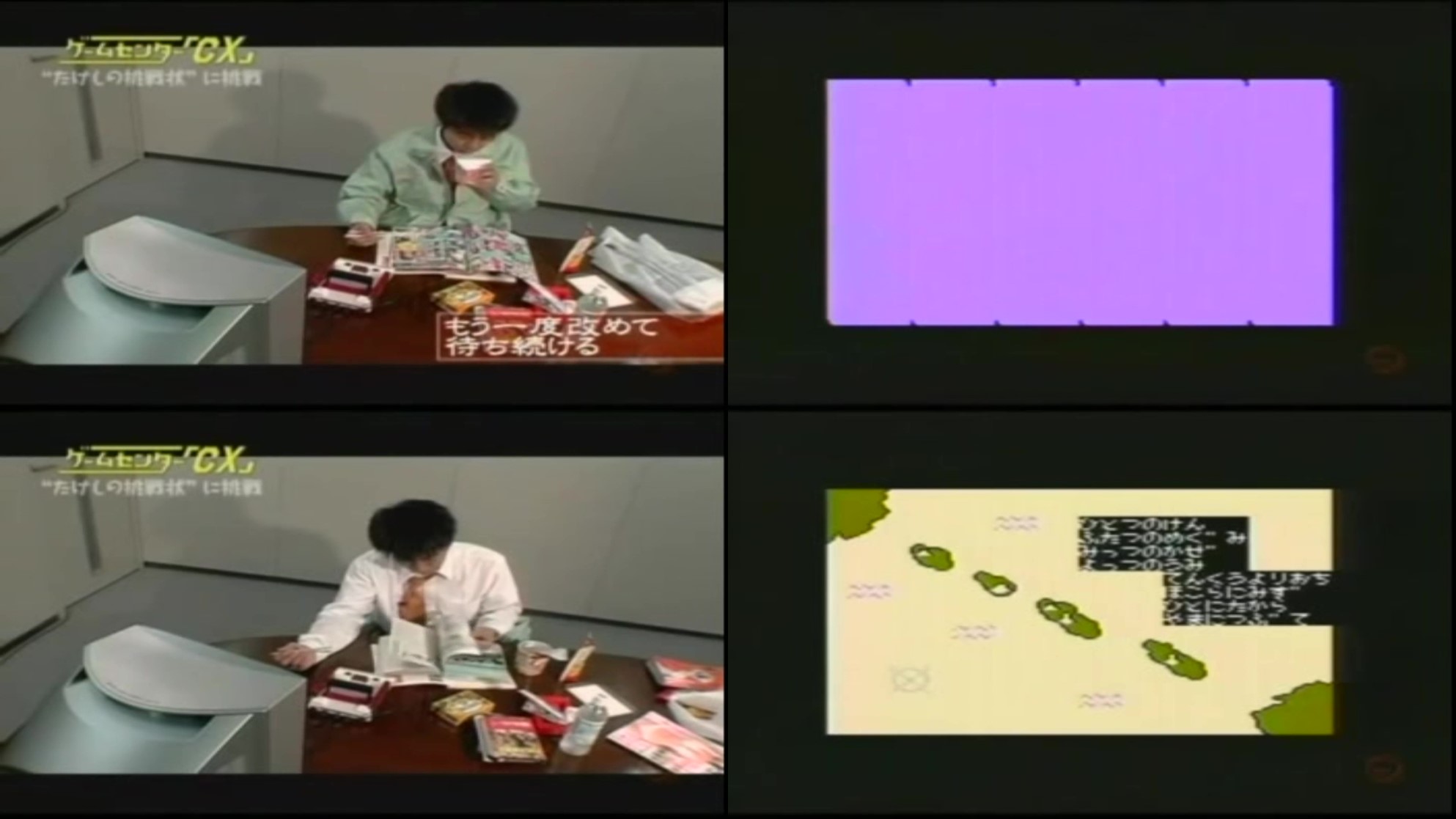
Hang gliding, the biggest challenge of all!
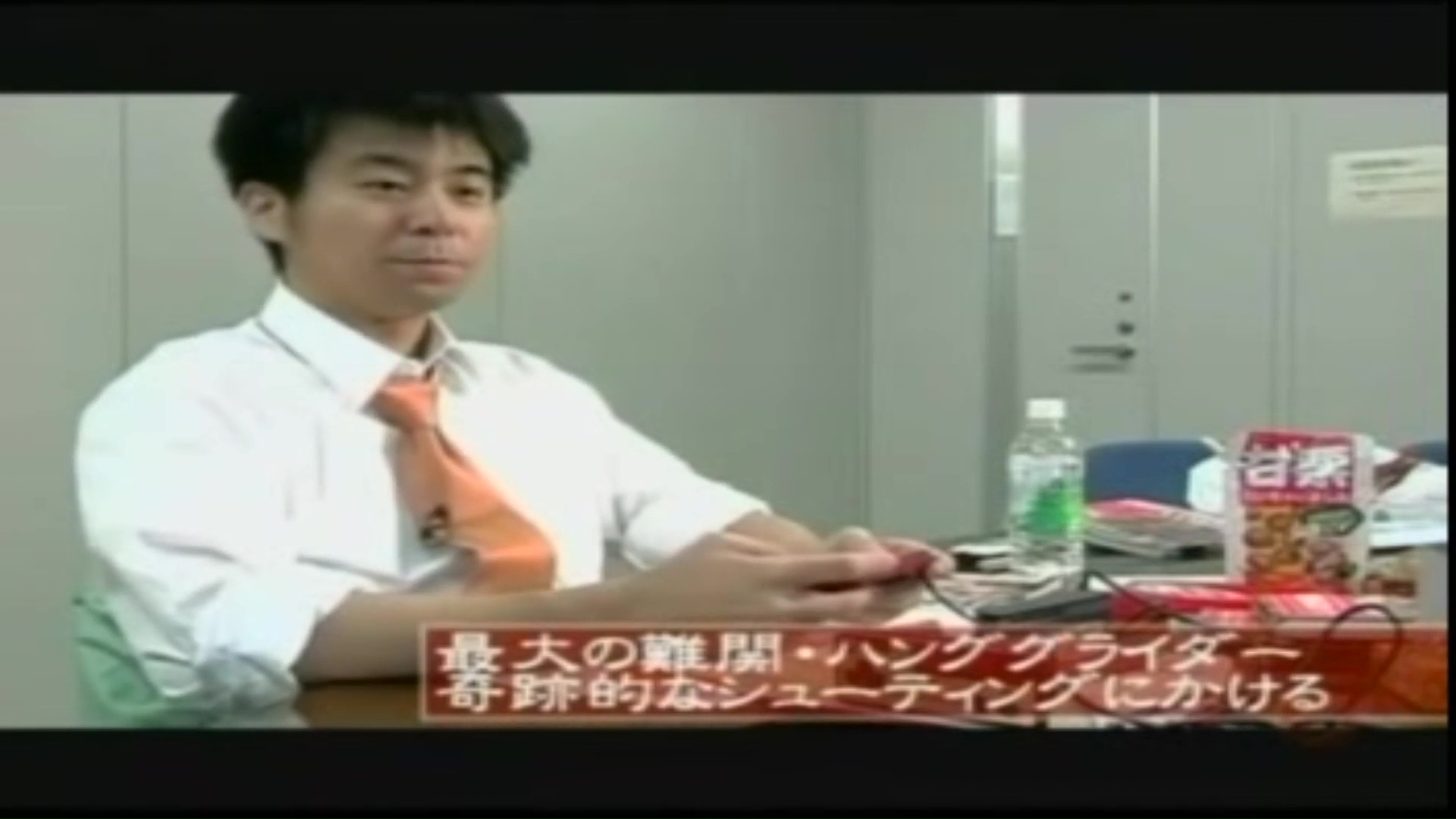
Arino takes on the shooting aspect of the game, which is the biggest challenge in the game.
I was baffled by the unreasonable manipulation of the game, just as Lin had said.
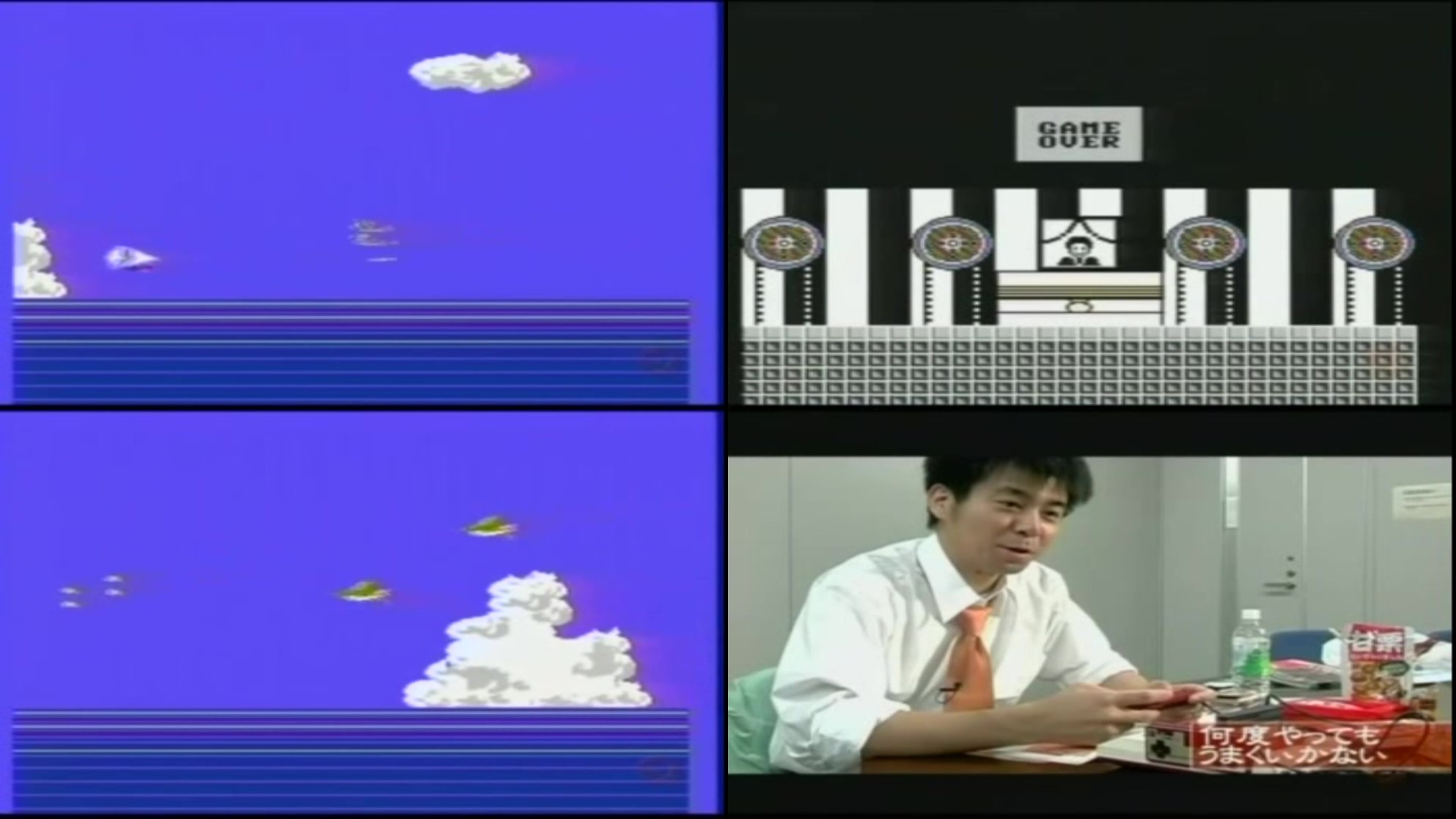
At last, he misses the password and fails to continue, and then Game Center CX’s famous AD comes to his rescue.
It is “AD Yamada,” which probably no one knows about.
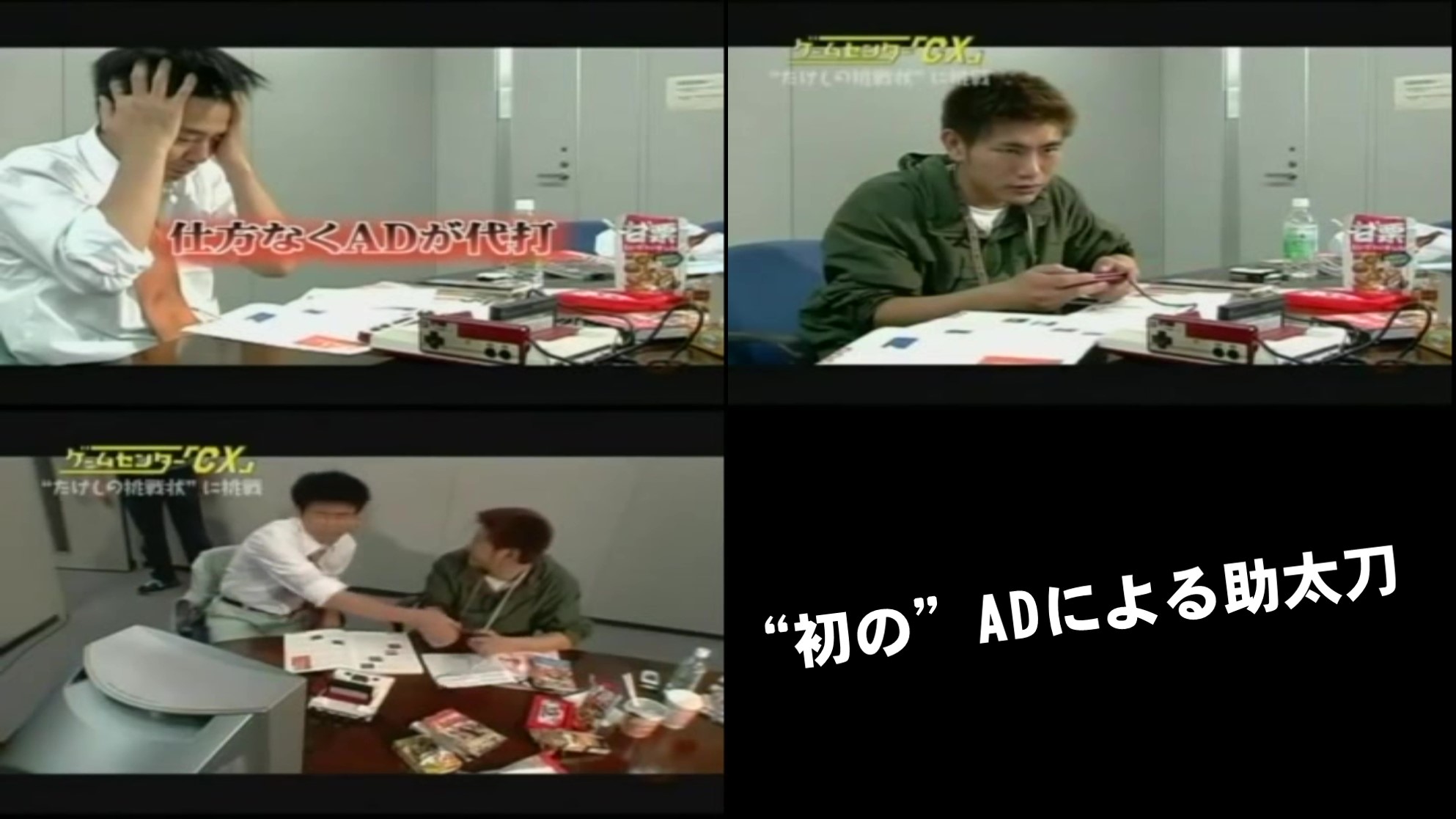
Go to the last stage.
Thanks to an assist from AD, we broke through the shooting surface and finally headed into the final phase of the game.
There’s a treasure, and when you get it, you’ll see a message from Takeshi saying “Ereikko” and the word “Complete”.
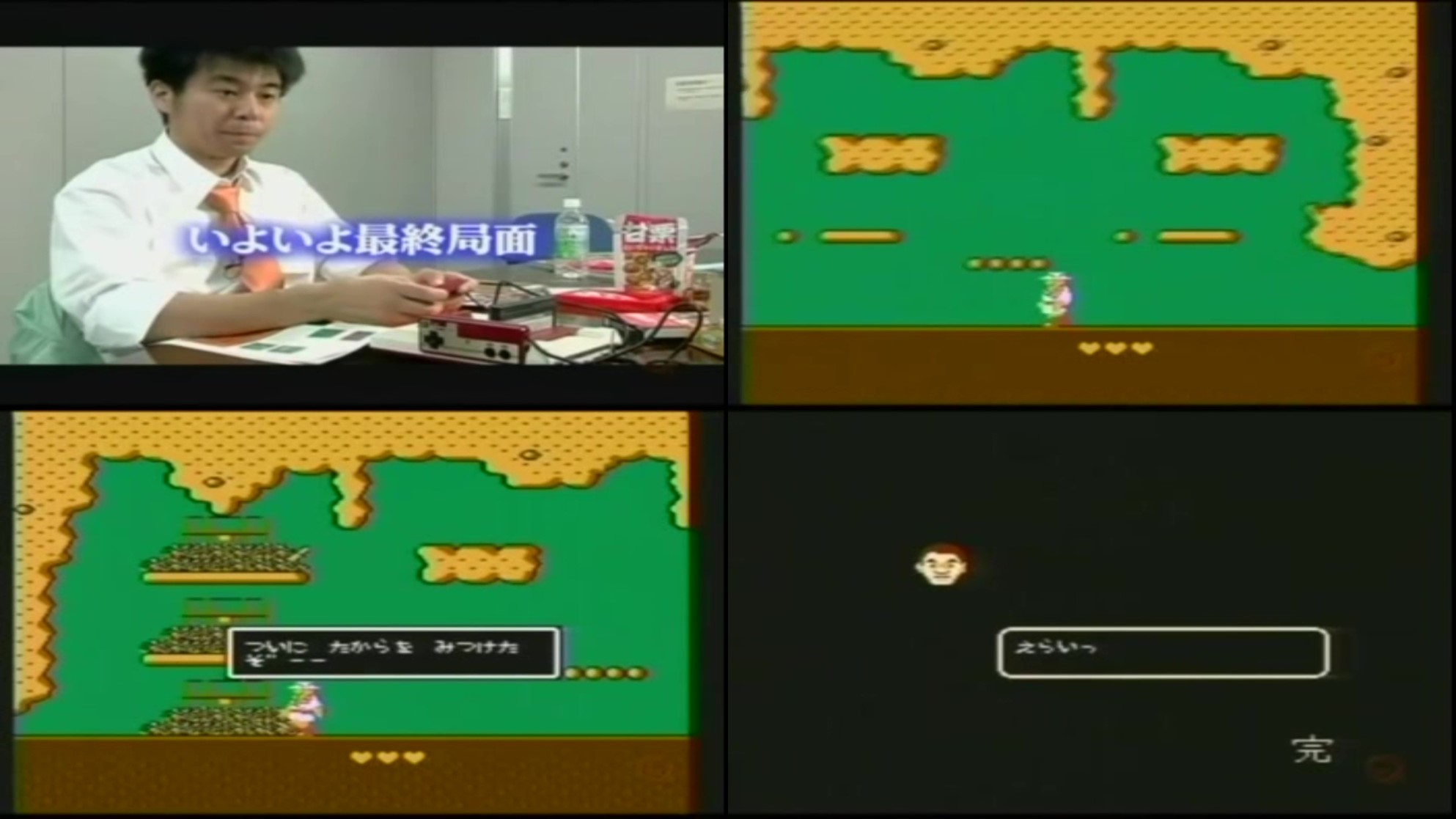
Is this all you’ve got? But according to the strategy book, if you wait for five minutes like this, you’ll be good to go.
Finally, the ending screen
Finally, the real ending screen is shown.
And there’s a message from Takeshi.
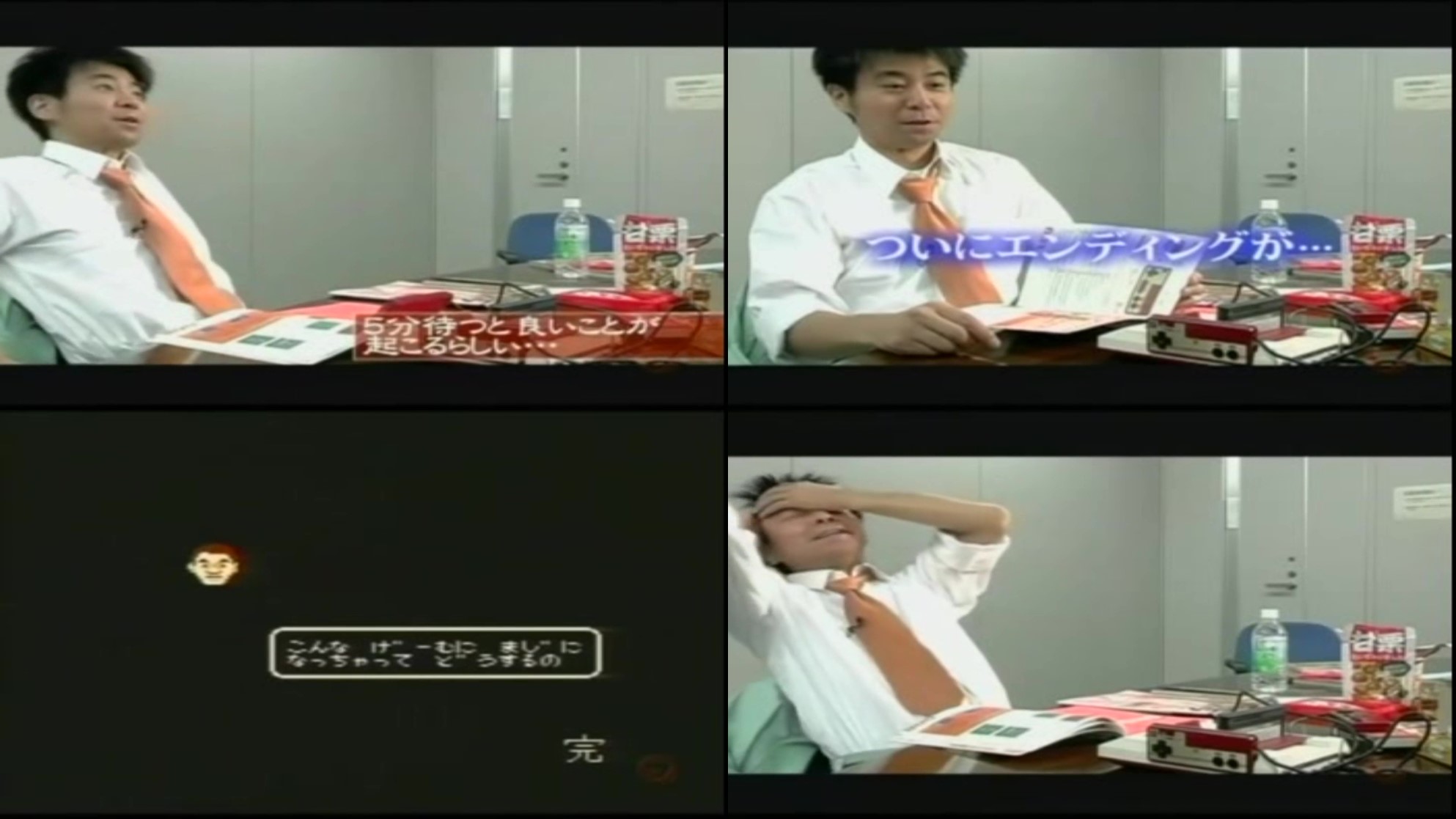
I can’t believe I’m getting so attached to this game.
It was a typical Takeshi’s message, but even Arino laughed at the fact that it was the end of the game after all the hard work he had put into solving the absurd game, saying he had been beaten.
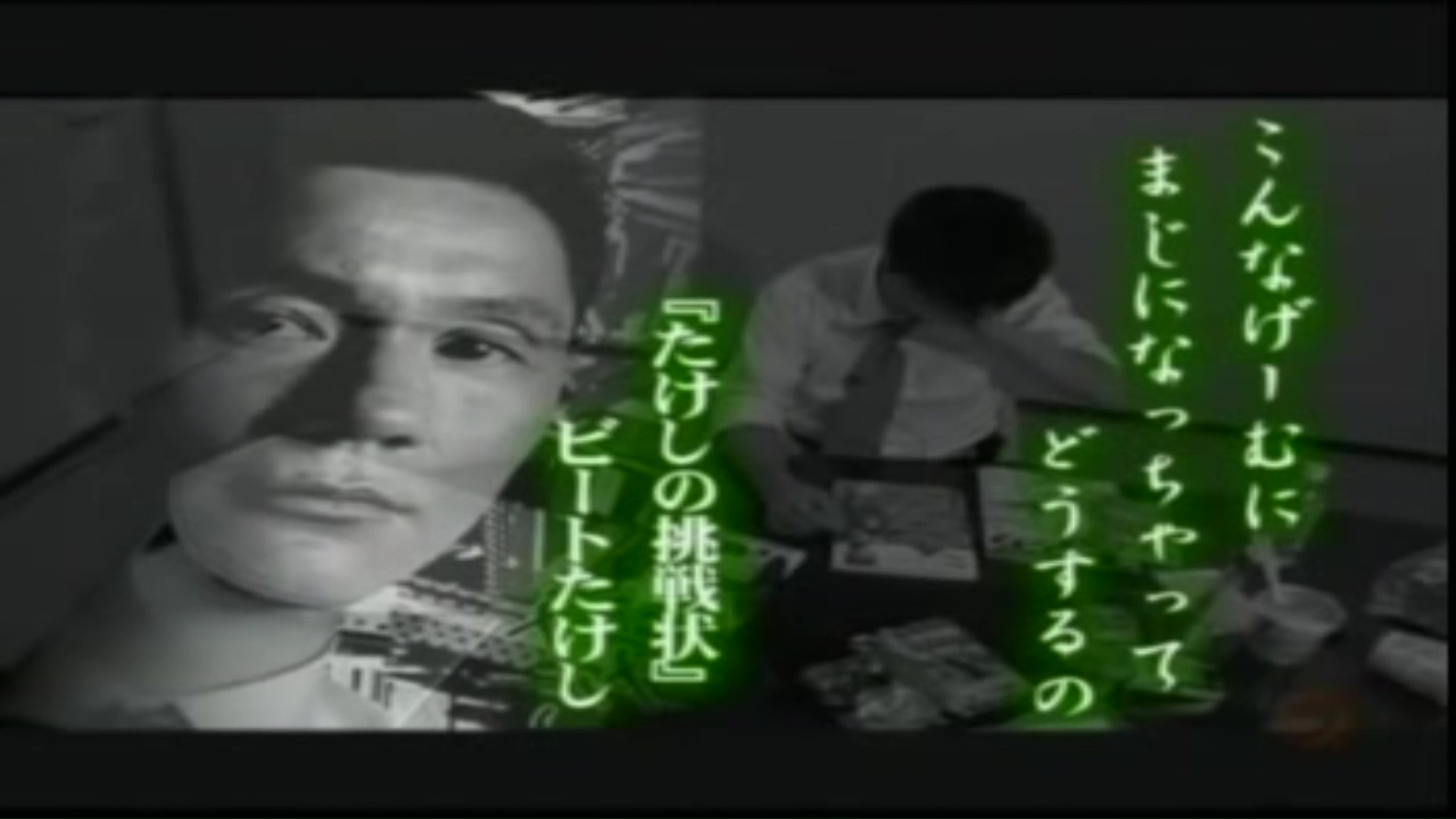
Taito’s Masterpiece Collection
Taito Masterpieces 1
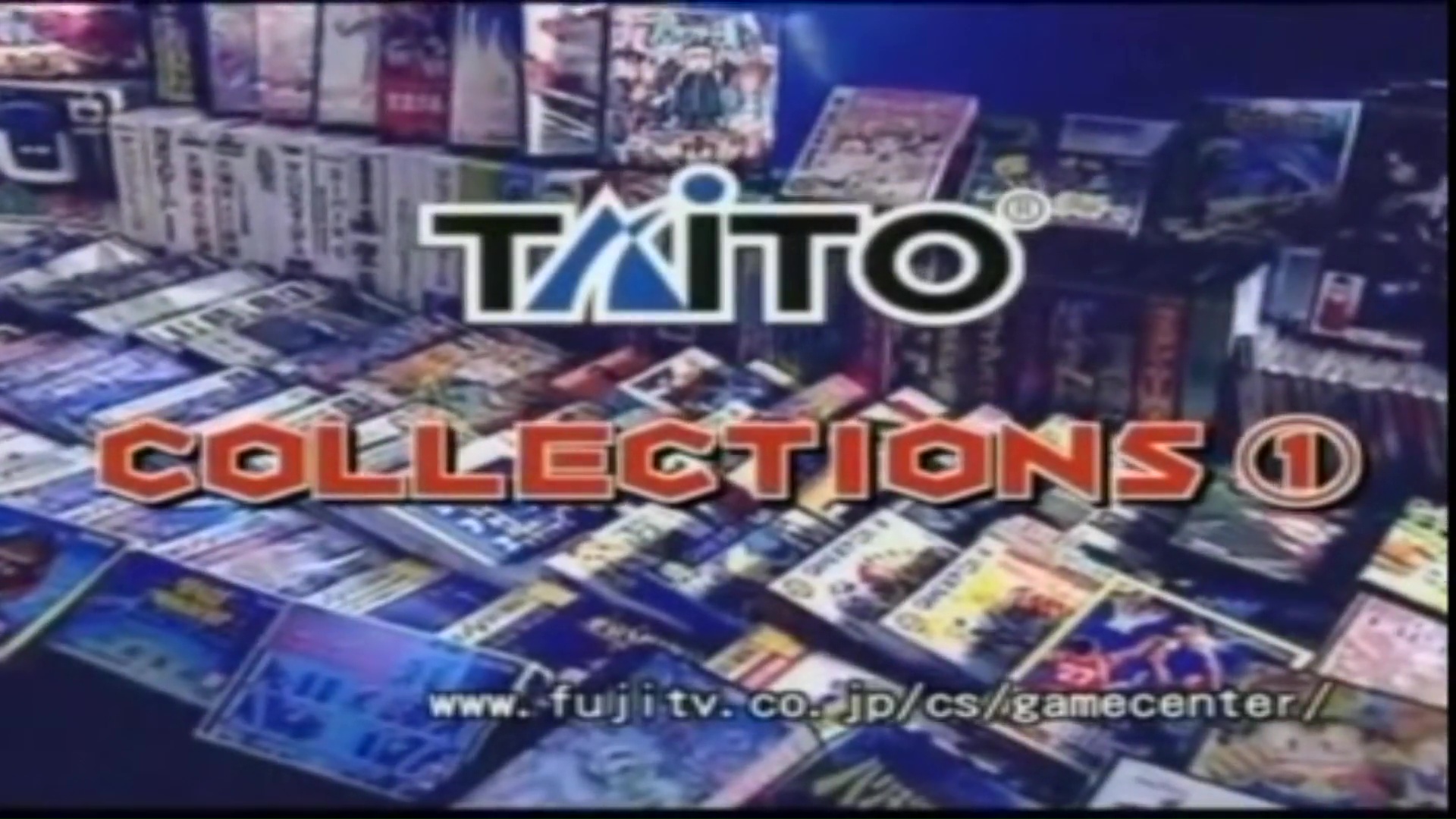
1986 “Arkanoid” NES
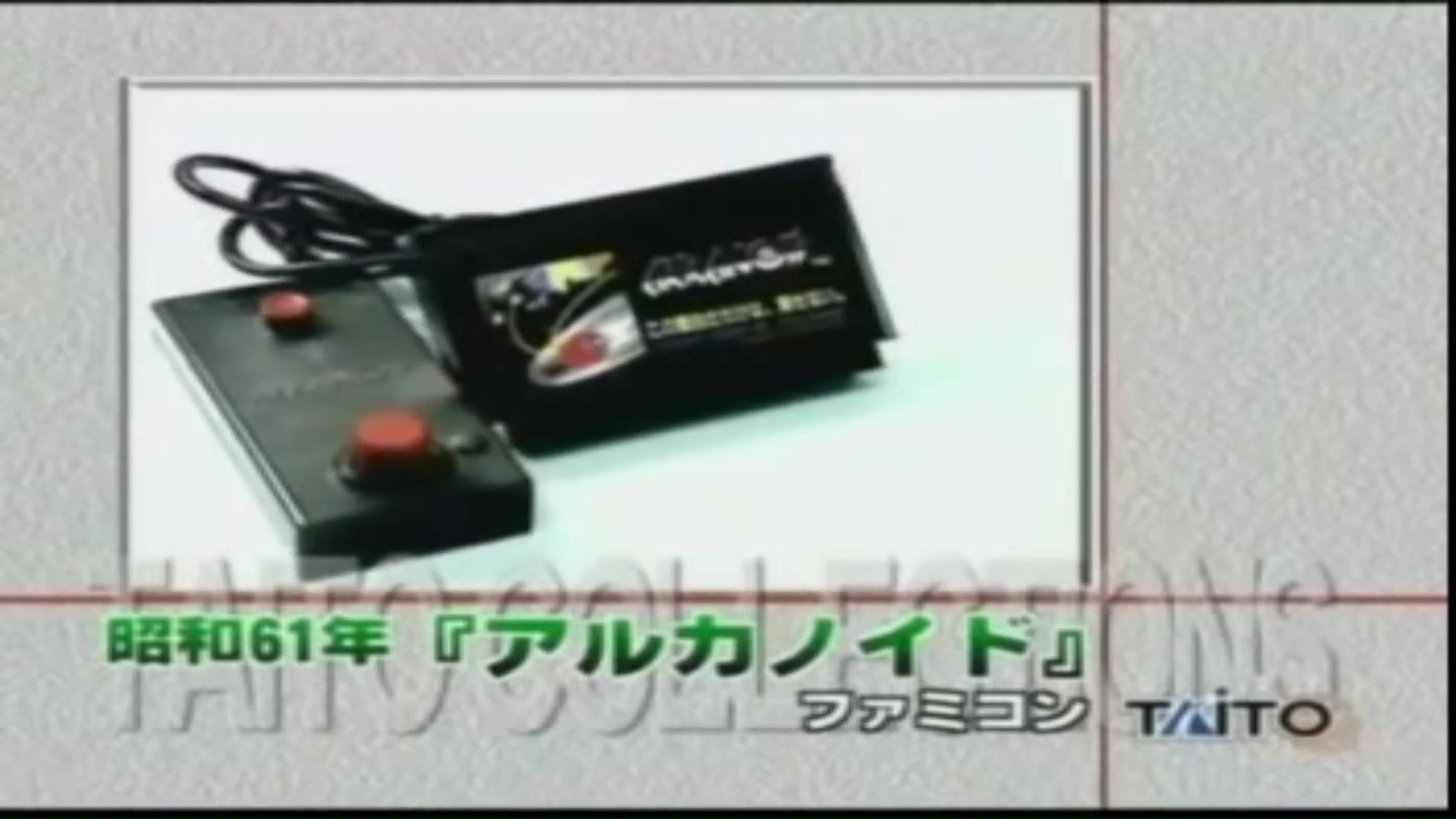
Various events are added to the block-busting game.
When all blocks are broken, you can advance to the next stage.

Continuity is possible.
On the title screen after the game is over, hold down the “A” + “B” button and press the “Select” button at least five times to start.
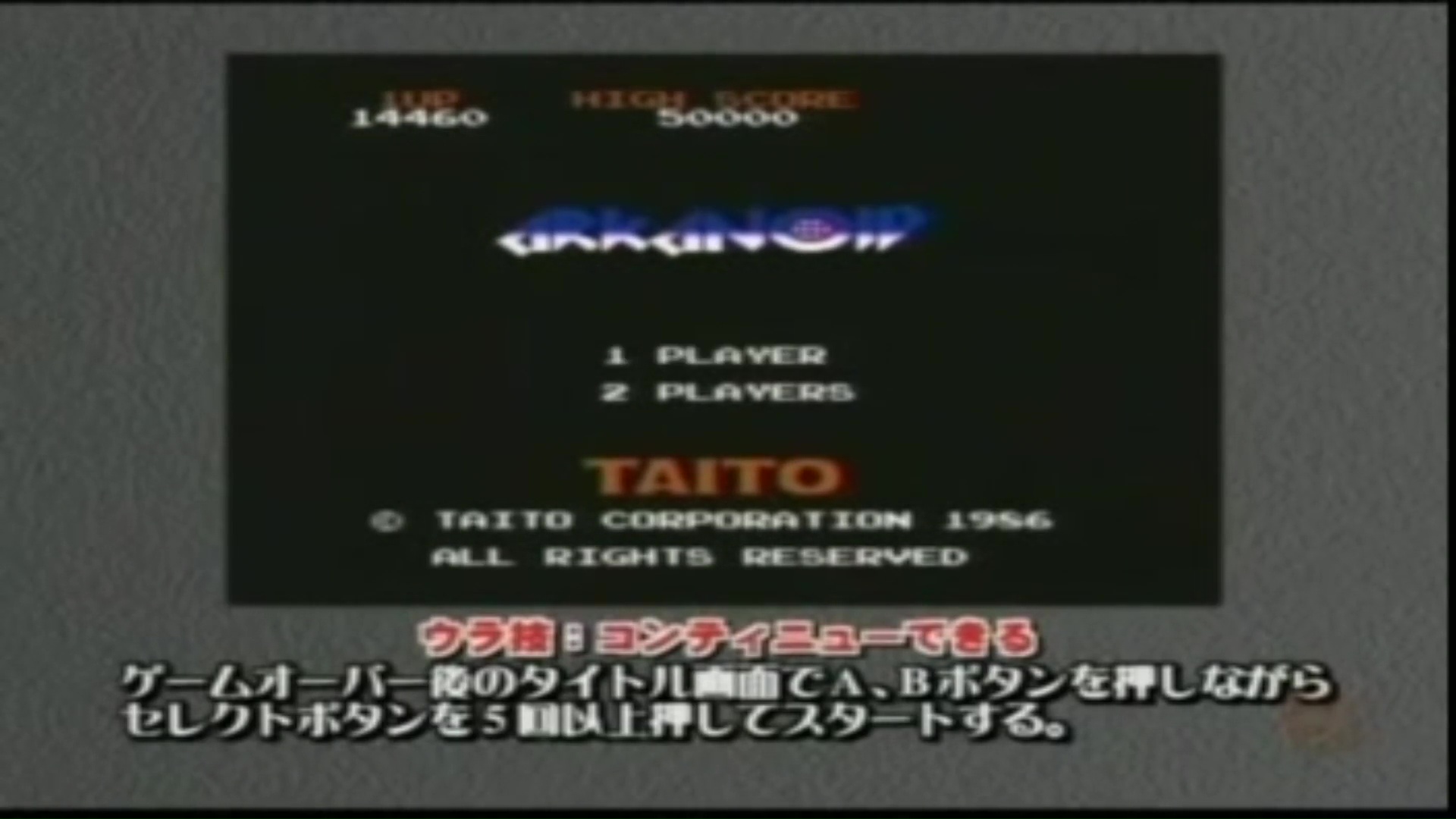
Legend of the Shadow” (1986), NES
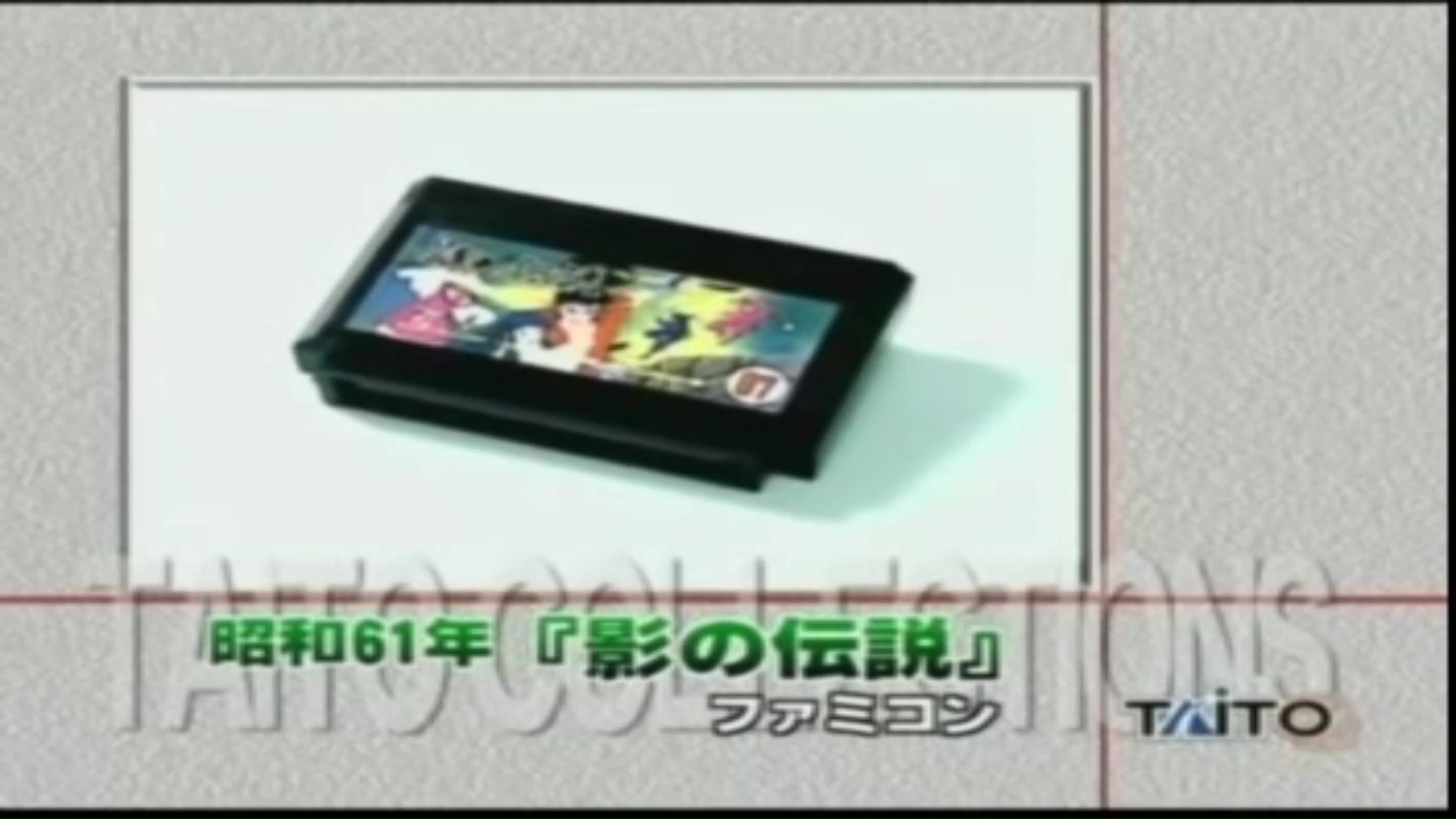
The Kage, a ninja of Iga, confronts the princess who was kidnapped to save her.
This side-scrolling action game is popular with children.
There will be ten of us.
Before the title screen scrolls, press the “A” button on Controller I + the “B” button on Controller II once to start.
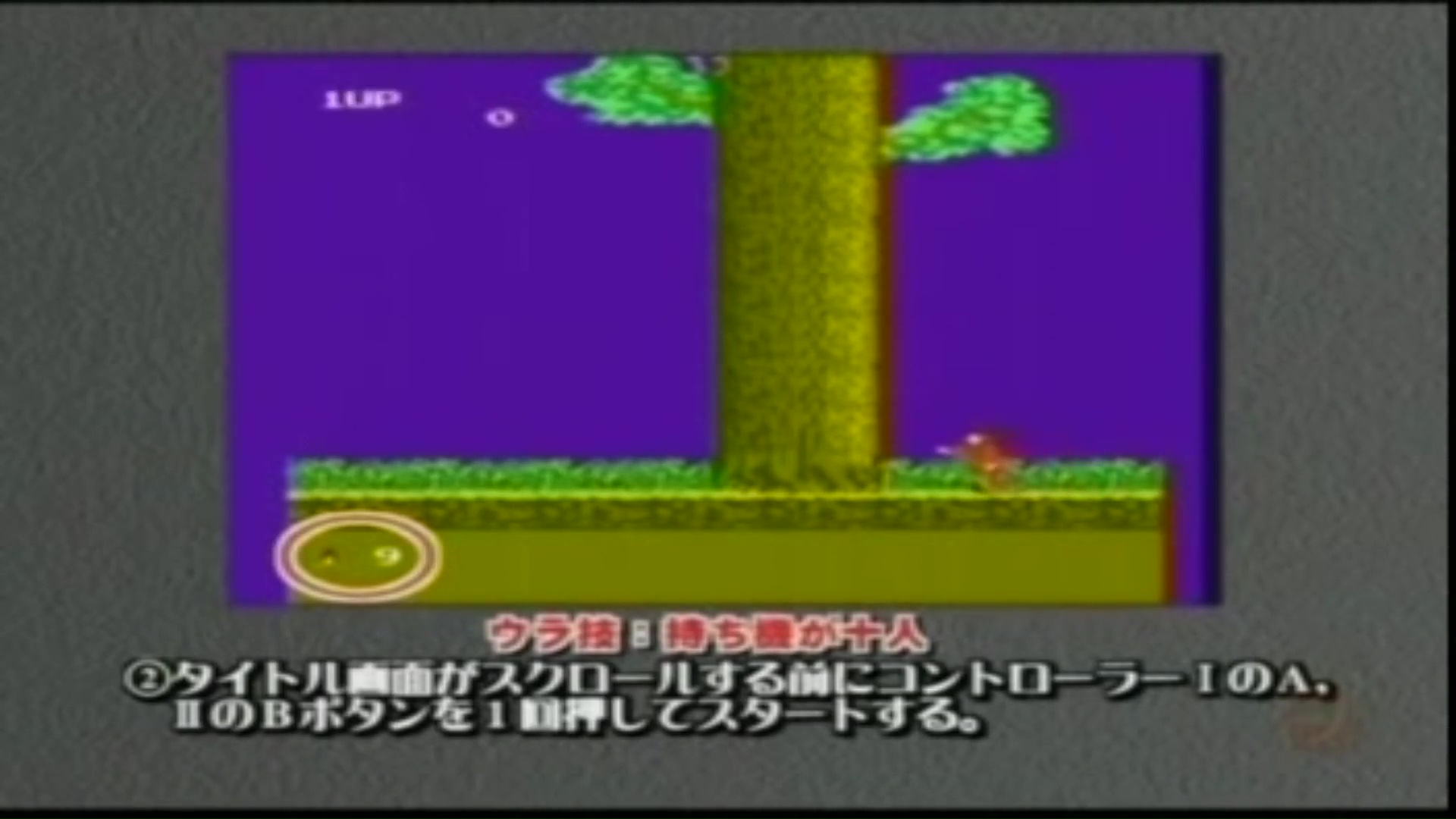
1988 “Rainbow Island” NES
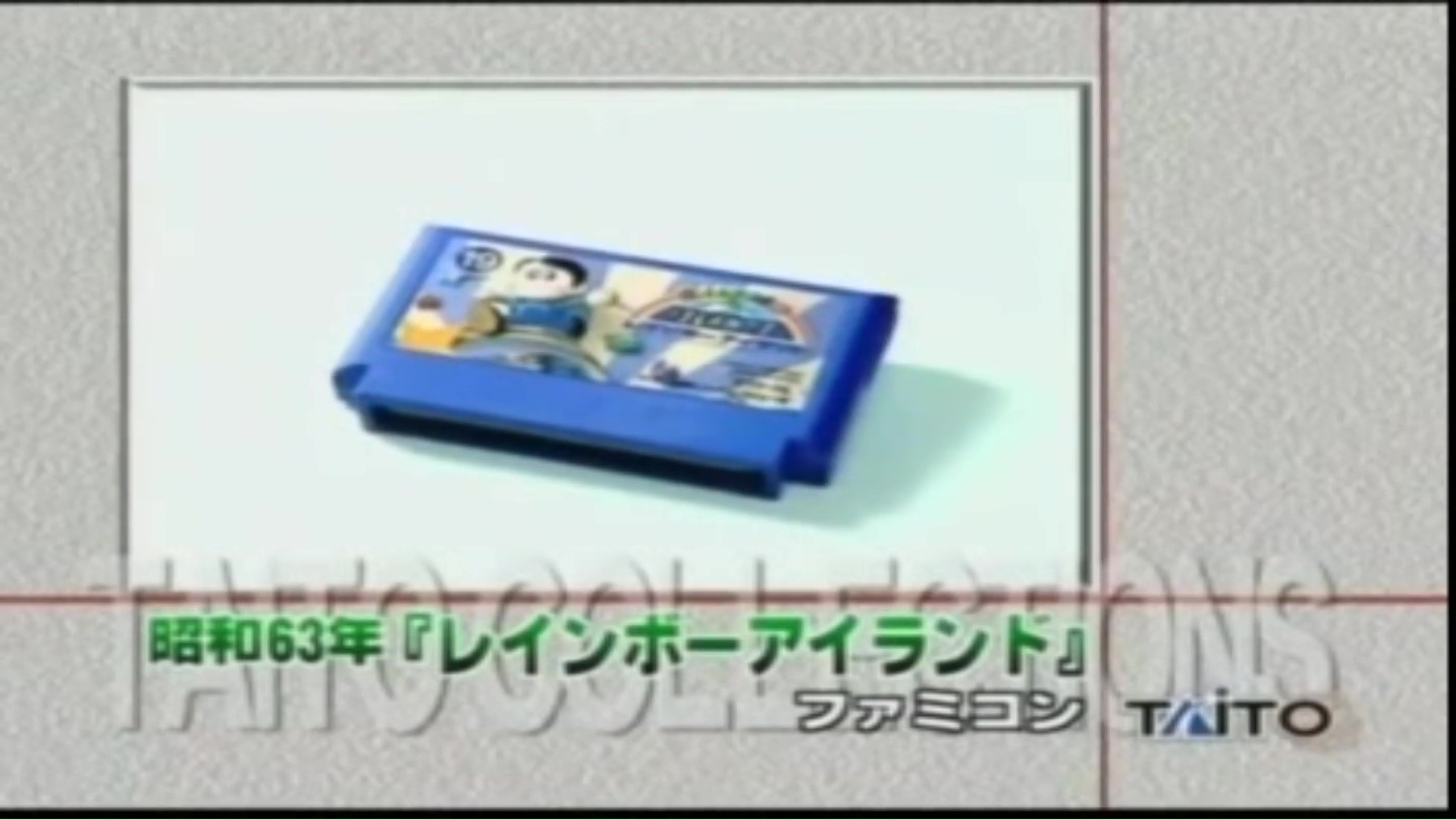
An adventurous hero sets out to explore the island to save the villagers of Rainbow Island.
This was a hot topic of discussion at the time, with characters from Taito’s past appearing in this software.

You can select the stage.
When the rainbow starts to move on the title screen, press the buttons: “Up”, “Left”, “Right”, “Right”, “Down”, “A”, “B”, and “A” in that order.
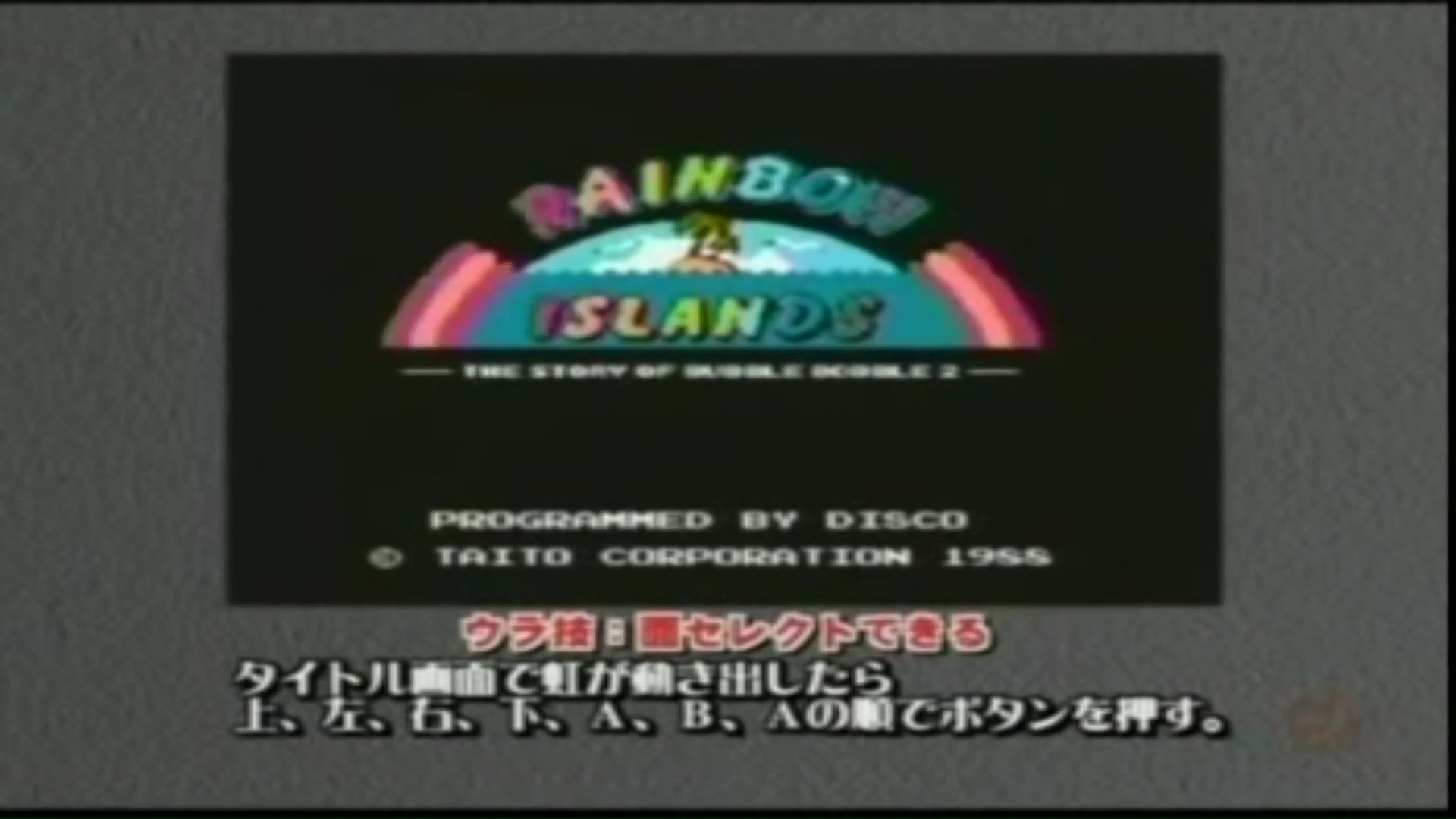
In 1989, “Chuka Daisen” NES

The protagonist, ‘Michael Chen’, sets out on a journey to obtain the title of ‘Chinese Immortal’ in martial arts and witchcraft.
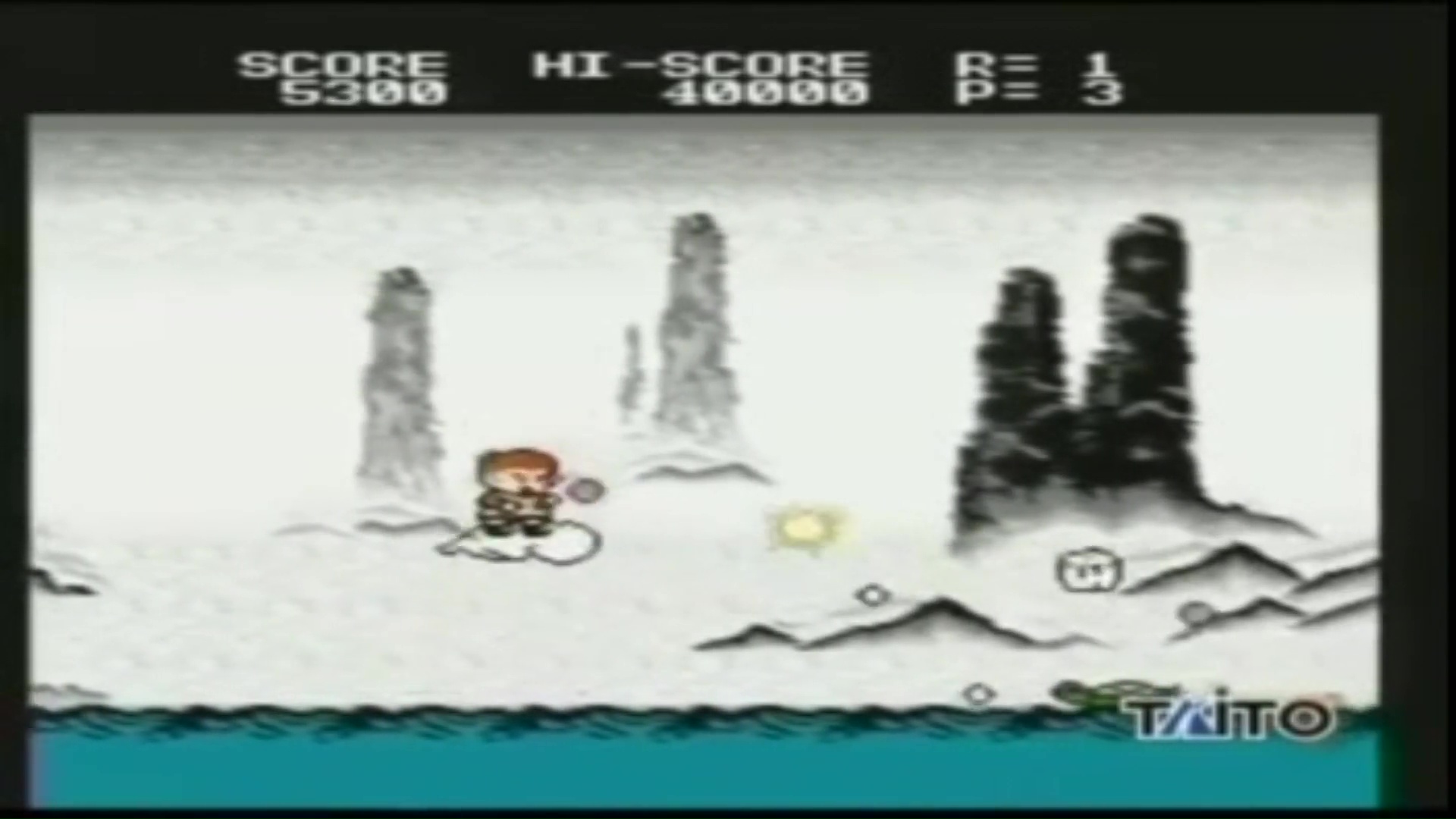
You can change the degree of difficulty and the rest of the machine.
On the title screen, press the “Upper Left” and “B” buttons on Controller I to start.
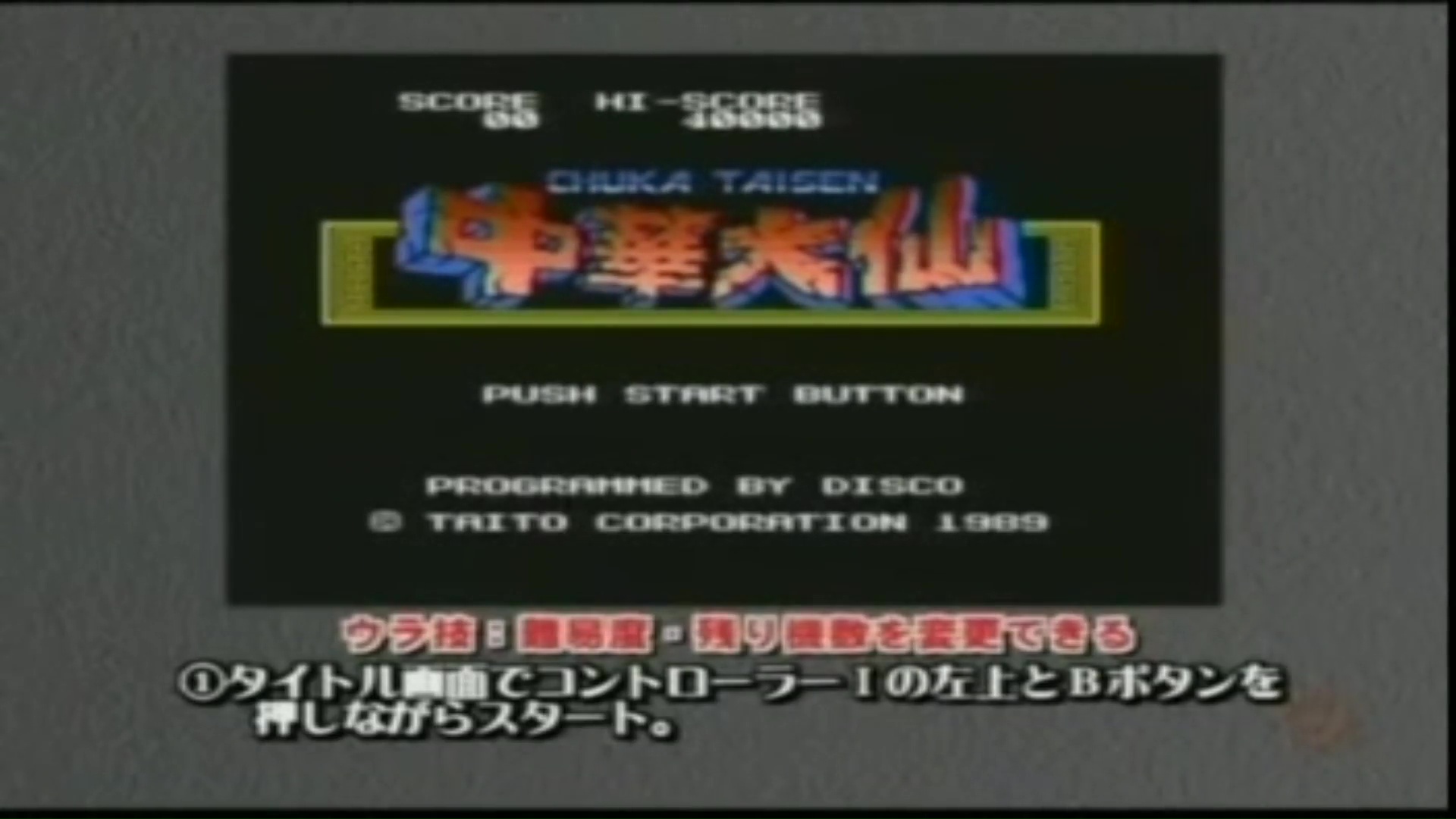
Taito Masterpieces 2
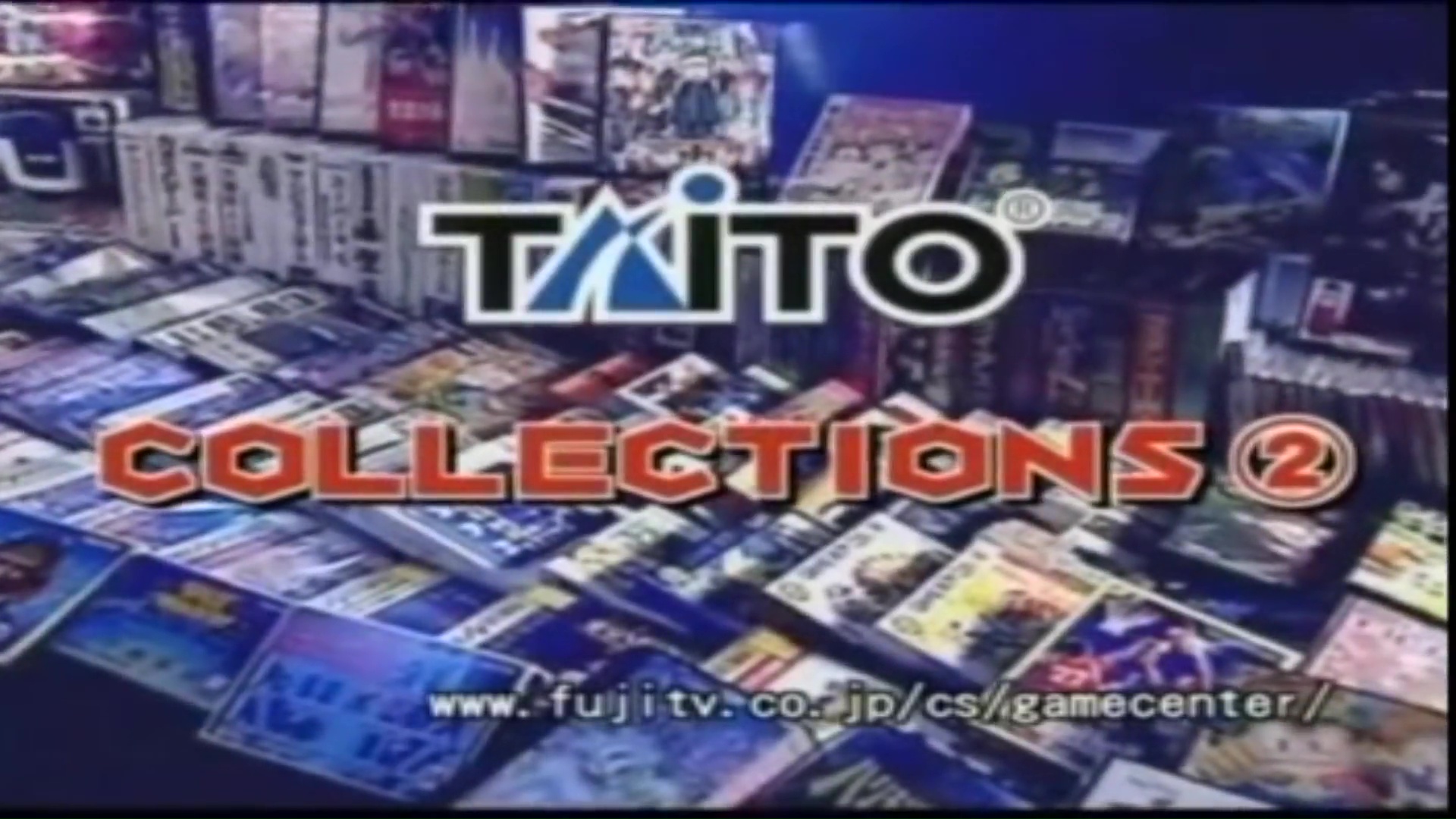
1985 “Elevator Action” NES
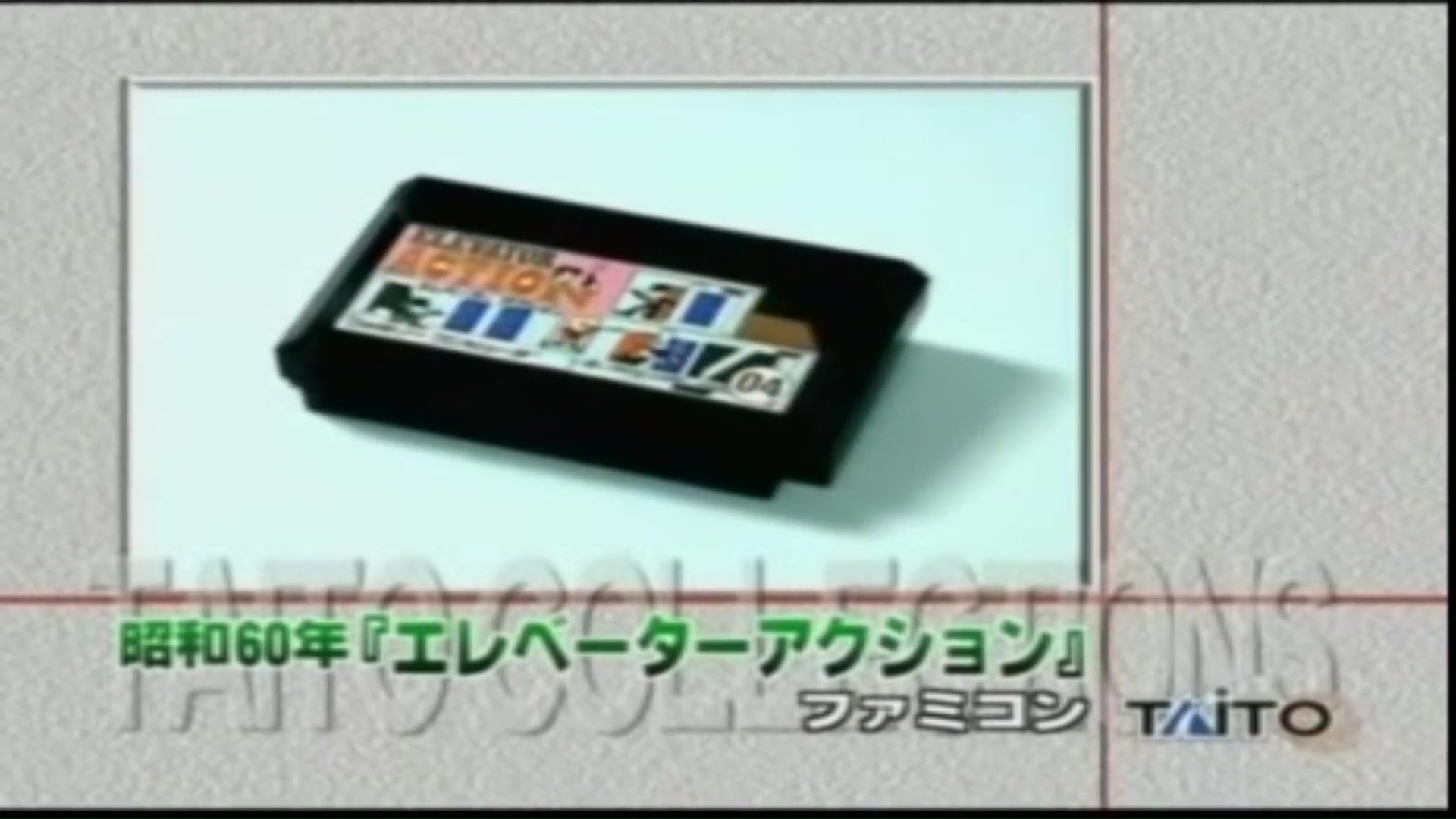
A spy on a top-secret mission breaks into the organization’s building.
They carry out their mission.
The arcade version sparked a huge hit.

The first shot blows back slow.
Start the game for 2 players.
When player 2 starts, press the “B” button repeatedly while holding down the top of controller II.
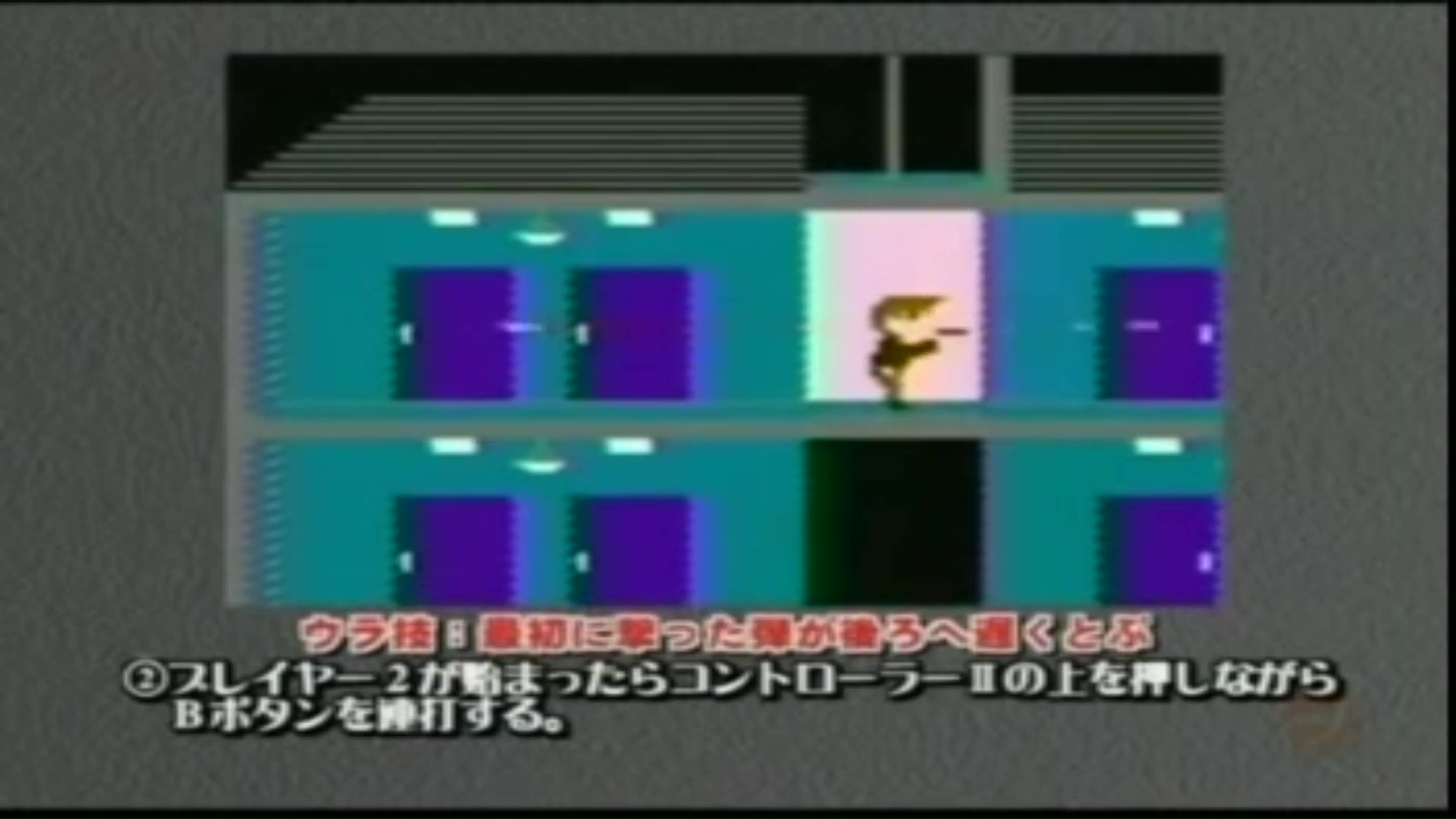
1993 “Bubble Bobble 2” (NES)
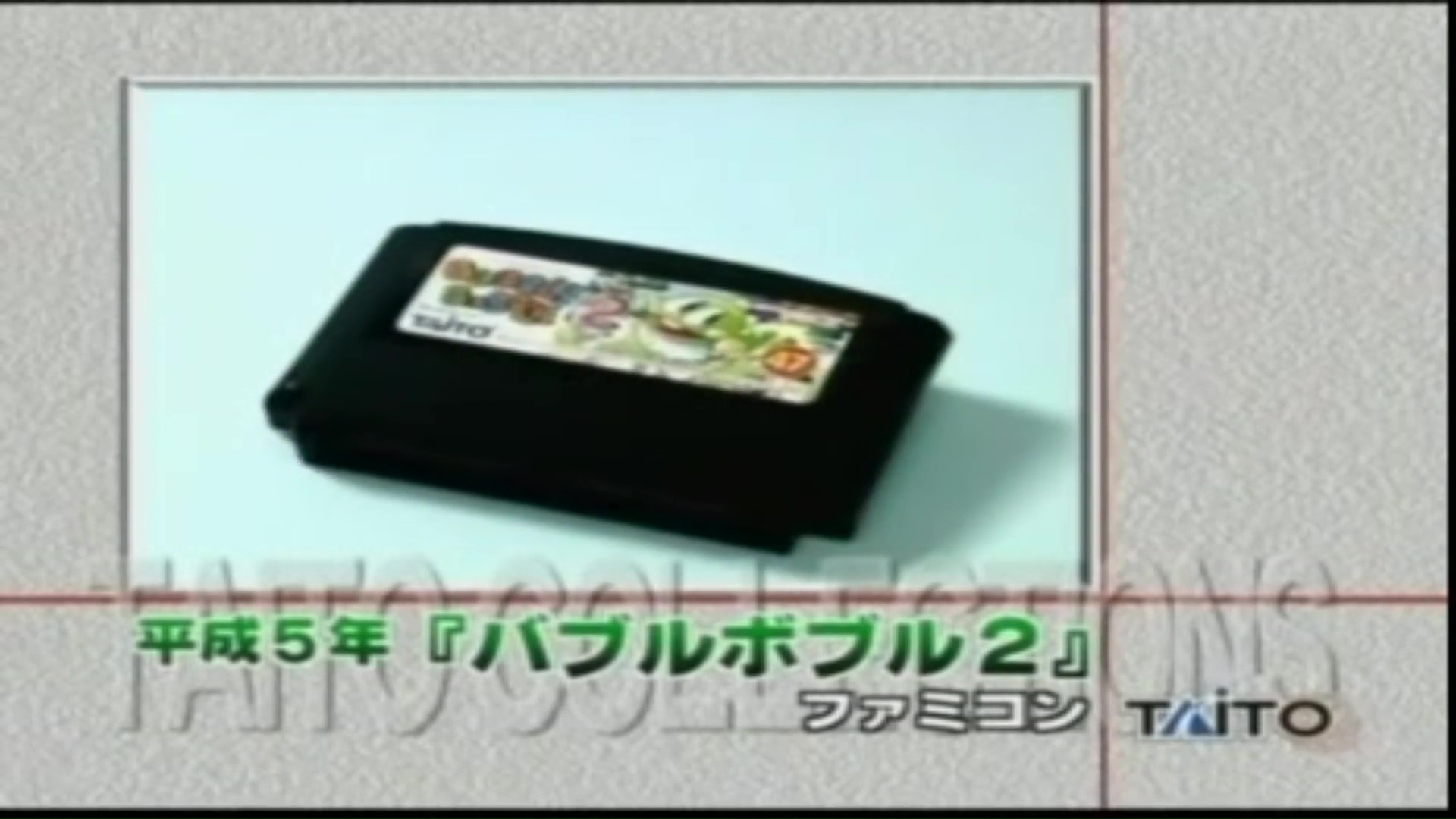
A face-clearing action game with a total of 80 pieces.
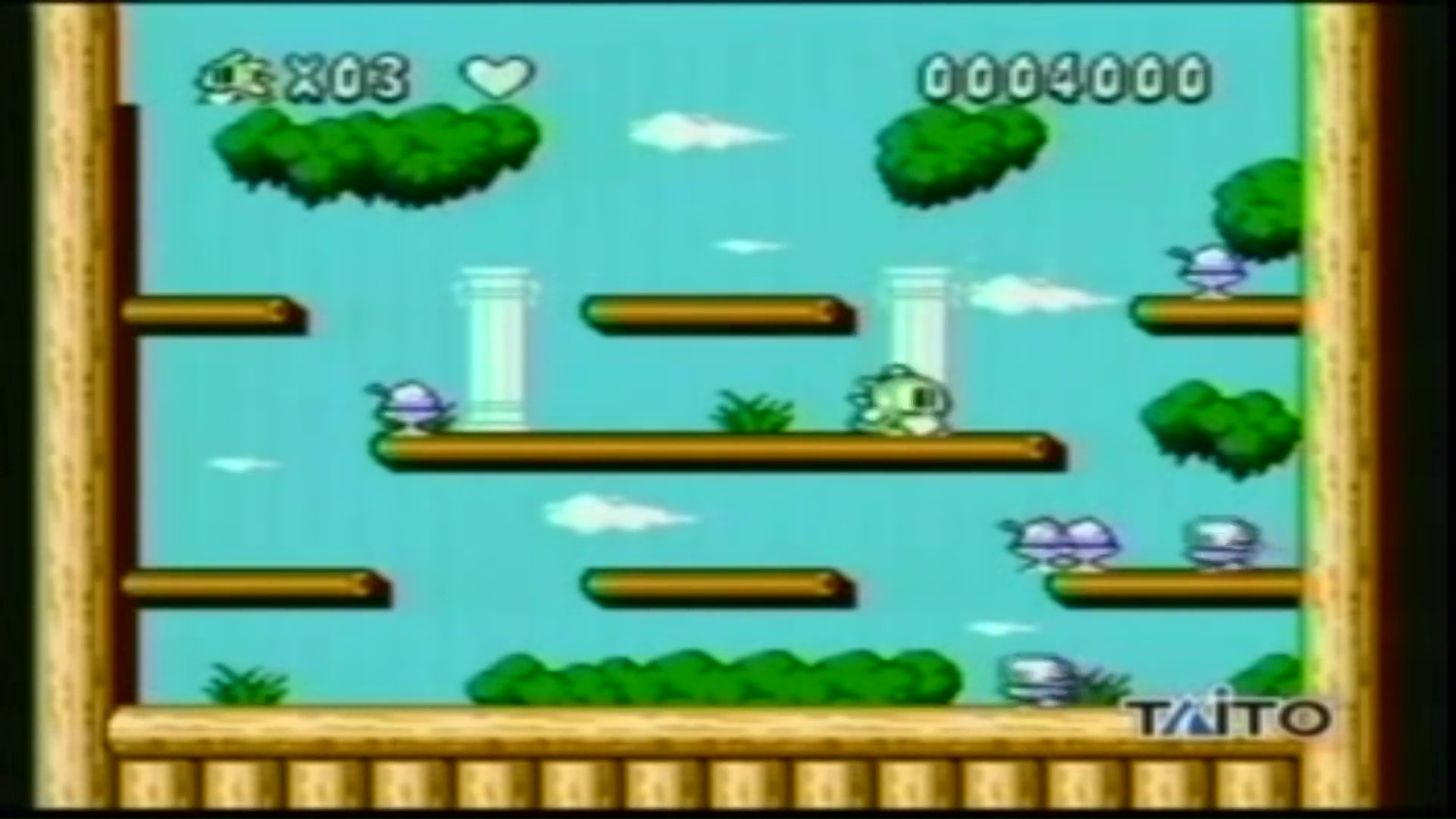
1988 “Ultimate Harikiri Stadium” Famicom
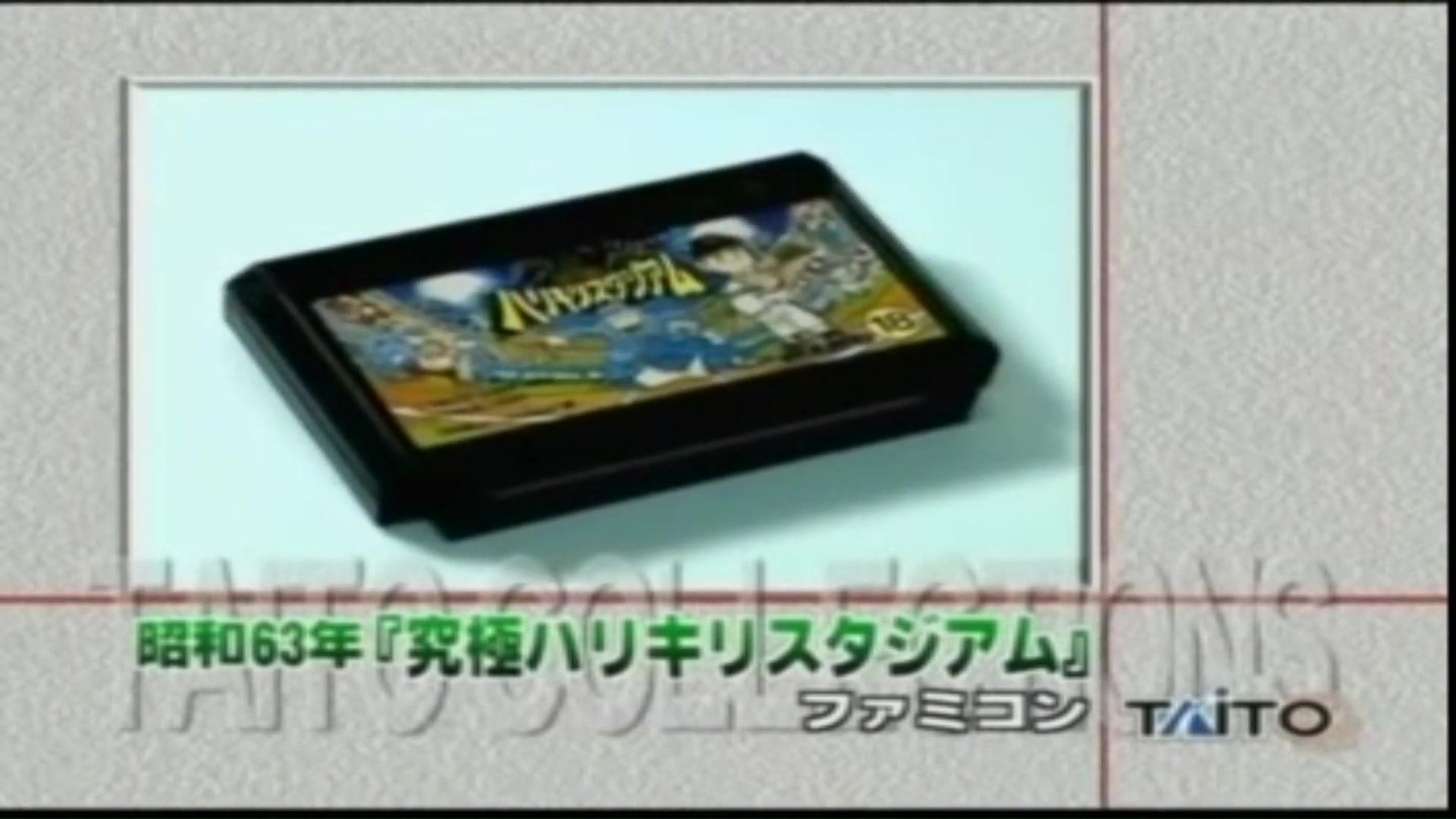
The player himself becomes the coach and leads the team to victory.
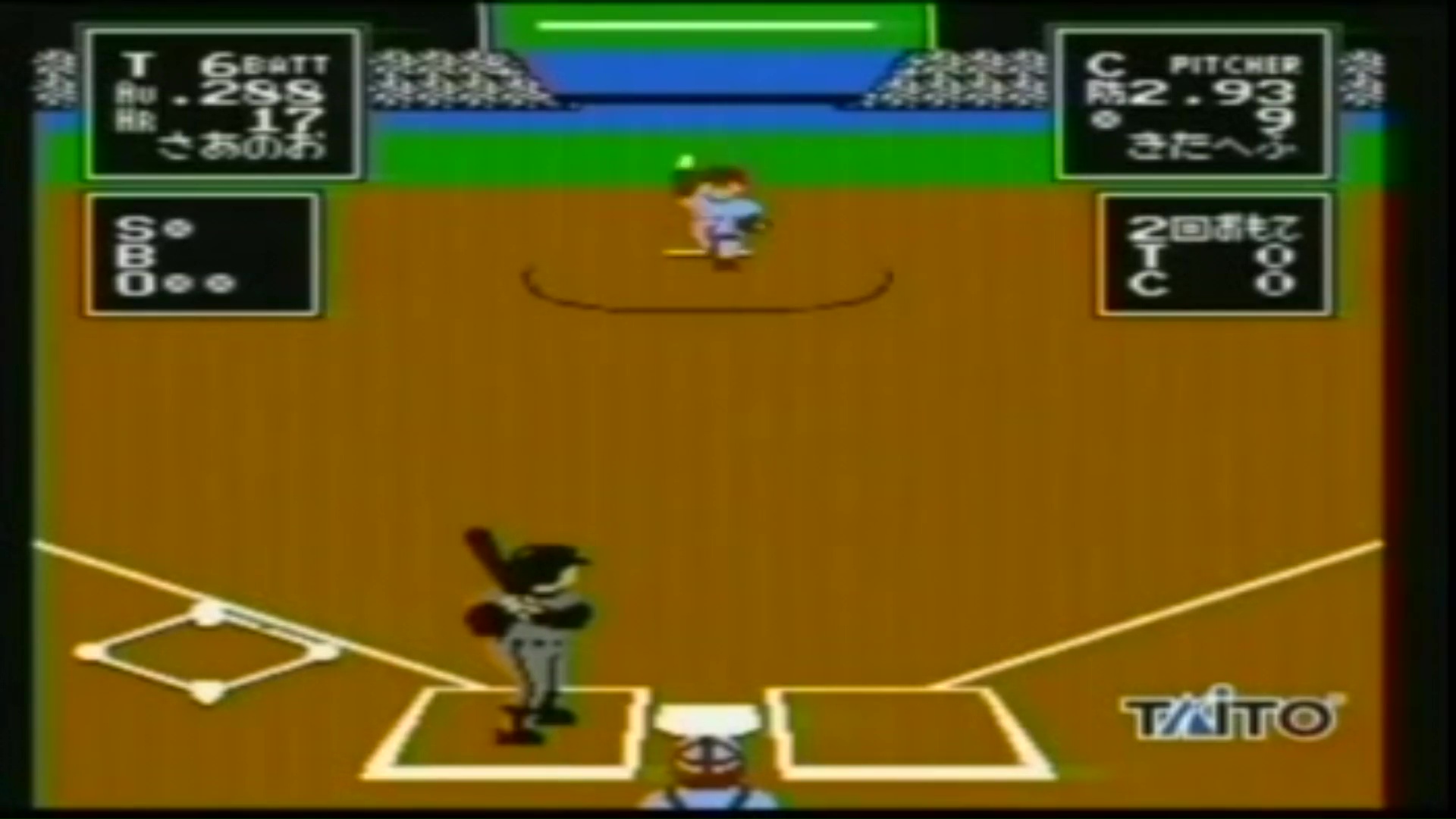
1985 “Sky Destroyer” Famicom
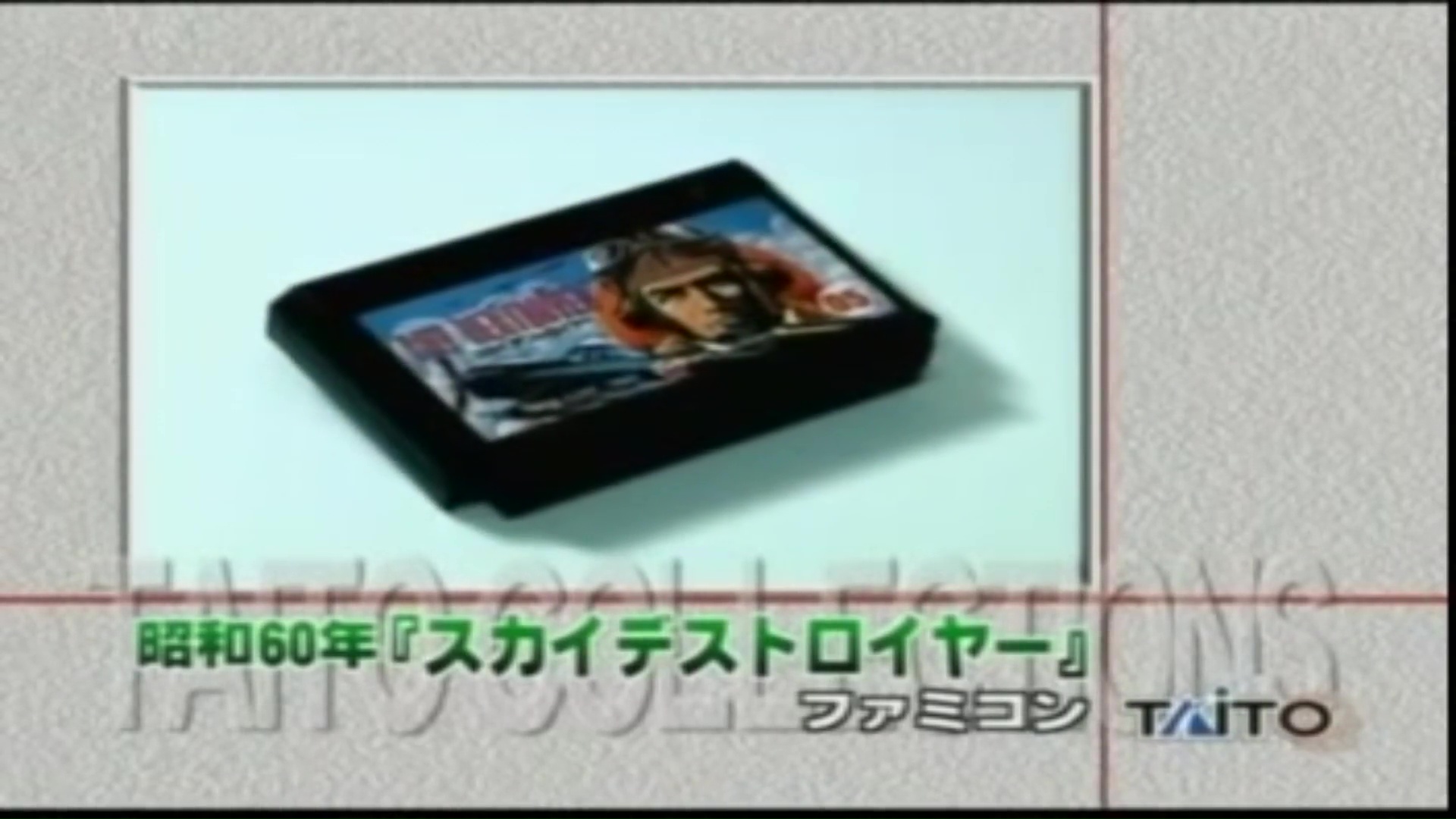
Fierce battles between the player’s fighter jet and enemy aircraft off the coast of the Philippines.
The beautiful 3D graphics, which were revolutionary at the time, are appealing.

Invincible (as long as you don’t fall into the sea)
Press the “Start” and “Select” buttons to reset.
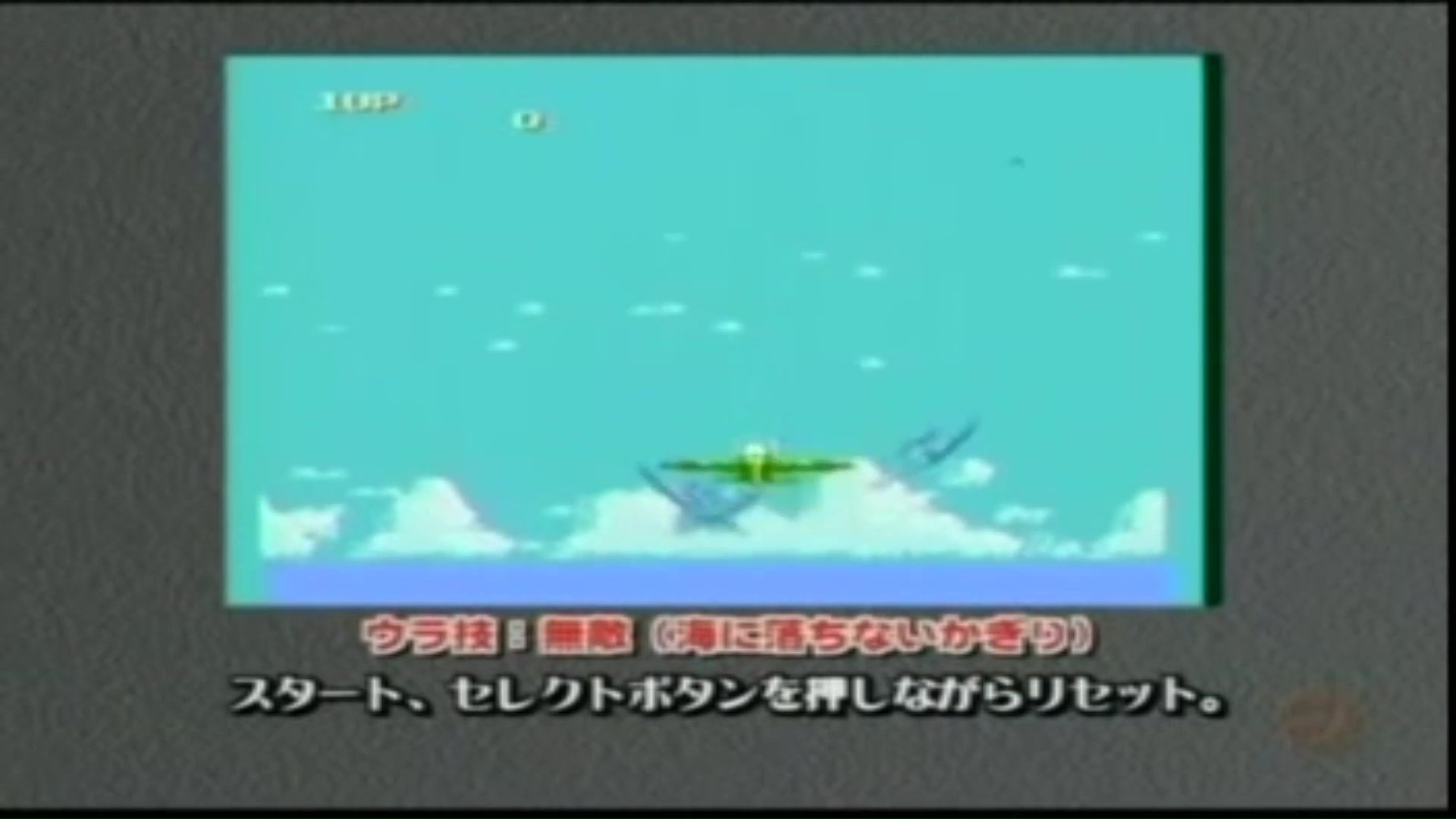
In 1989, “Laughter! Jinsei Gekijo” series NES
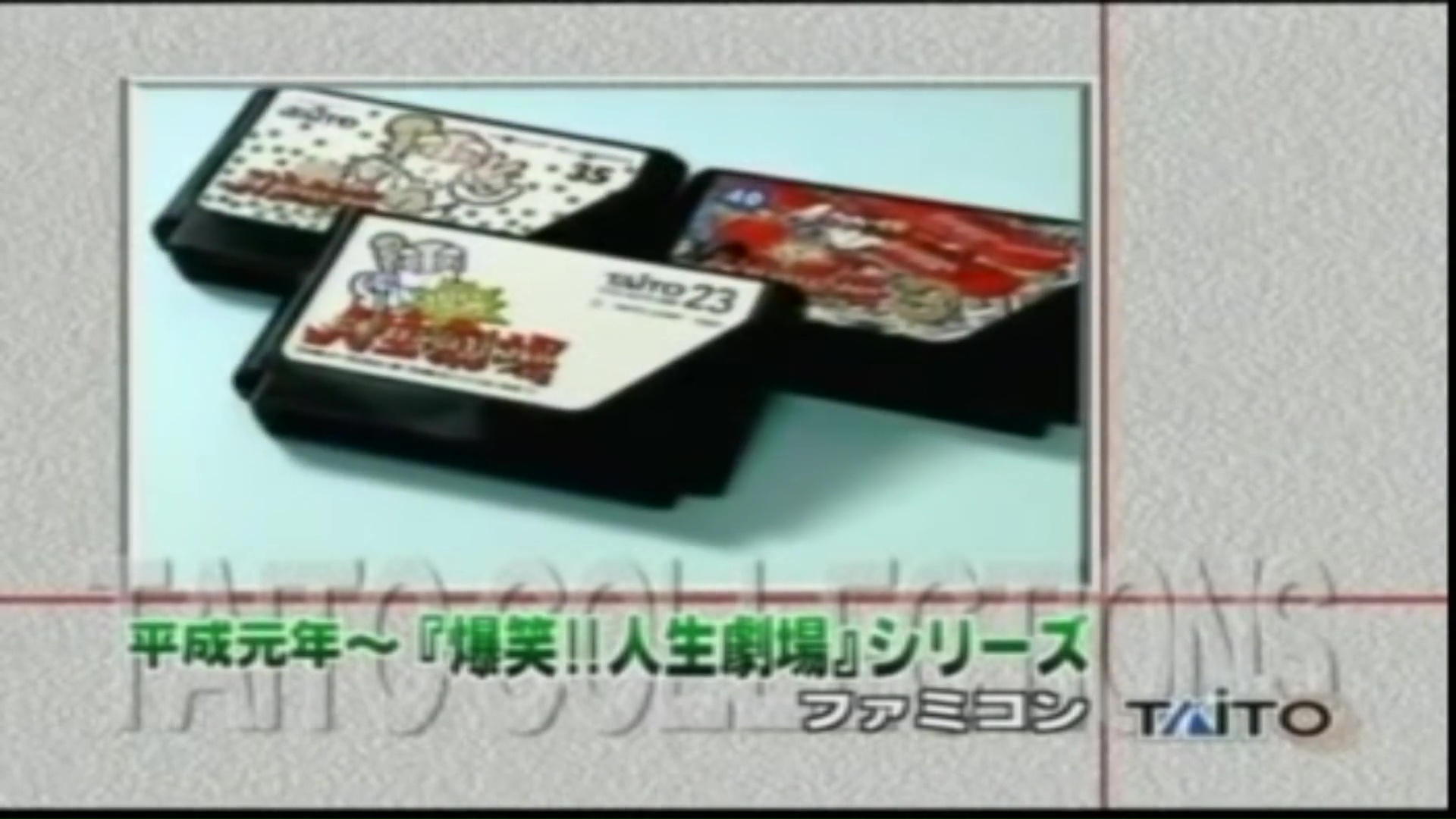
A popular series of games in which the players themselves play the game of life as a hobby.
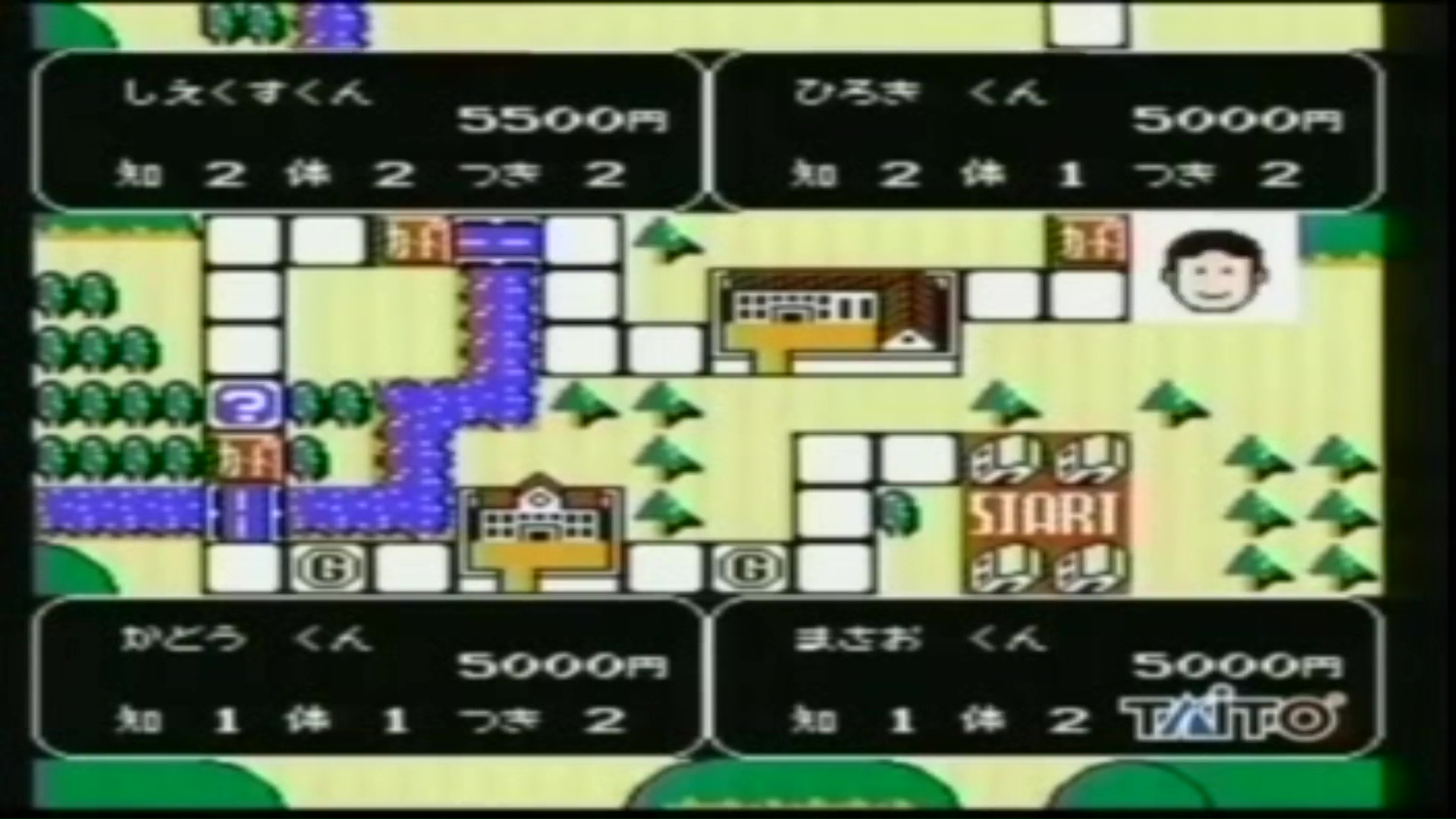
Taito Masterpieces 3
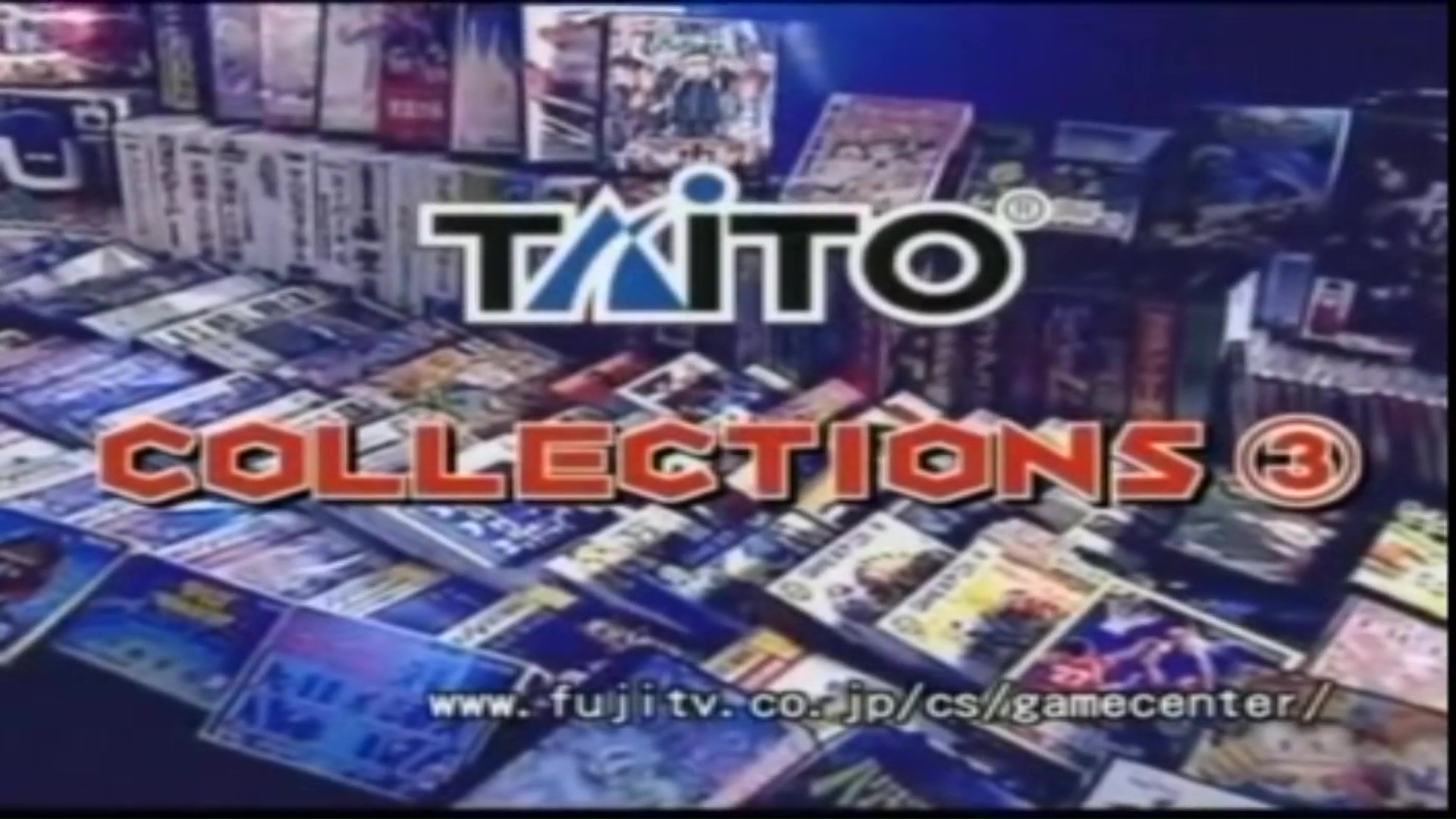
1986 “The Sixty-four Swords” NES
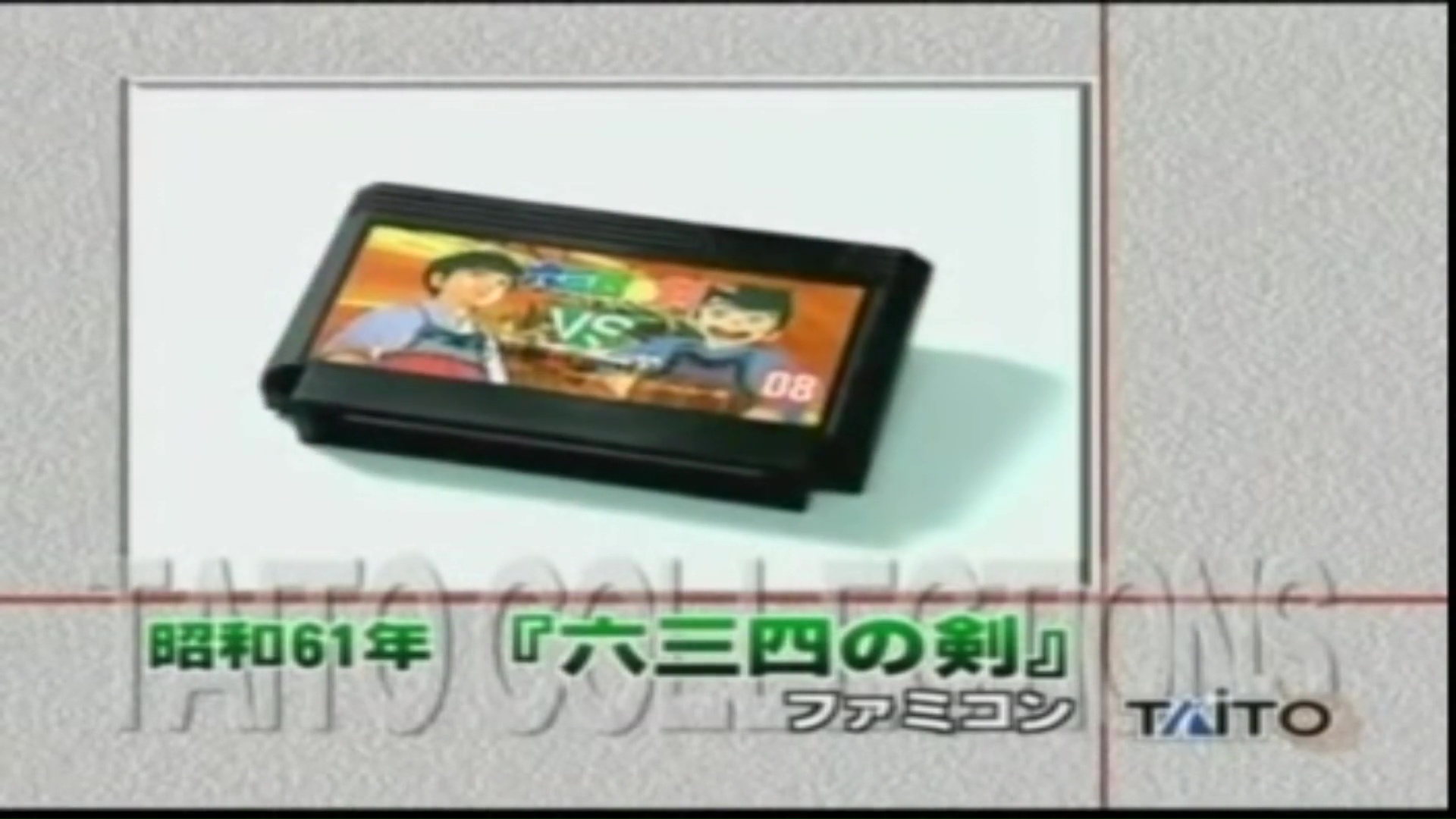
A game adaptation of a popular kendo comic.
A side-scrolling action game using kendo.
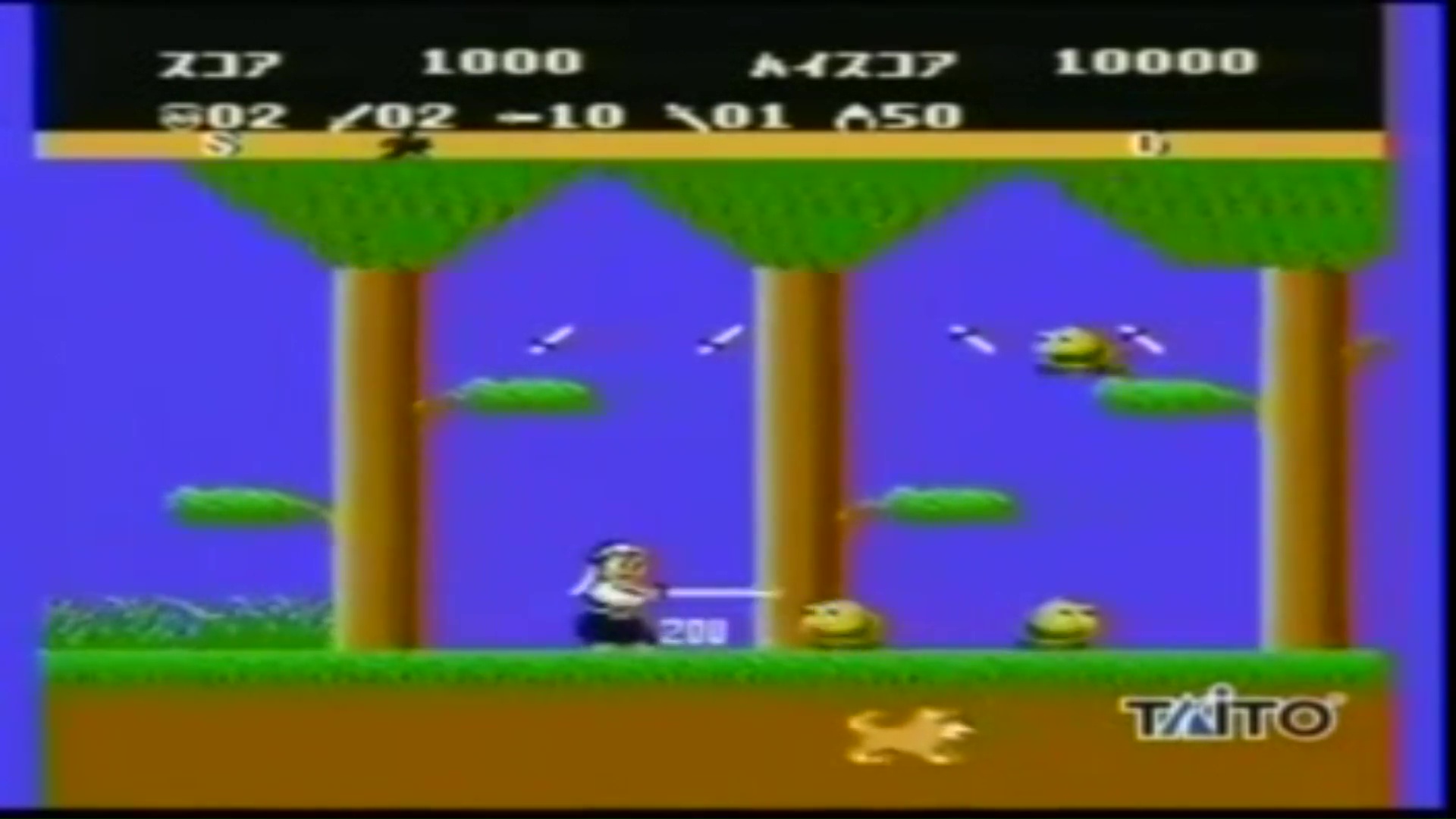
In addition, there is also a Great War mode, which is fun for two players.
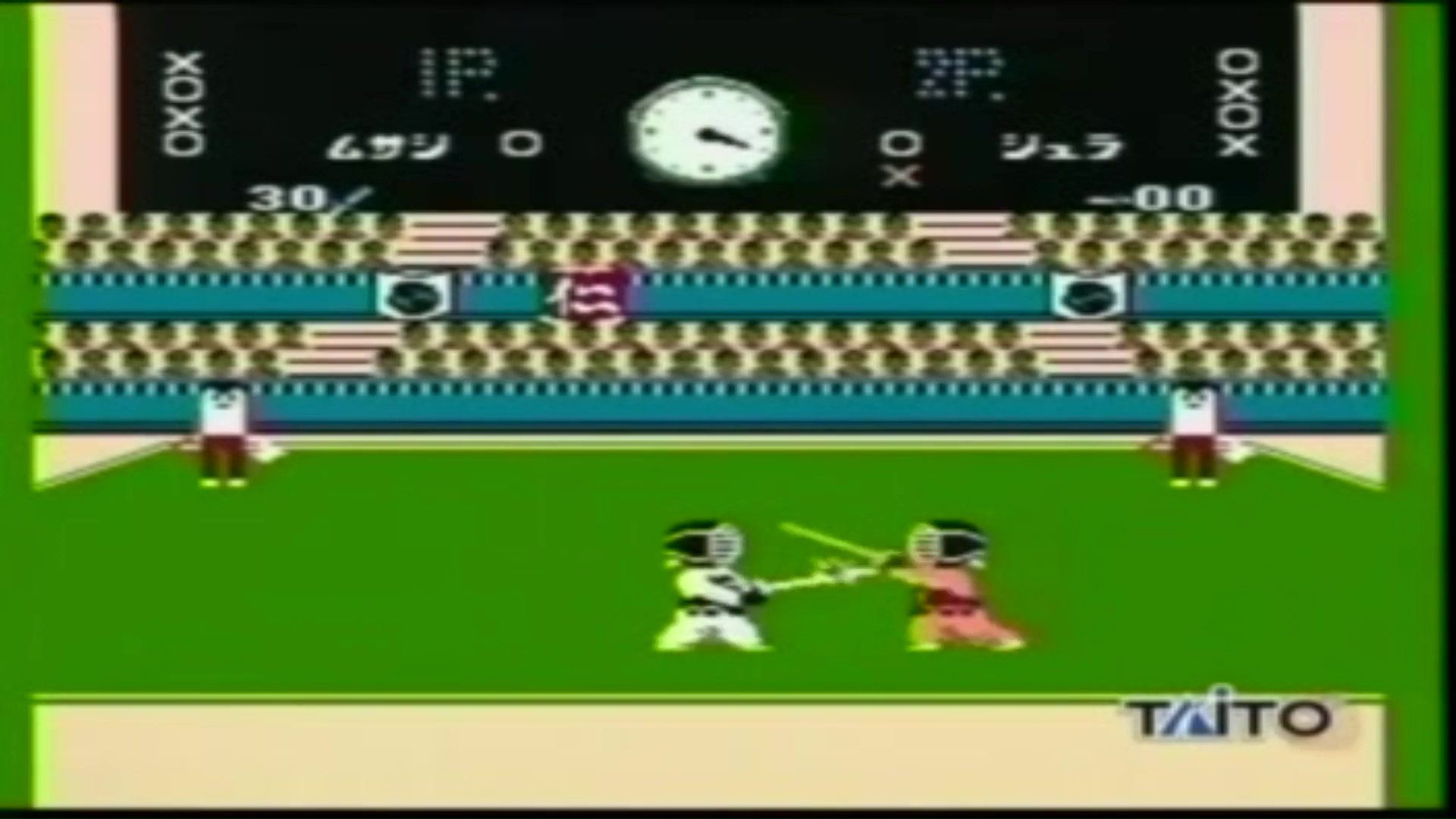
1988 “Akira” Famicom
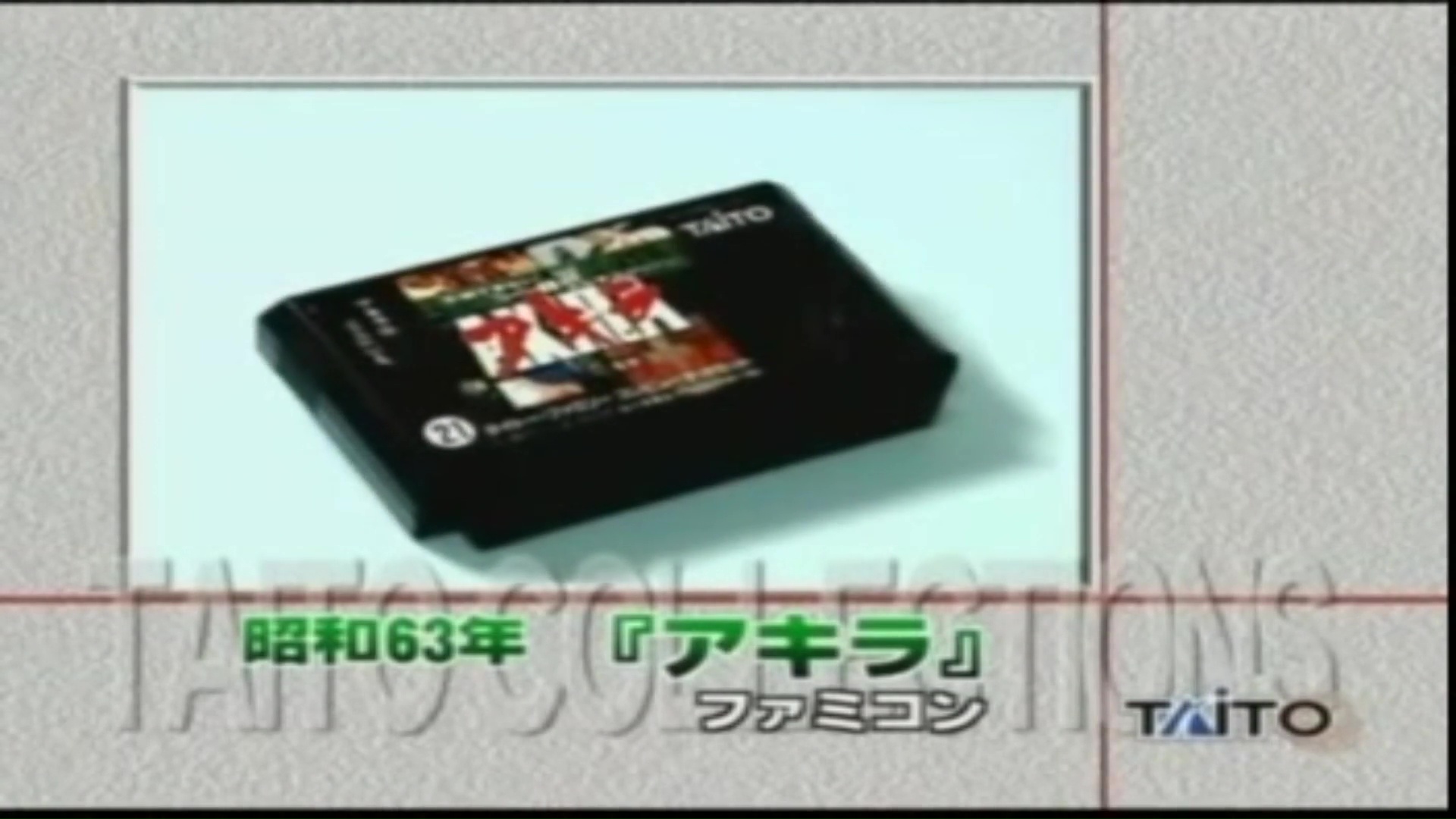
An adventure game set 31 years after World War III in “Neo Tokyo”.
Katsuhiro Otomo’s original work can be enjoyed in a game.
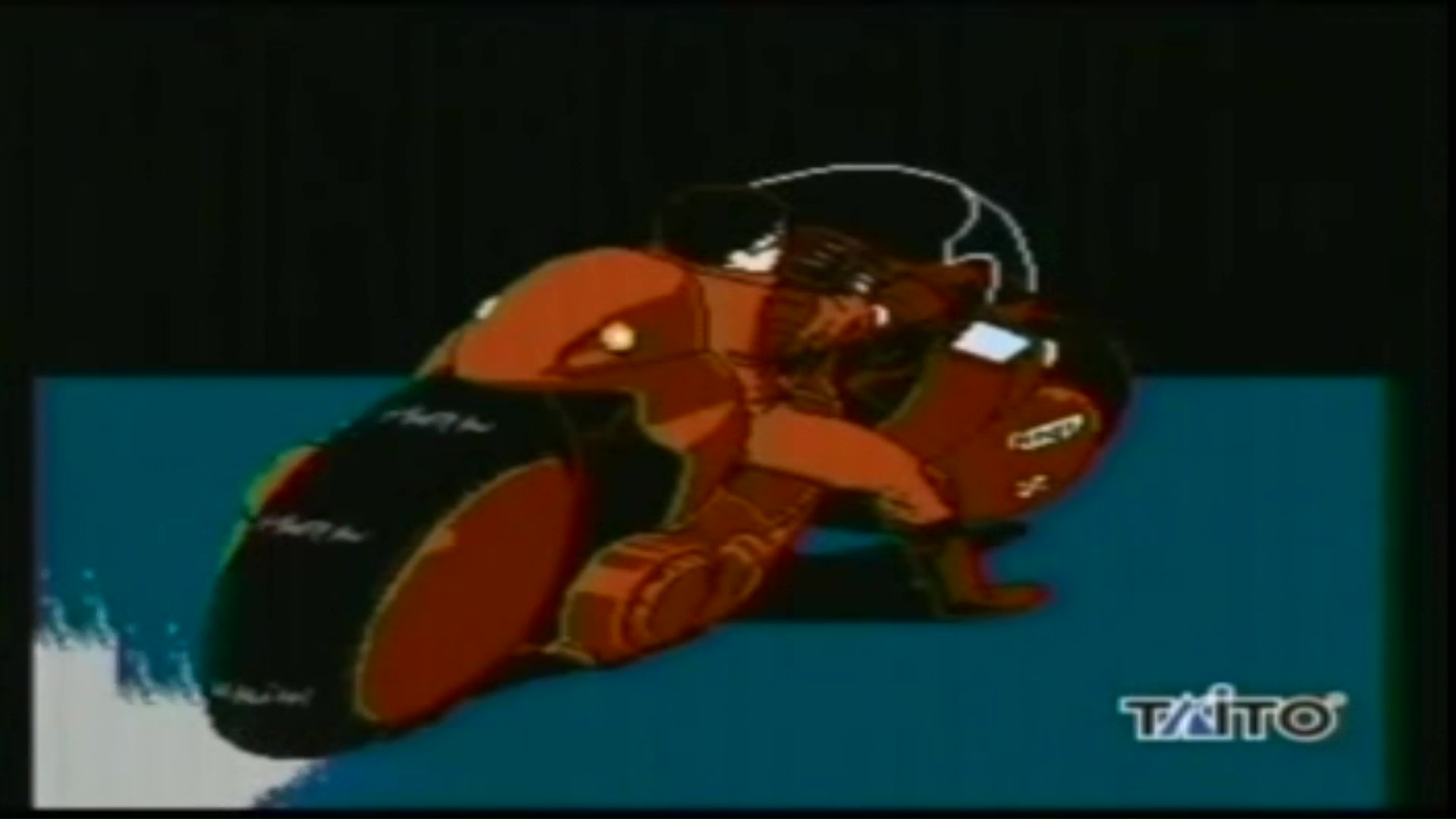
2002 “Rakugaki Kingdom” Playstation 2
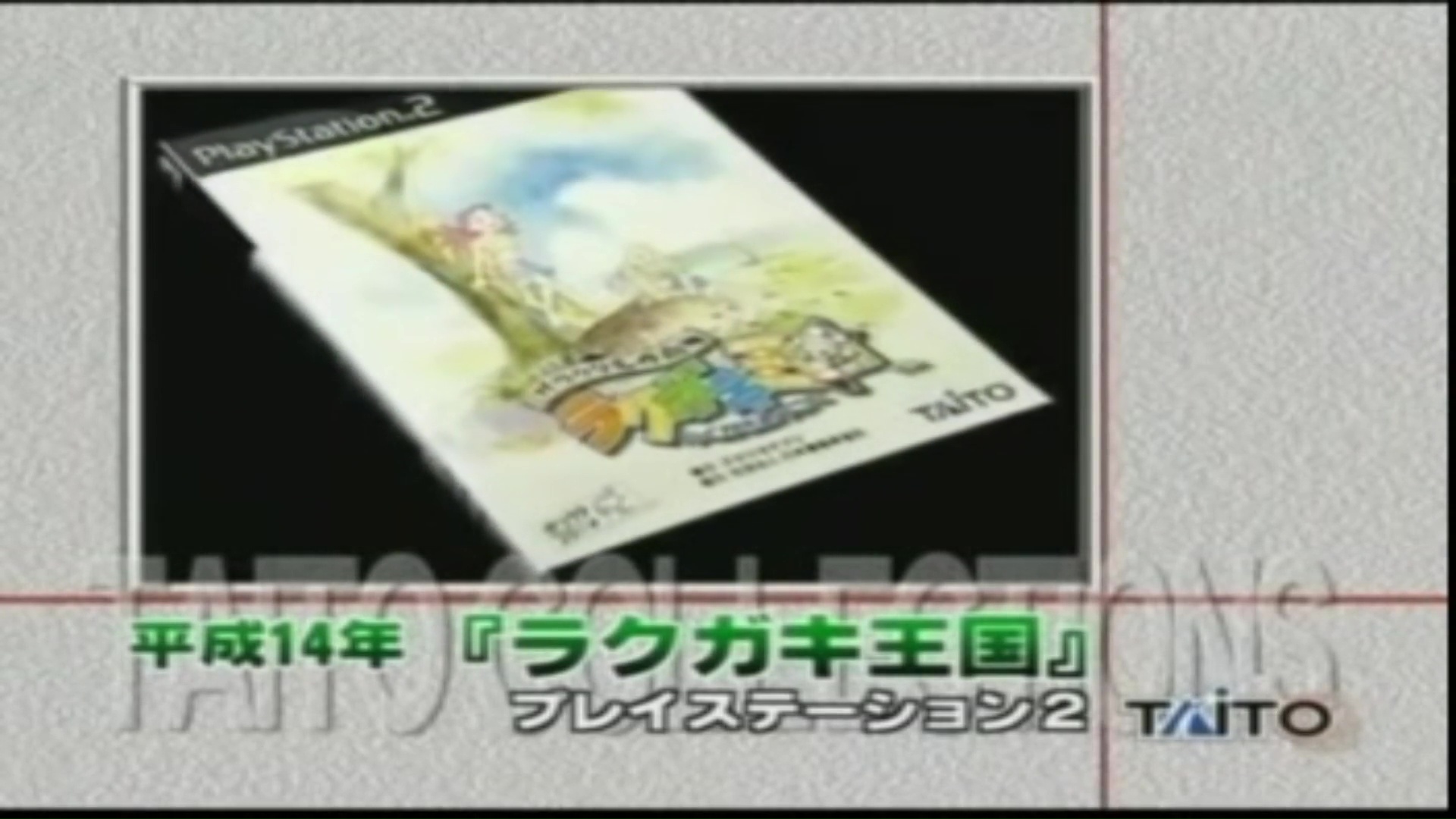
The rakugaki, drawn by the main character, becomes a 3D character and the story progresses.
My Neighbor Totoro’s animation director also participates as art director.
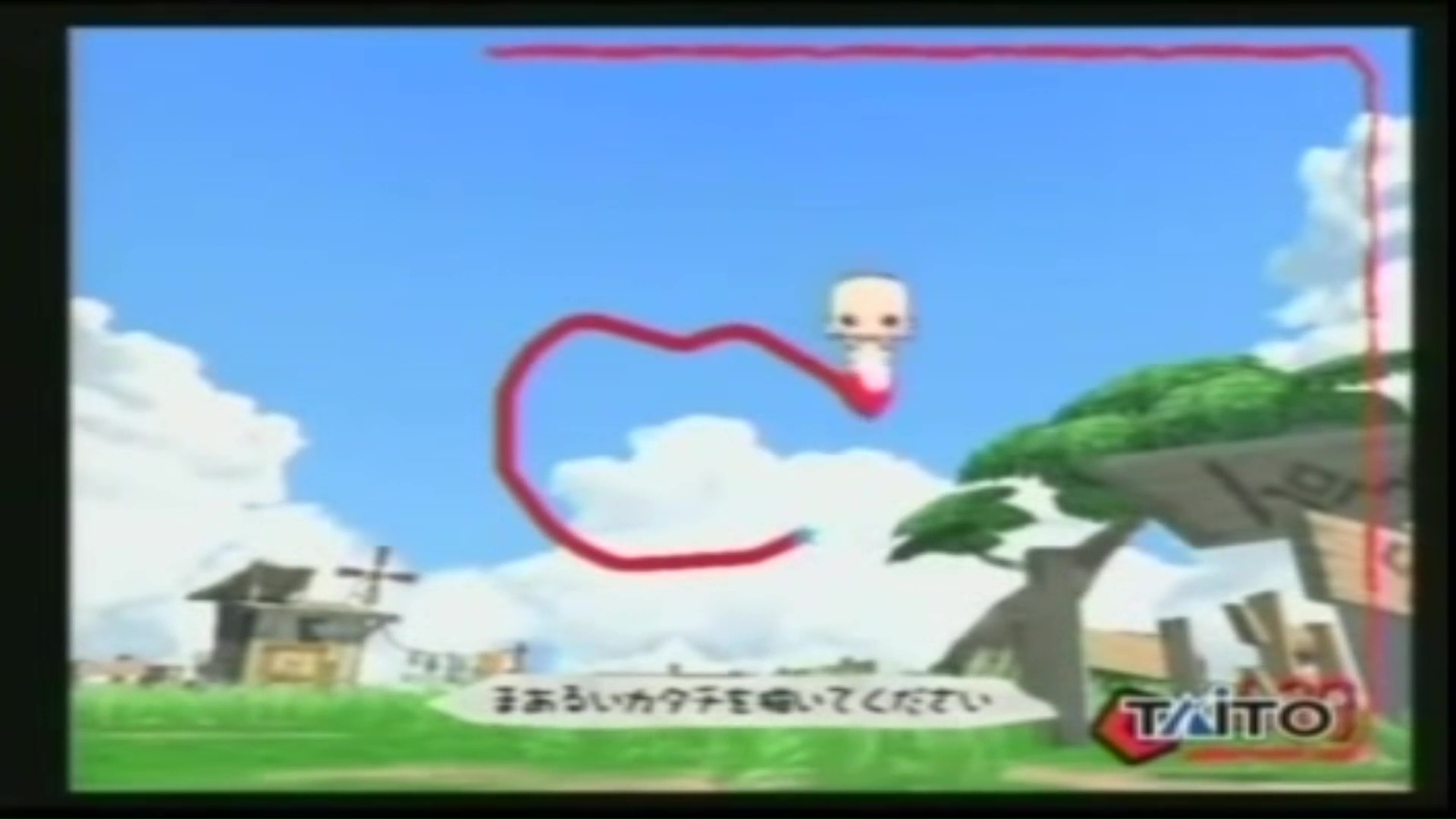
2003: “Buji Street” Playstation 2
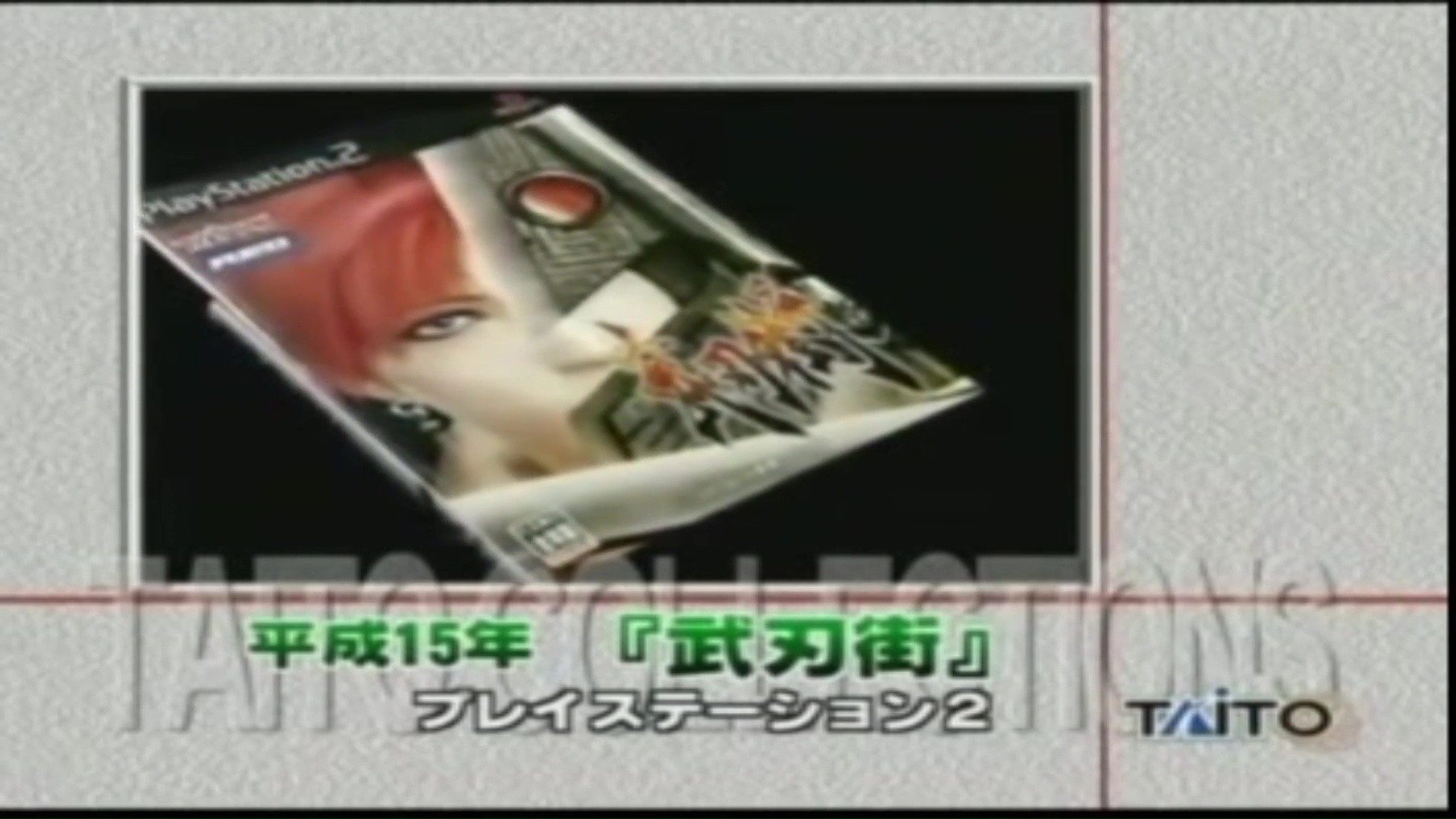
This is a new 3D action game based on the theme of martial arts in Hong Kong movies.
The main character is played by GACKT, and the game features fast and flamboyant action.
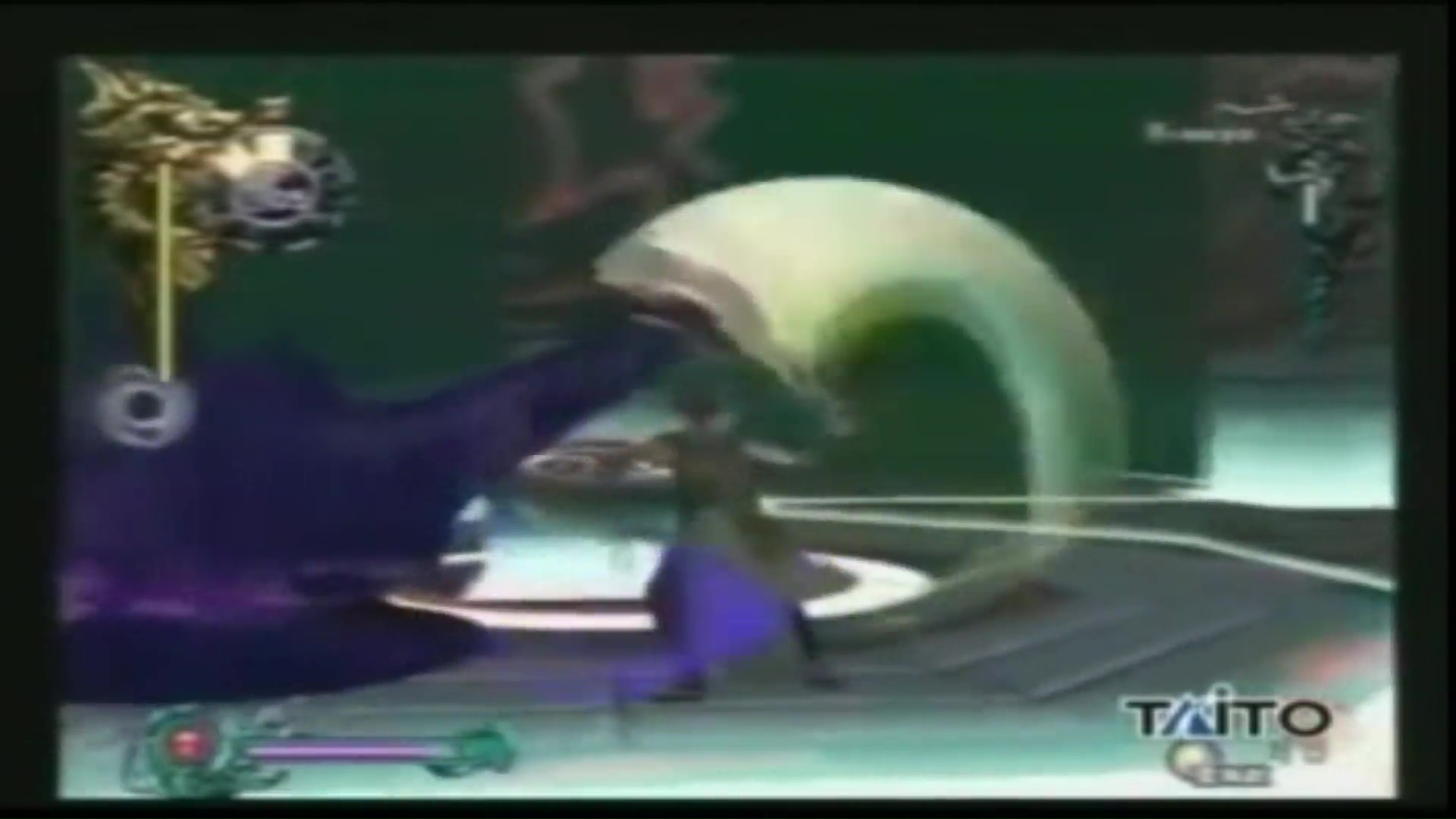
2003 “Let’s run a marathon with Naoko Takahashi! PlayStation®2
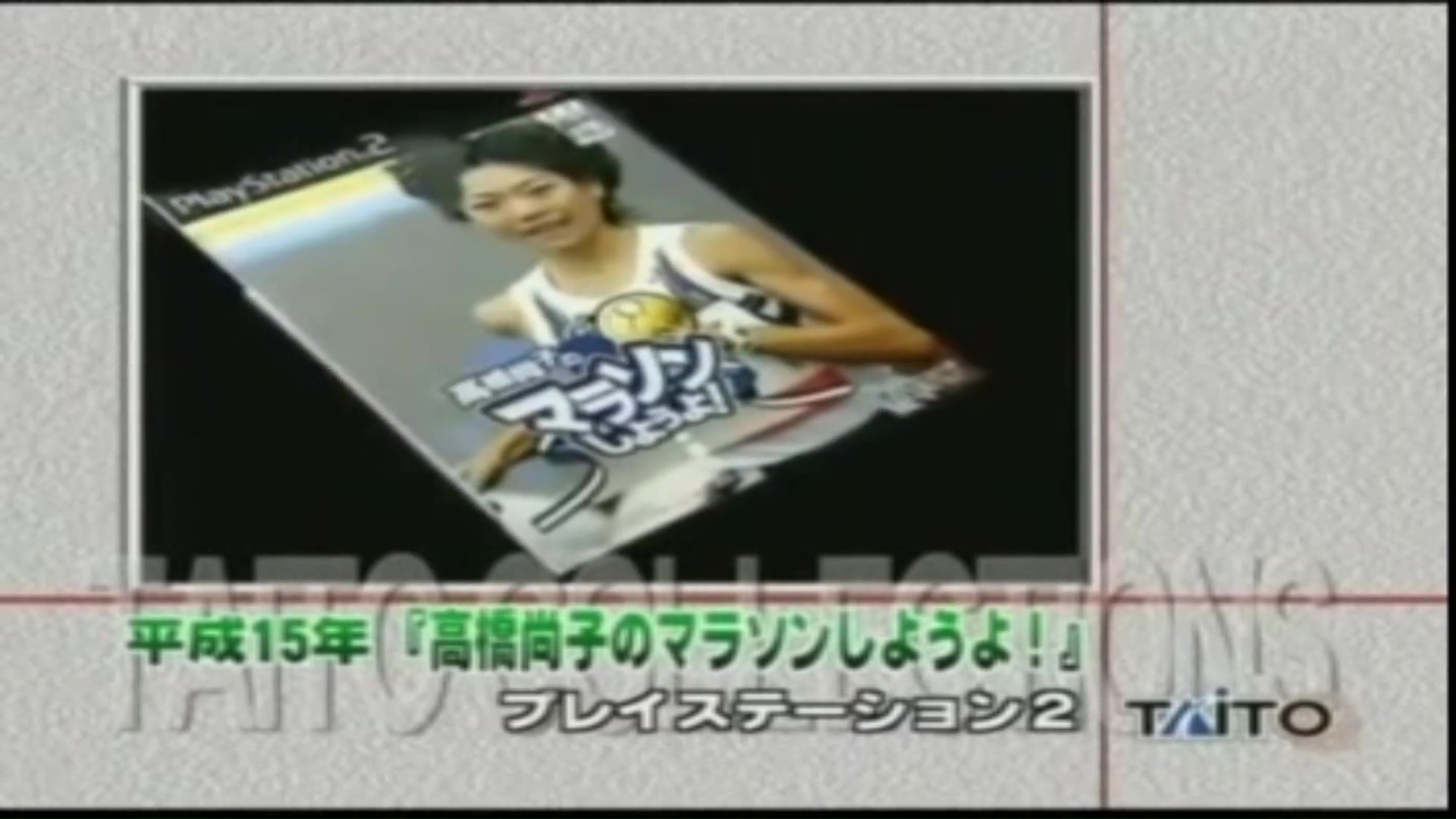
A simulation game featuring marathon runner Naoko Takahashi and coach Koide under their real names.
The player becomes the owner and athletic director of a professional sports club and trains the strongest female marathoners.
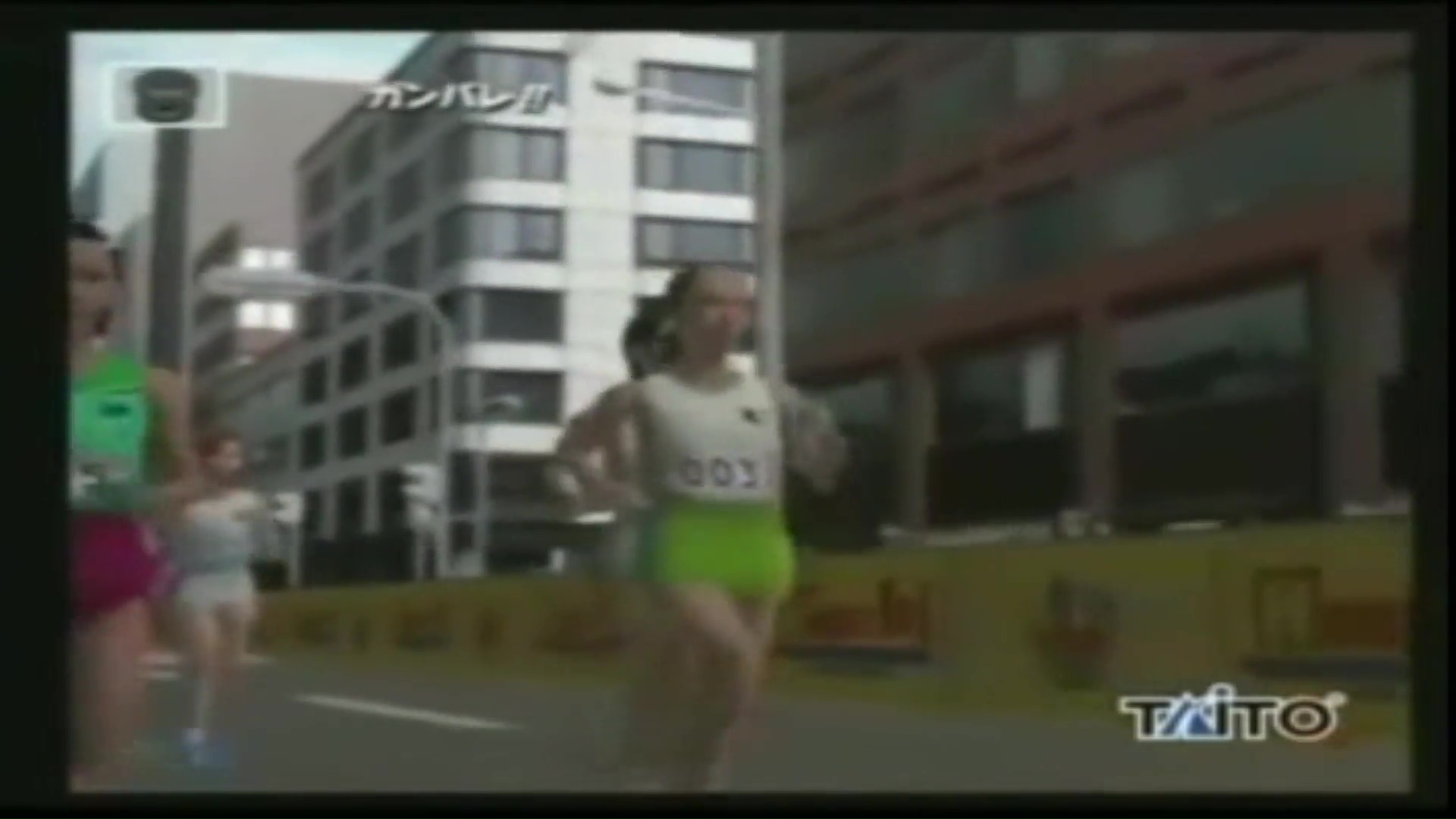
Creator Quotes
The creators featured on the show have a different way of thinking from the general public to begin with.
Listening to their stories will help you in many ways.
Wise words from Tomohiro Nishikado
A game is fun to make.
Quotes from Akira Saito
It is the stuff of dreams.
How to watch the video?
Game Center CX’s first Takeshi’s Challenge is included in the following video productions.
It’s also included in the DVD rental version.
DVD/CDの宅配レンタル【TSUTAYA DISCAS】Game Center CX is also available on FOD.
Click here to watch all the videos on Fuji TV
Arino’s summary

Taito is an amazing company.
Even after 25 years, that’s still a space monster, so I’m not loving it! He’s a wonderful person to be able to say out loud, “I’m a wonderful person.
And the guy who made Takeshi’s Challenge is gone, because it’s a fucking game. And someone who can say, “You know, it’s a fucking game.
I thought it was great that the company thought it was okay to release a lot of rejected works as long as they eventually made a million dollars.
If he was a comedian, he’d be off the board immediately.



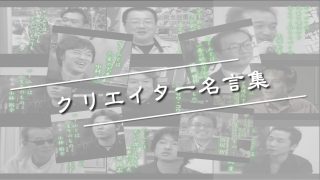
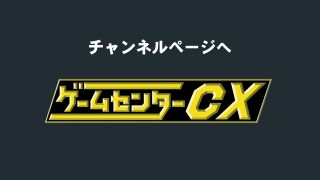


コメント